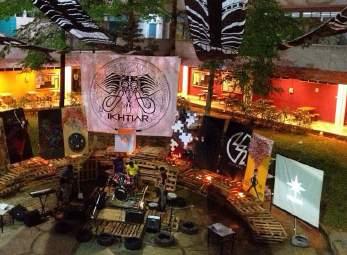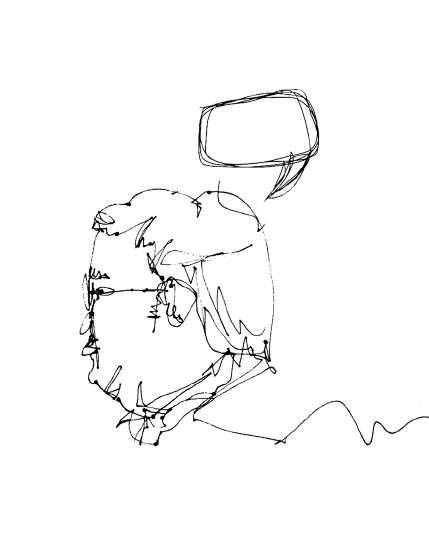

Agenda_
Curriculum Vitae
About, Education, Skills, Professional experience, Awards&competition, Workshop&exhibition
Professional Works
Architectural Assistant (Part II)
SMS Architecture - sept2022-dec2023
Architectural Assistant (Part I)
Unit One Design - march2016-feb0218
Urban Catalyst Architecture - jan2019-july2020
Student Works
Master of Architecture (Part II)
Manchester School of Architecture - sept2020-july2022
Bsc Architecture Hons (Part I)
Universiti Teknologi MARA UiTM - sept2011-july2015
Miscellaneous
Installation, Events, Featured, Model making, Site visit, Construction
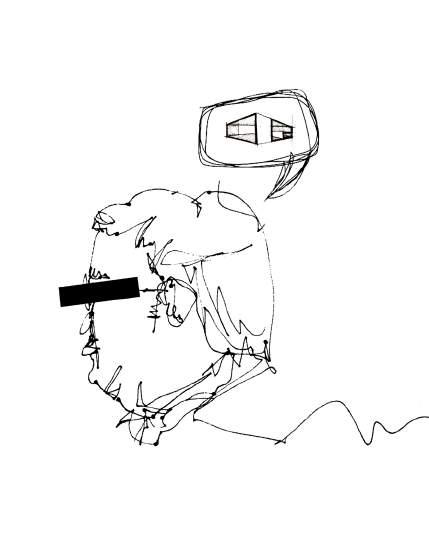
Design Portfolio by_ hereby declare that the curriculum vitae and portfolio to which it refers are the product of my own work and that any ideas or quotations from the work of other people, published or otherwise are fully acknowledge in accordance with the standard academic practices
Ifwat Zunaidi
Curriculum Vitae
Education
Manchester School of Architecture - sept2020-july2022
Universiti Teknologi MARA UiTM - sept2011-july2015
Sekolah Sultan Alam Shah - 2006-2010
Professional Experience
SMS Architecture - sept2022-jan2024
+ Drafting
More than 100+ Building Planning and Regulation Plans
Urban Catalyst Architecture - jan2019-july2020
+Architecture & Interior
Empire City Damansara (Zone 7, Zone2 & Plot 8)
Unit One Design - march2016-feb0218
+ Drafting
Tamarind Square, Cyberjaya / Kepong Mixed, Selangor / Kapas Multi-residential, Jalan Kapas / Nadia’s House, P. Jaya/ ISOLA Tower
+ Design, Conceptual & Schematics
Chelagi House, Kuala Lumpur / Tamarind Wayfinding, Cyberjaya / YTL Sentul Raya, Kuala Lumpur / Yong’s House, Kuala Lumpur
Awards & Competition
Study
Invention Innovation Design, IID Competition, Silver Award / Student exhibition, PAM Student Annual Exhibition, First Prize / Model Competition, PAM Student Annual Exhibition, First Prize / Installation, 25th Architectural Workshop, Dualisma, First Prize / Recipient of Dean’s List
Work
Setia Haruman Cyberjaya Masterplan, Participant / KAF HQ Tower, Participant / KSK Multipurpose Residentail, Participant
I majored in architectural design, have been practicing various design issues in both work and study. Also, I have been working as assistant architect (Part 1&2)and participating in a few design workshop, hoping to broaden my learning experiences.
However, I’ve always been interested in photography and graphic design field and do freelancing jobs aside from school, taking every chance to make my clients see the value of design and to establish connections.
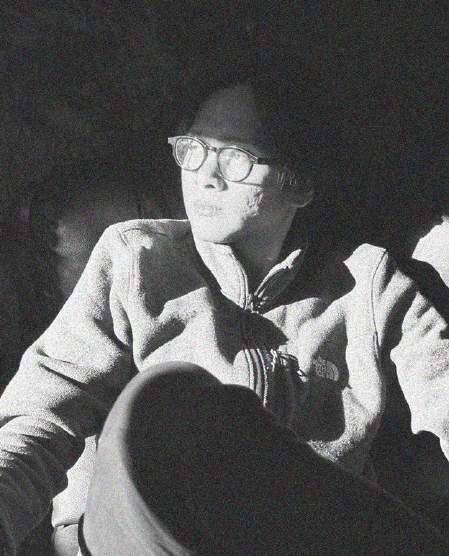
Skills_
(3/5)
(3/5) Lumion (3/5)
Autodesk revit (1/5)
Advances in microsoft software (4/5)
Selected Projects & Works_
(c) 2023 All right reserved _ sept2011-dec2023
Professional Works
Bsc
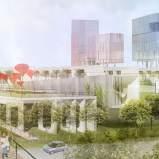
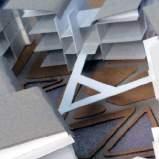
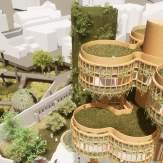
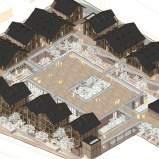
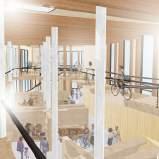
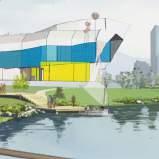

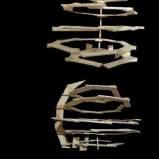
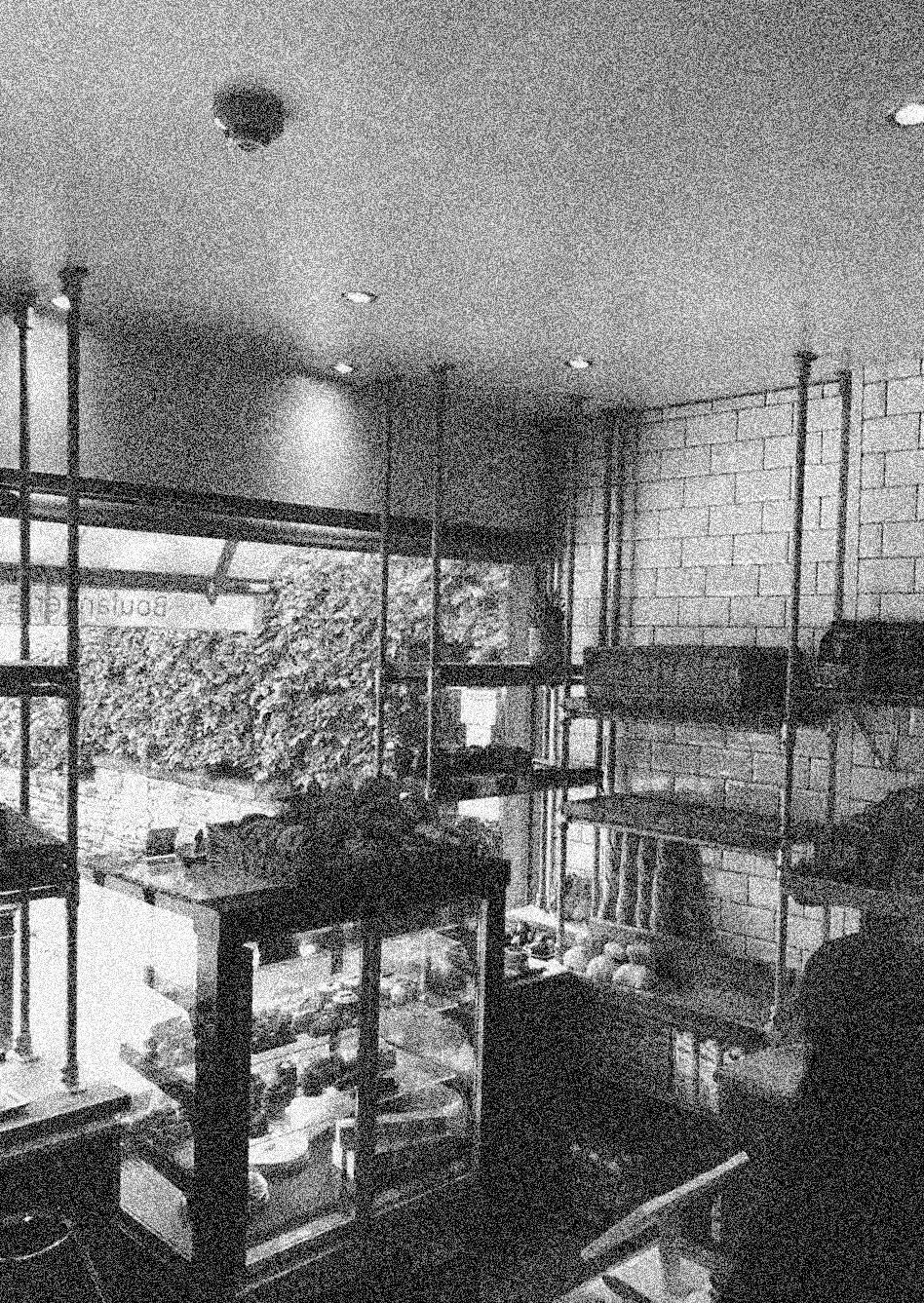
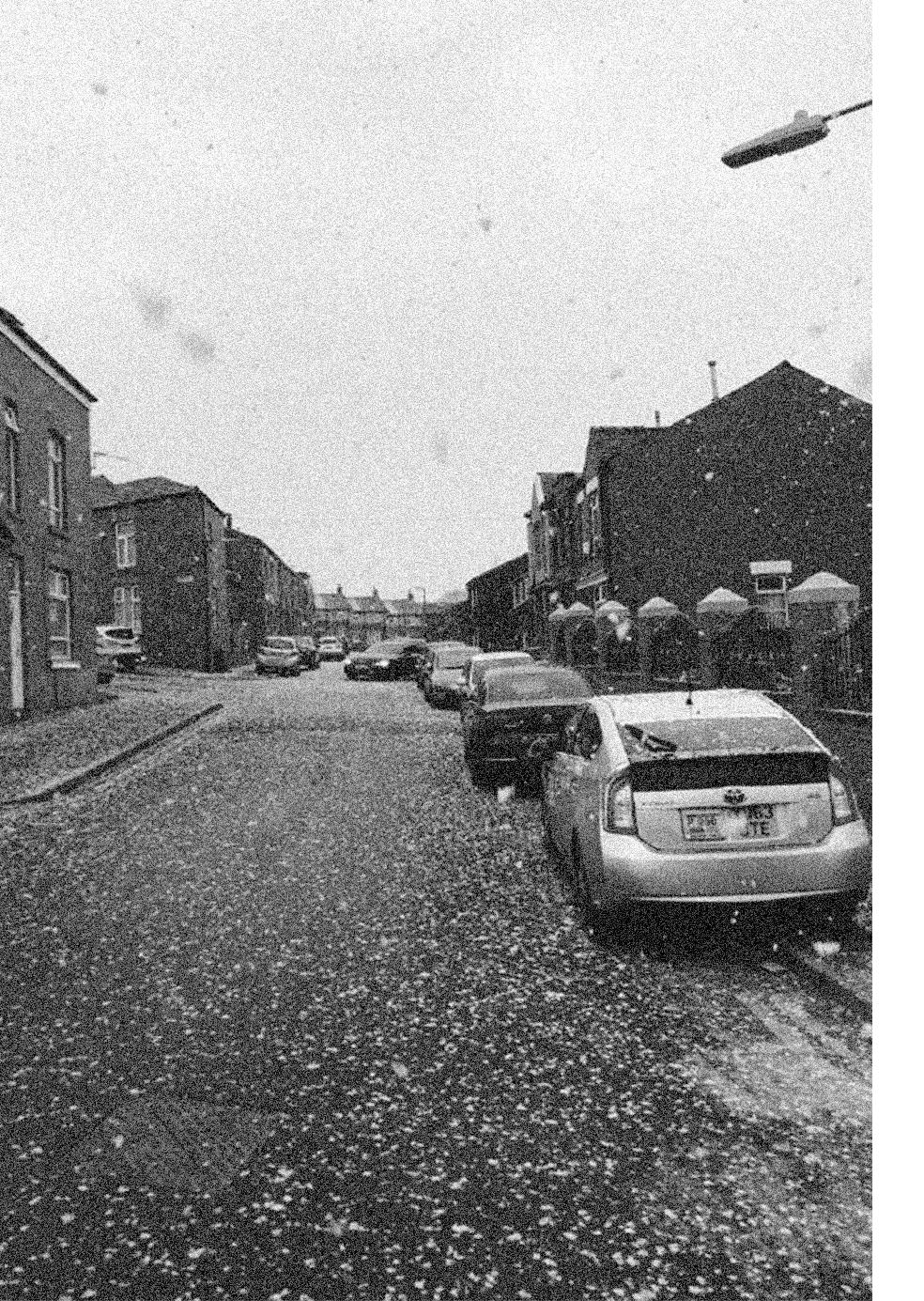
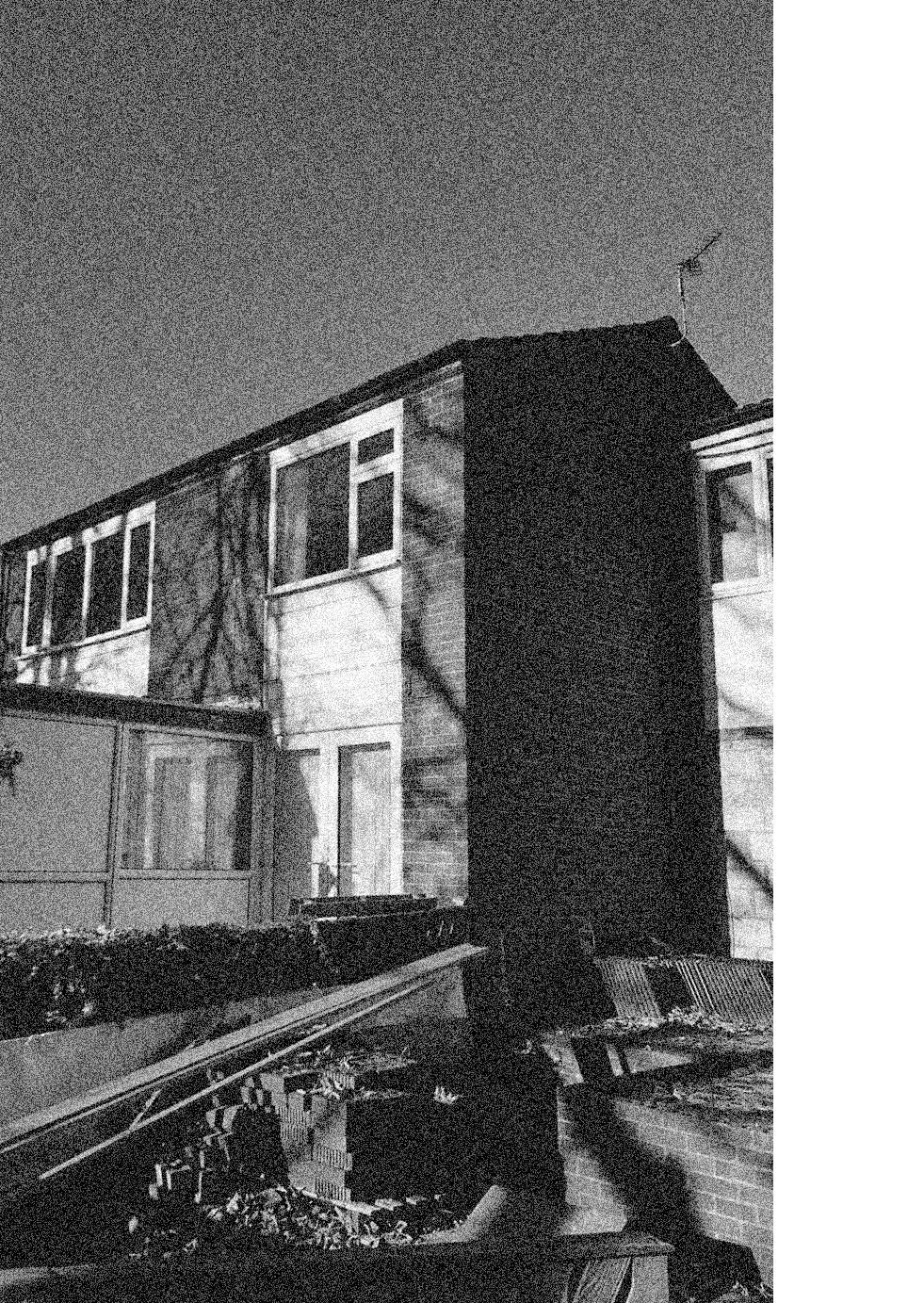
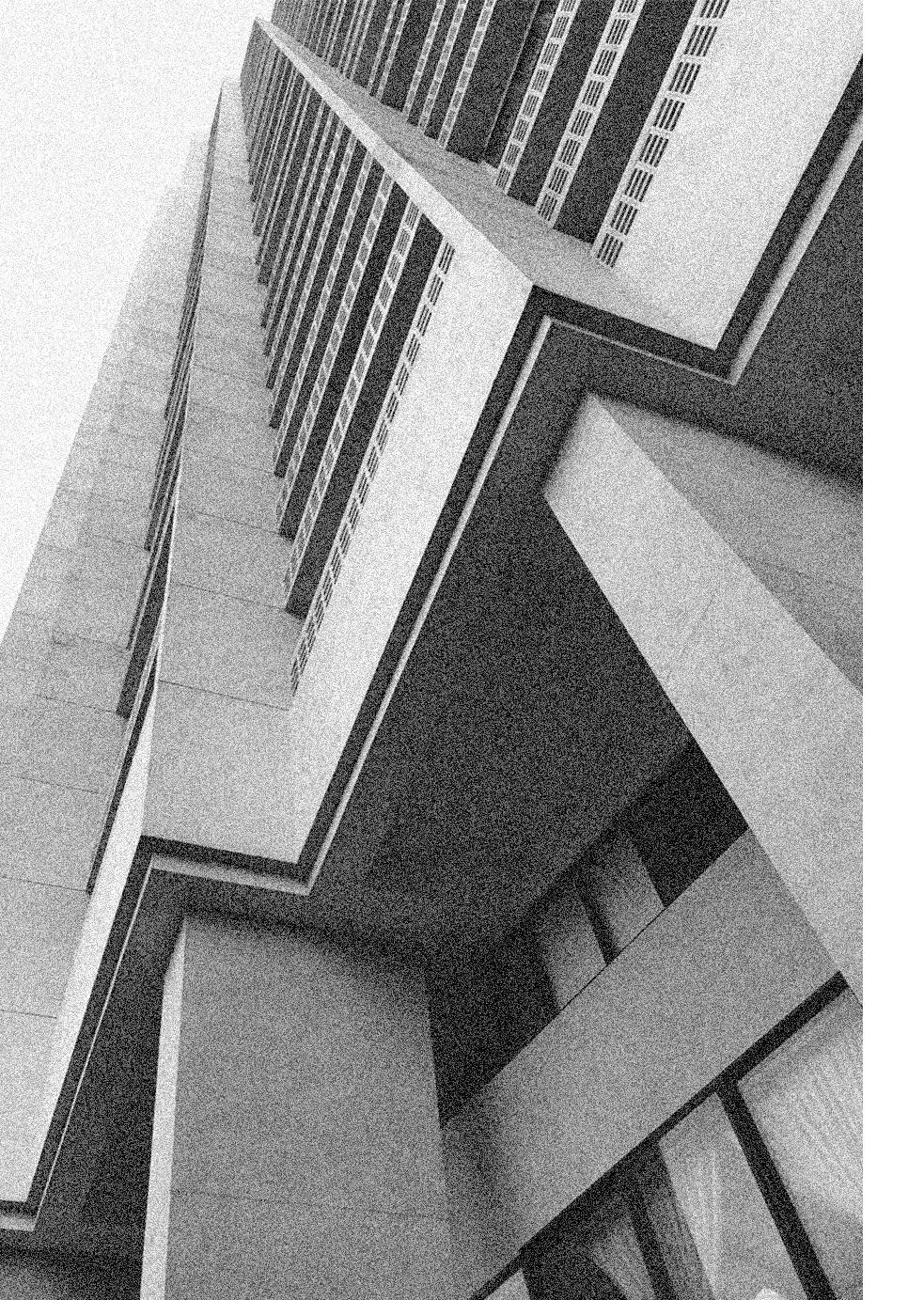
WorksProfessional
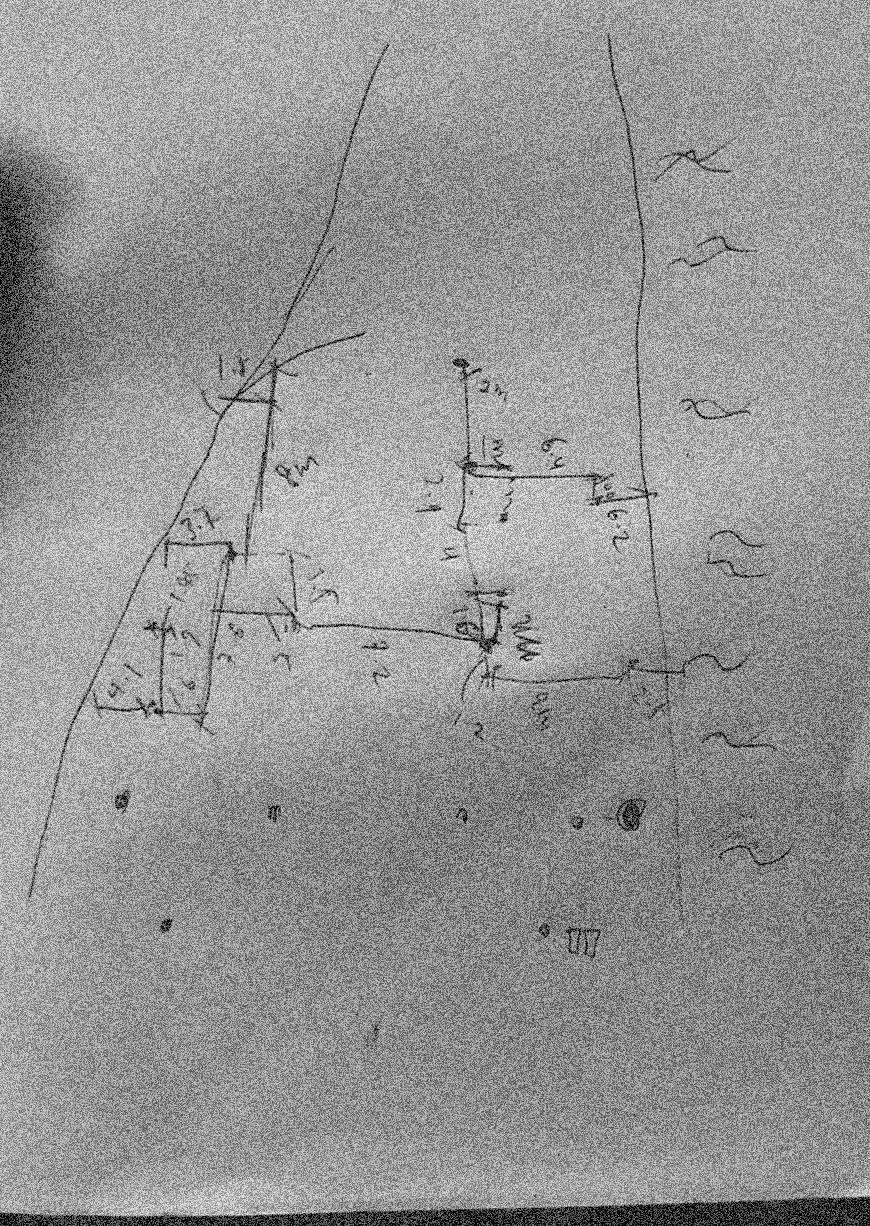
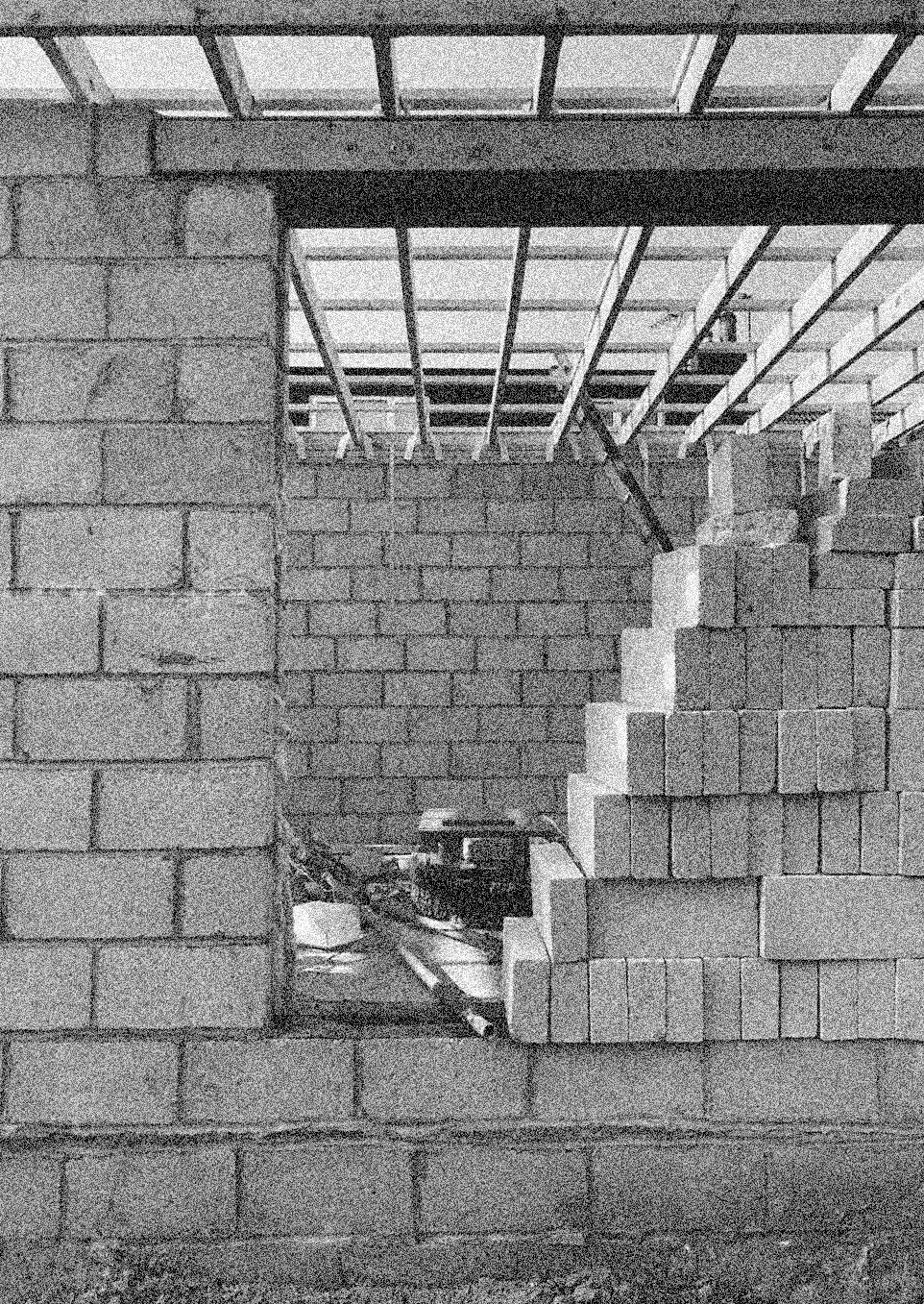
Plot 17
Architecture (Masterplanning)
I had the opportunity to collaborate on a group project focused on developing an urban masterplan encompassing landscape and residential design. Our task spanned from envisioning landed developments to conceptualizing high-rise residential houses and towers. Throughout our discussions, our team aimed to devise imaginative, elegant, and practical solutions that addressed the diverse facets of our local residential landscape. Employing a holistic approach, we delved into the intricacies of the project, resolving challenges while uncovering hidden opportunities within the site that would enhance the value of the final product. This experience not only honed our design skills but also fostered a deeper understanding of the complexities inherent in urban planning and development.
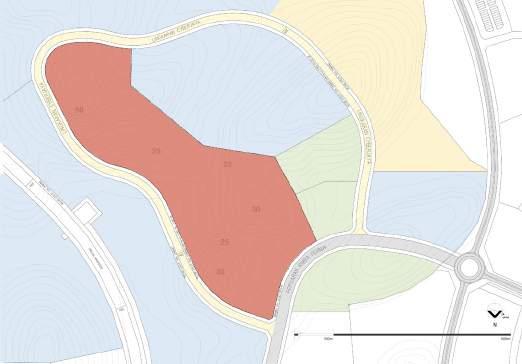
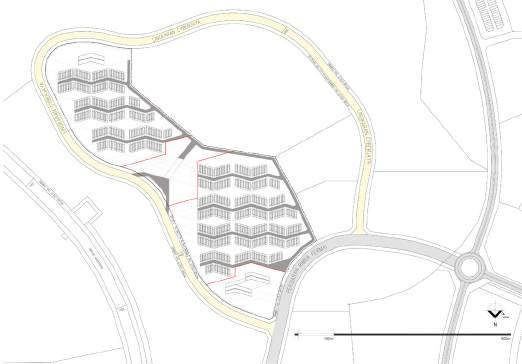
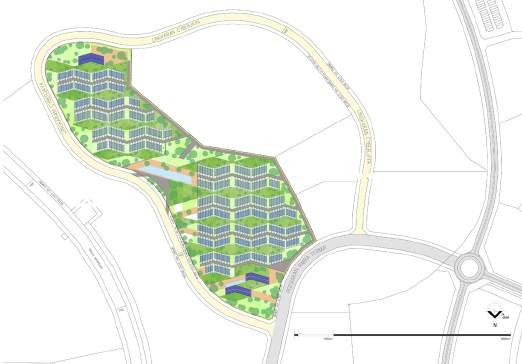

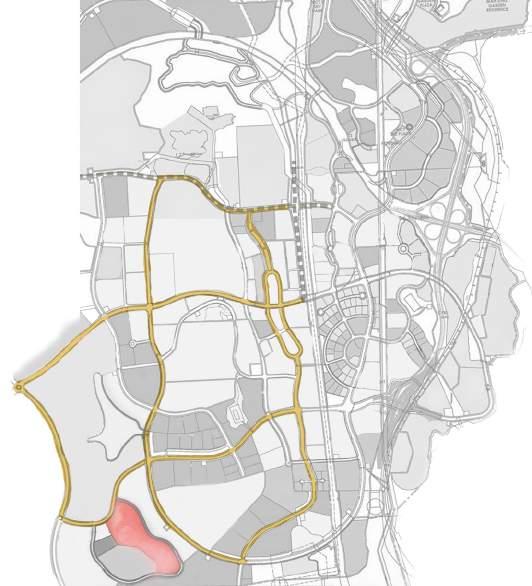
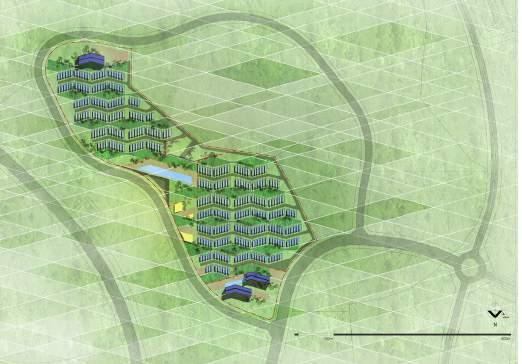

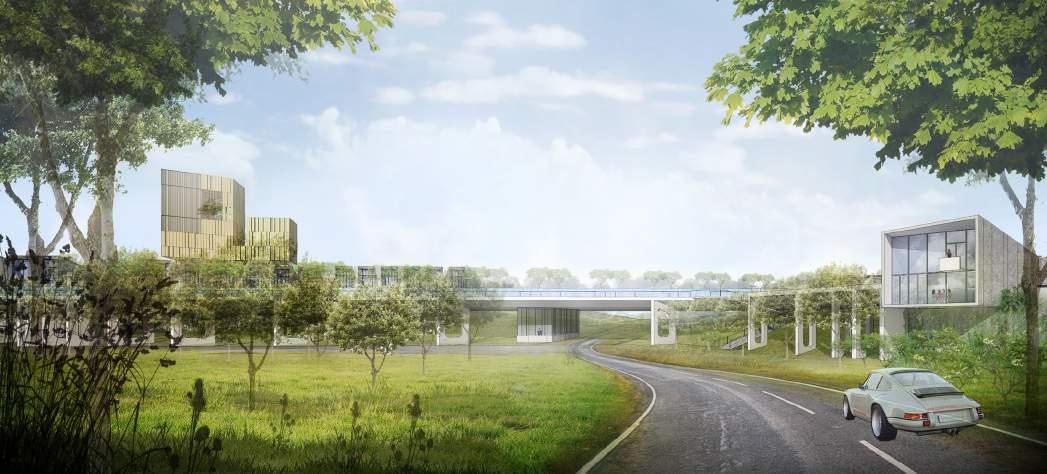
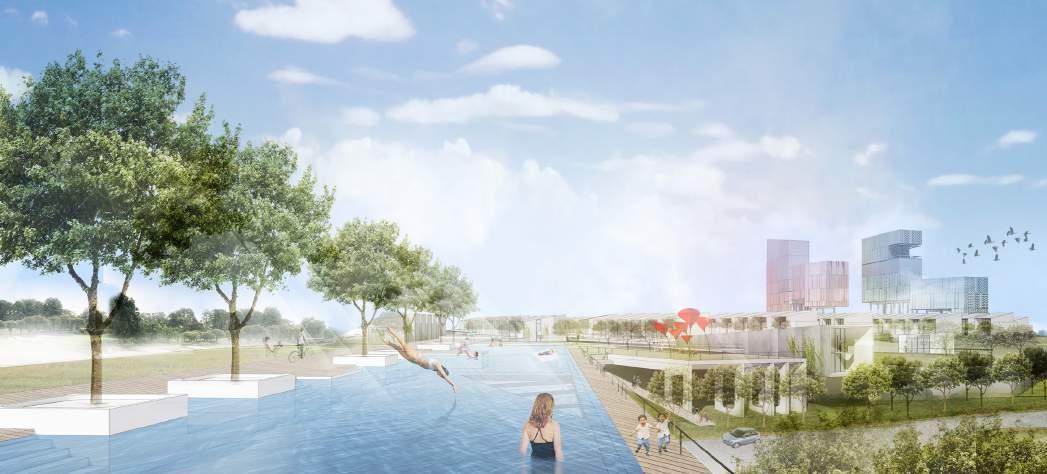
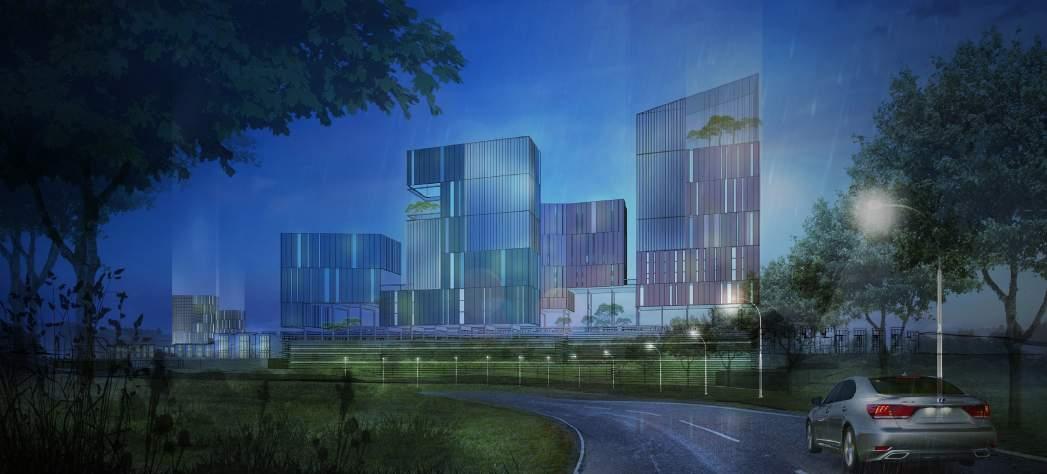
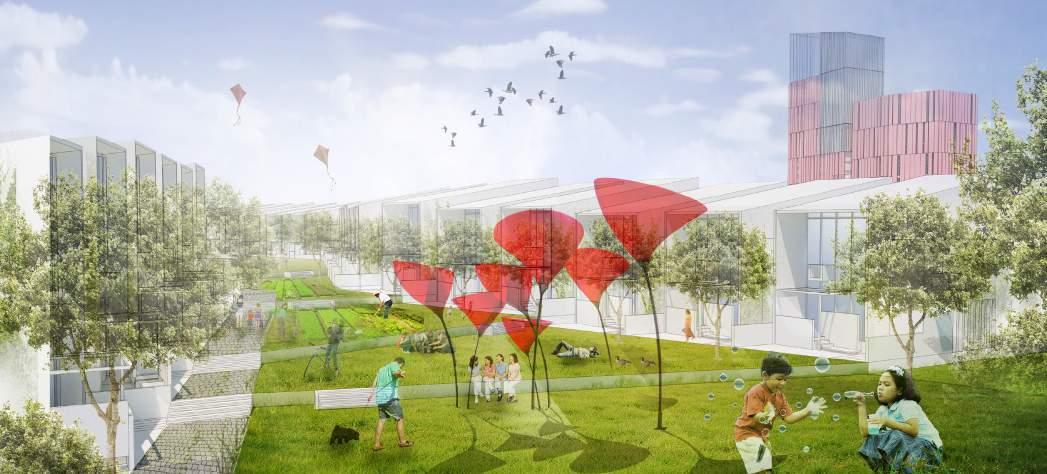

KSK Building
Architecture (Design & Schematics)
This project is about transforming an empty plot of land nestled within the bustling heart of a city center into a multi-story residential tower adorned with a vibrant retail complex at its base is a testament to urban ingenuity and forward-thinking urban planning. This metamorphosis not only revitalizes the vacant space but also breathes new life into the surrounding area, injecting it with a sense of dynamism and modernity. The towering structure serves as a beacon of architectural innovation, seamlessly blending contemporary design with the existing urban landscape. At ground level, the retail complex offers a diverse array of amenities, from boutique shops to trendy cafes, creating a vibrant hub where residents and visitors alike can converge and interact. This fusion of residential and commercial spaces fosters a sense of community while also catering to the diverse needs of city dwellers. As the sun sets, the illuminated tower stands as a striking symbol of progress and transformation, forever altering the skyline and enriching the urban fabric with its unique presence.
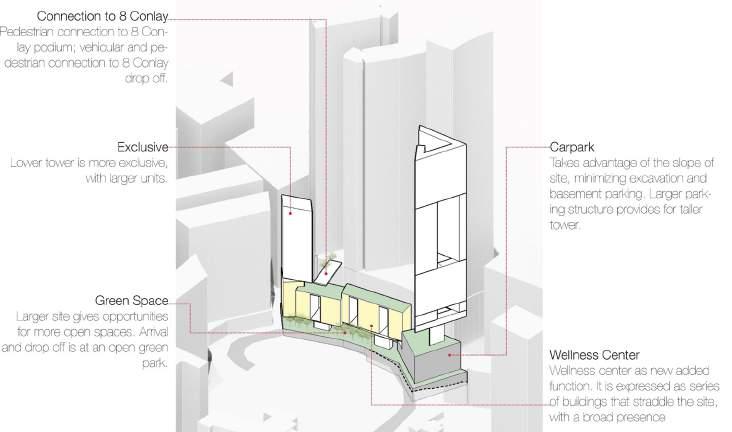
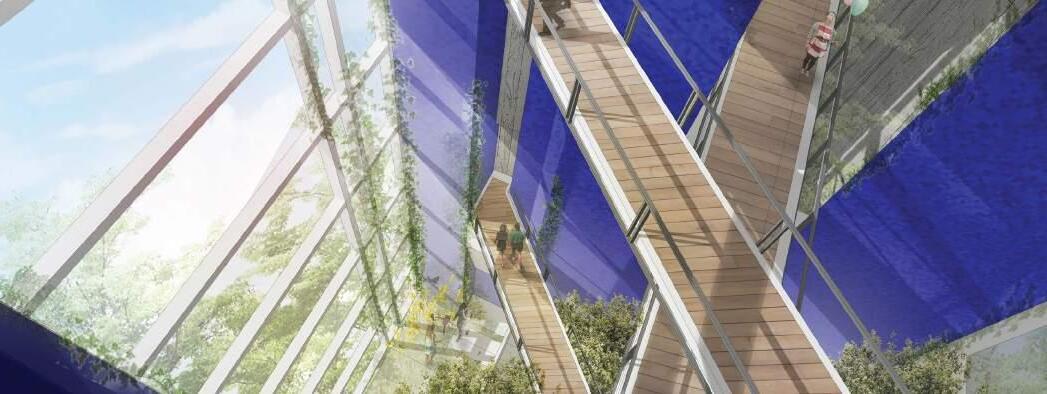
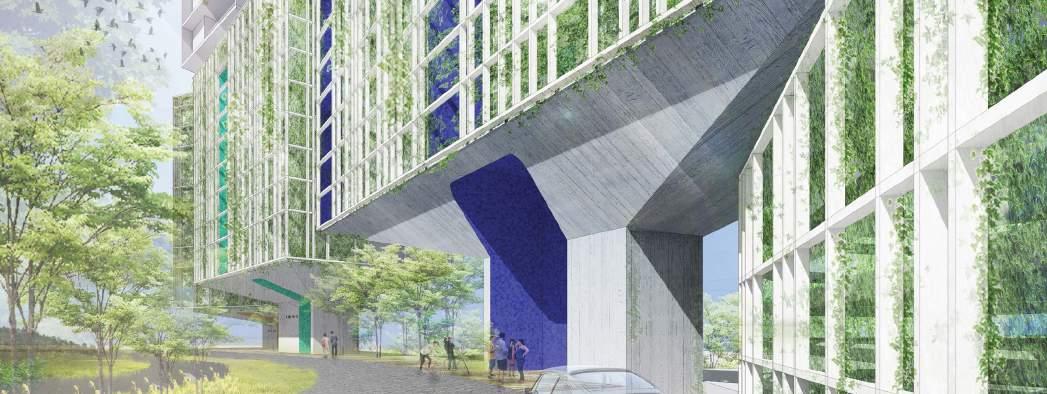
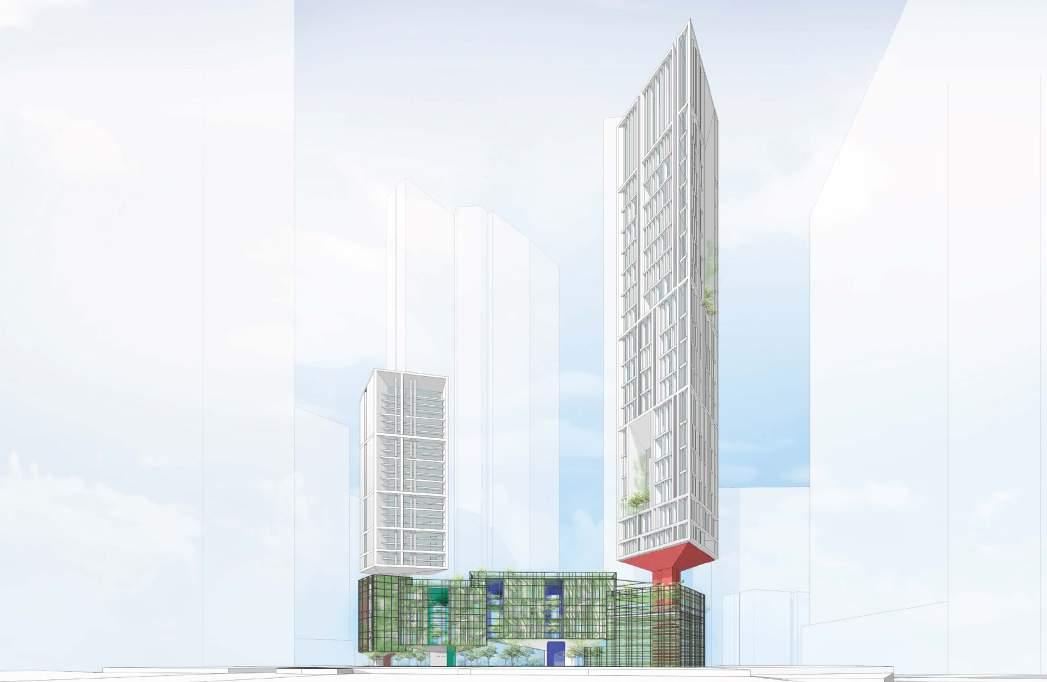
YTL Sentul Park
Architecture (Re-use & Conservation)
Joining an architectural and design team for the revitalization of an old abandoned train station into a bustling urban city complex has been an exhilarating journey. Collaborating with fellow creatives, we’re breathing new life into this historical landmark, infusing it with contemporary design elements. Our vision is to transform the dilapidated infrastructure into a vibrant space where the echoes of the past harmonize with the aspirations of the future. Through meticulous planning, former platforms become trendy cafes and bistros, while waiting areas morph into versatile event spaces hosting concerts, art exhibitions, and cultural festivals. Family-friendly zones offer playgrounds and green spaces, alongside sustainable features lfostering a dynamic, inclusive community for all ages to connect and embrace urban living. This reimagined urban hub not only preserves the heritage of the past but also fosters a dynamic, inclusive community where people of all ages can connect, create memories, and embrace the spirit of urban living

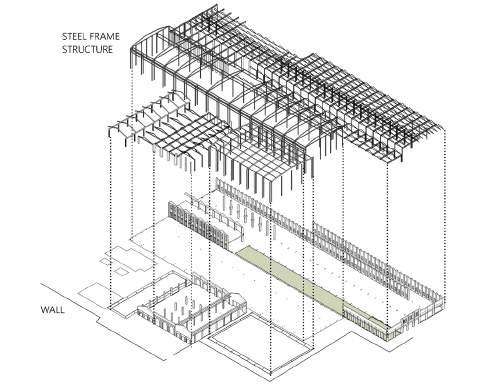
Conservations and make good
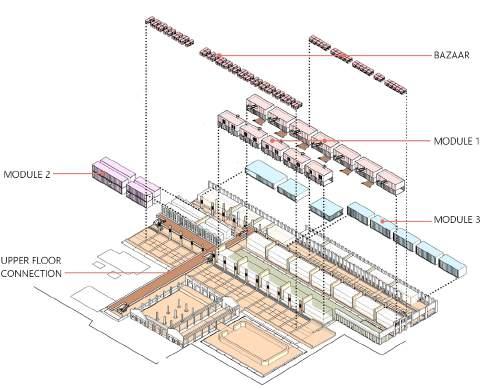
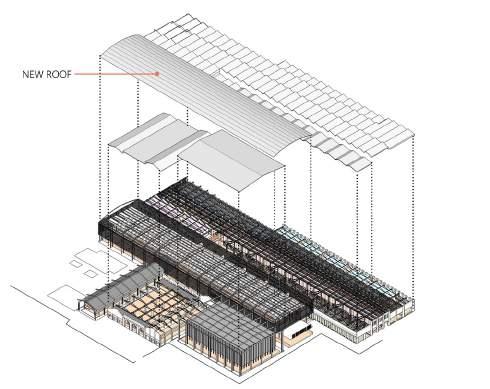
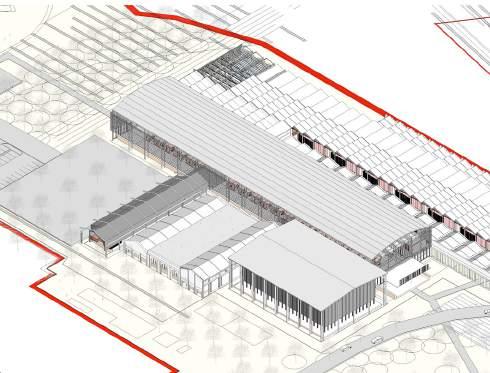
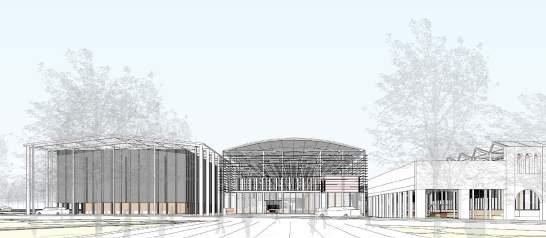
Approach to Development
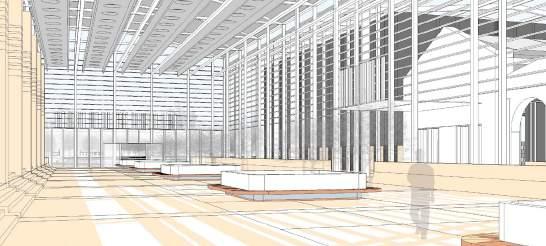
Approach to Event hall
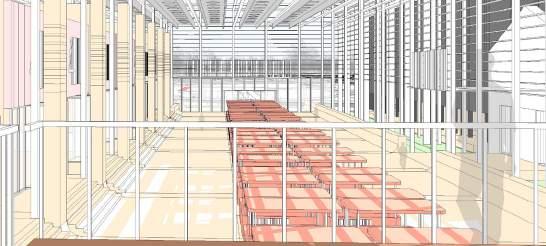
View from link bridges
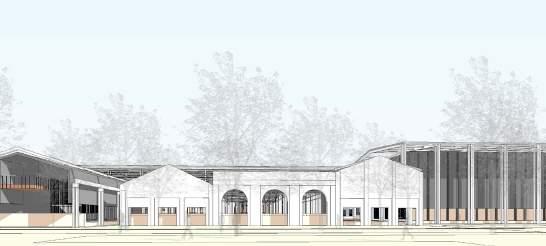
Approach from Maze garden
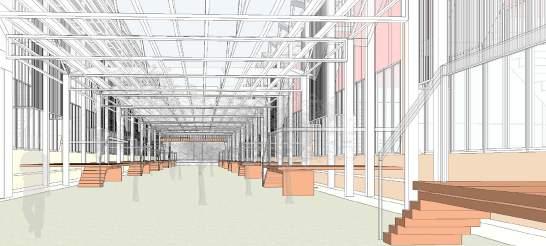
Center courtyard
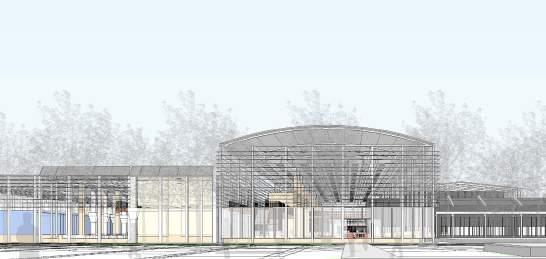
Approach from
Lorong Chelagi
Architecture (Building Planning & Applications, MY)
This endeavor focuses on the augmentation of residential areas through rooftop extensions within conservation zones, aiming to preserve the architectural integrity of buildings while creating additional living spaces. This involves crafting supplementary bedrooms, bathrooms, and outdoor terraces, thereby enhancing the functionality and aesthetics of homes. I was privileged to oversee a project from its initial stages, contributing to the development of schematics and conceptual designs, as well as preparing foundational drawings and client presentations. Throughout this process, I worked closely with my principal, benefiting from their guidance and direction while operating independently.
‘North-West’
Architecture (Building Planning & Applications, UK)
Over the course of my career, I’ve had the privilege of spearheading over 100 private residential building applications across the vibrant landscapes of the North West, with a particular focus on areas like Bolton, Manchester, and Preston. Each project has presented its own unique set of challenges, stemming from the diverse array of client needs and the intricate web of structural regulations governing construction in the UK. From bespoke architectural designs to navigating the intricacies of planning permissions, my role has demanded a delicate balance between creativity and compliance. Engaging with clients from various backgrounds has honed my ability to adapt to differing visions and requirements, ensuring that every project reflects the distinct personality and preferences of its owner.
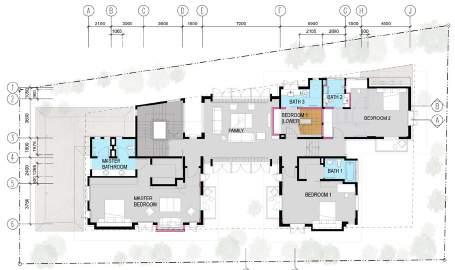
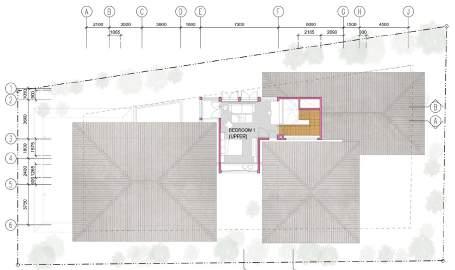
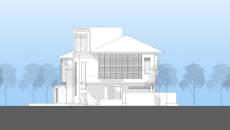
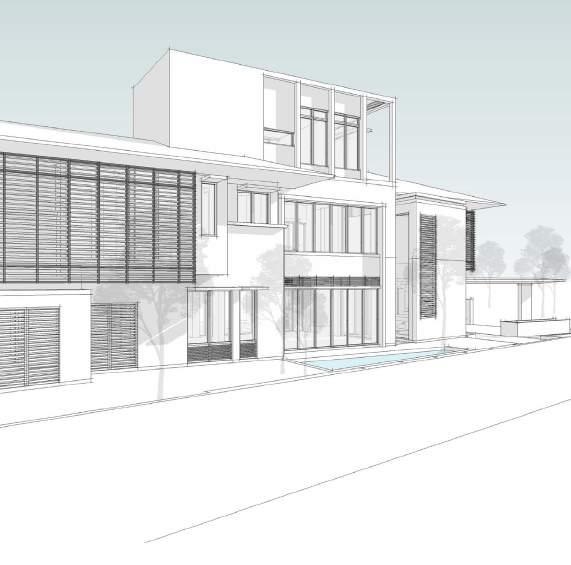
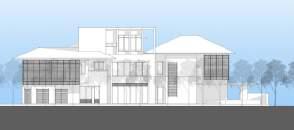
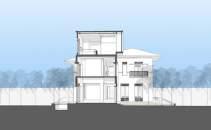
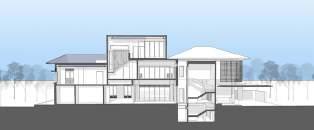
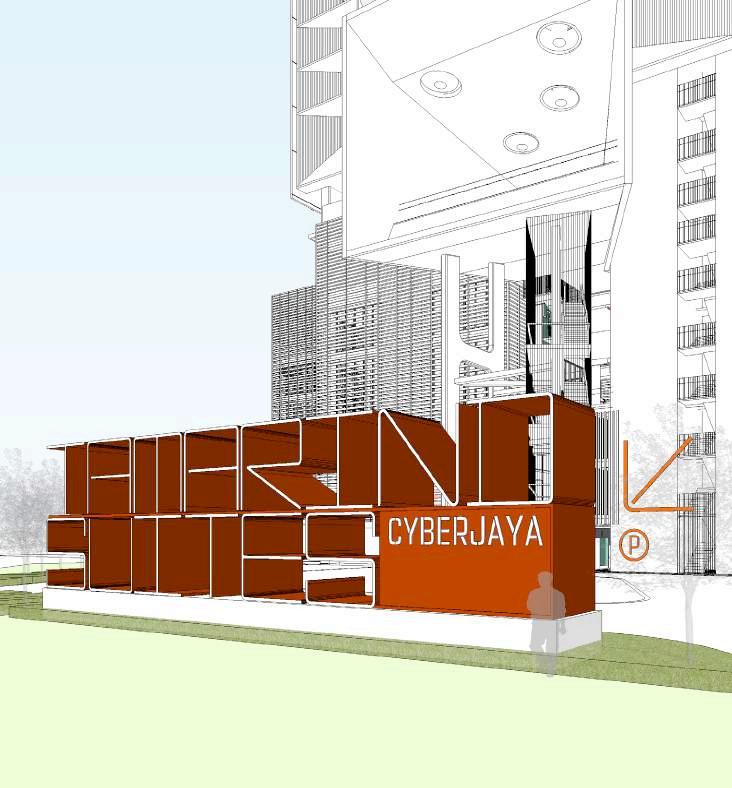
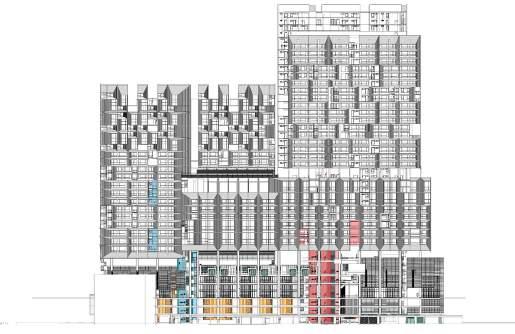
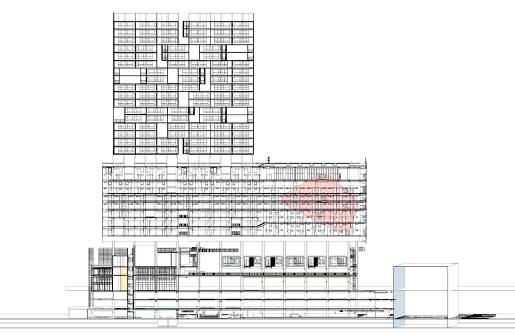

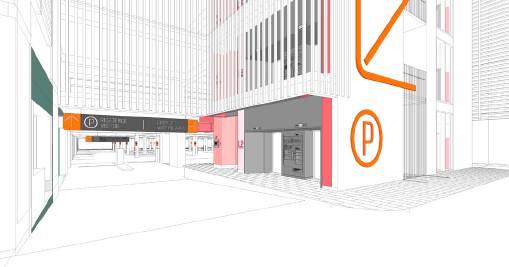


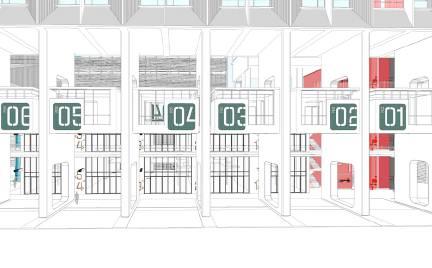

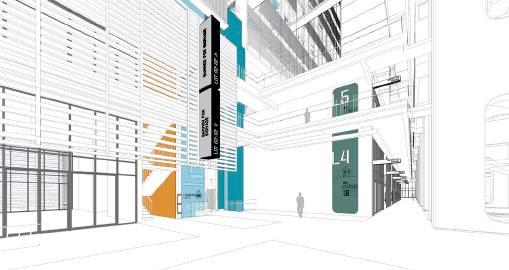
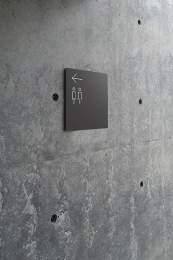



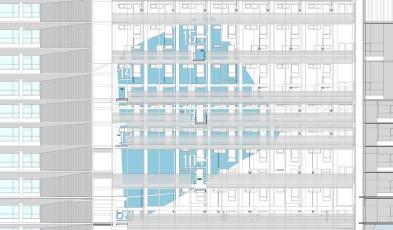

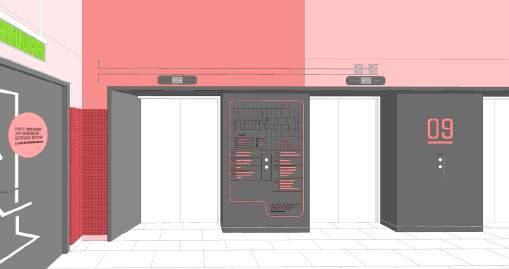

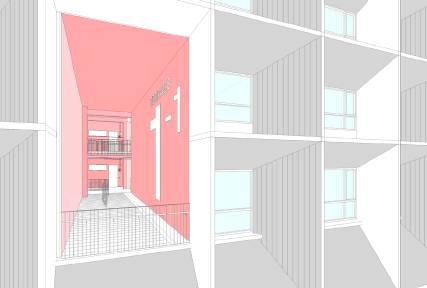

Din Tai (Southkey)Fung
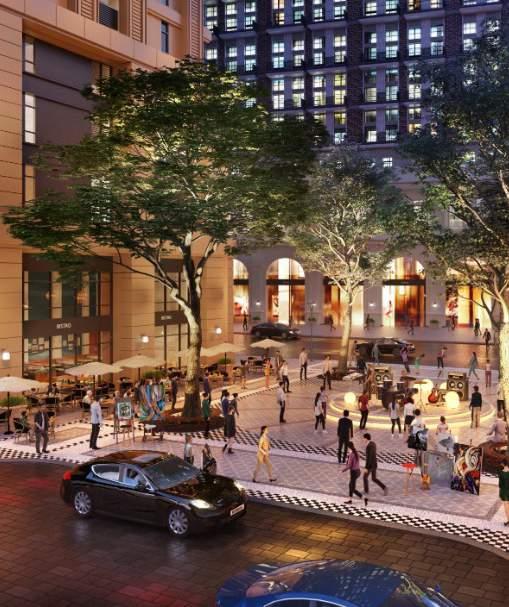

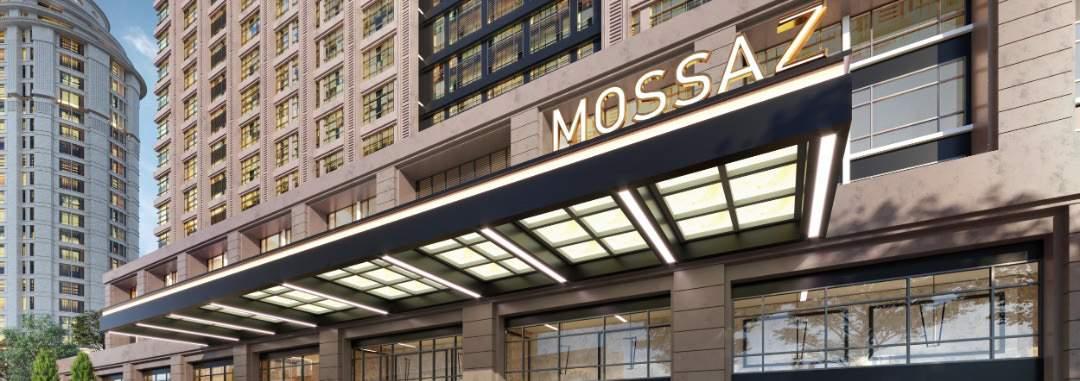

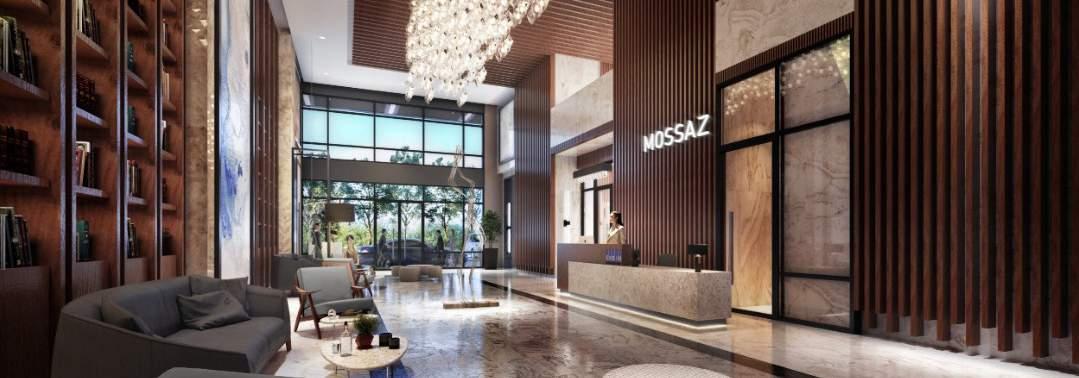
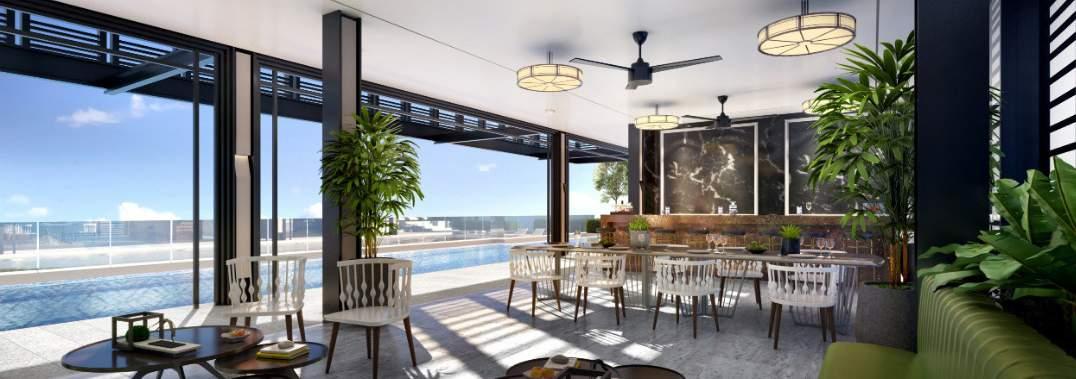


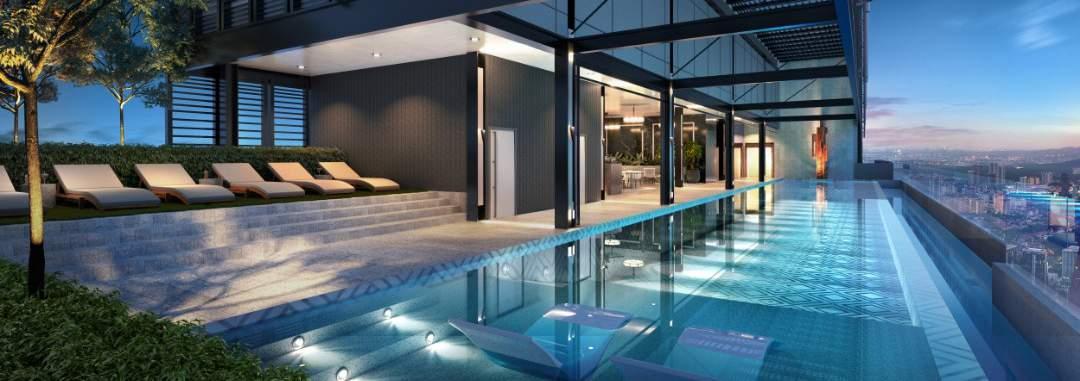


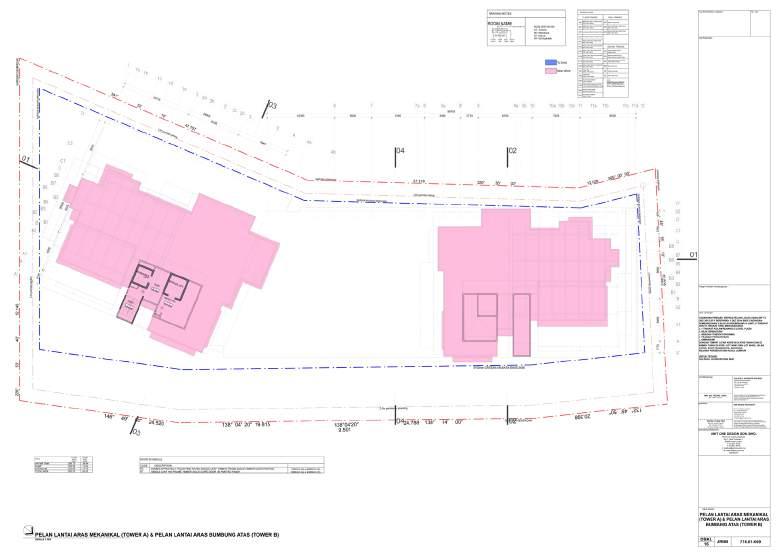
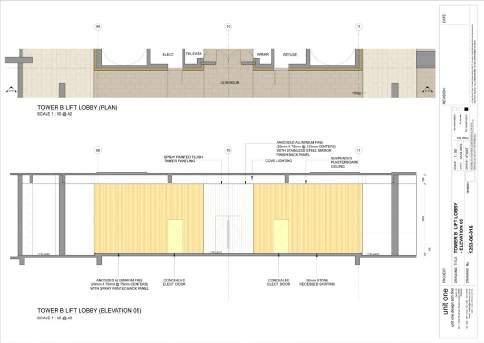
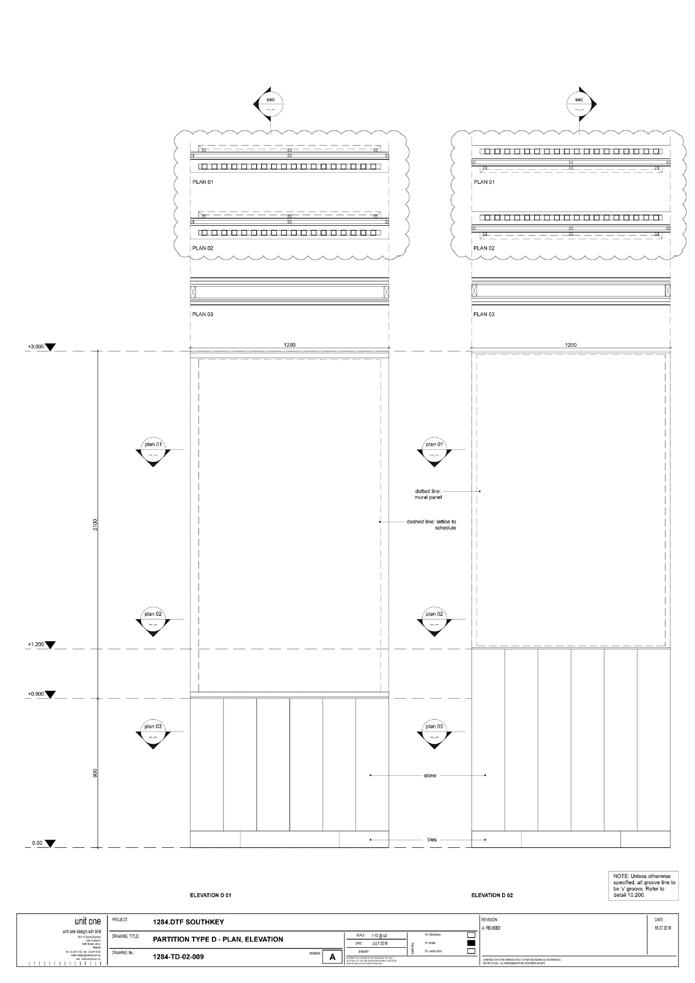
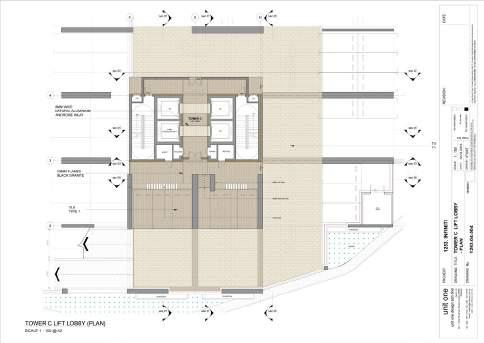
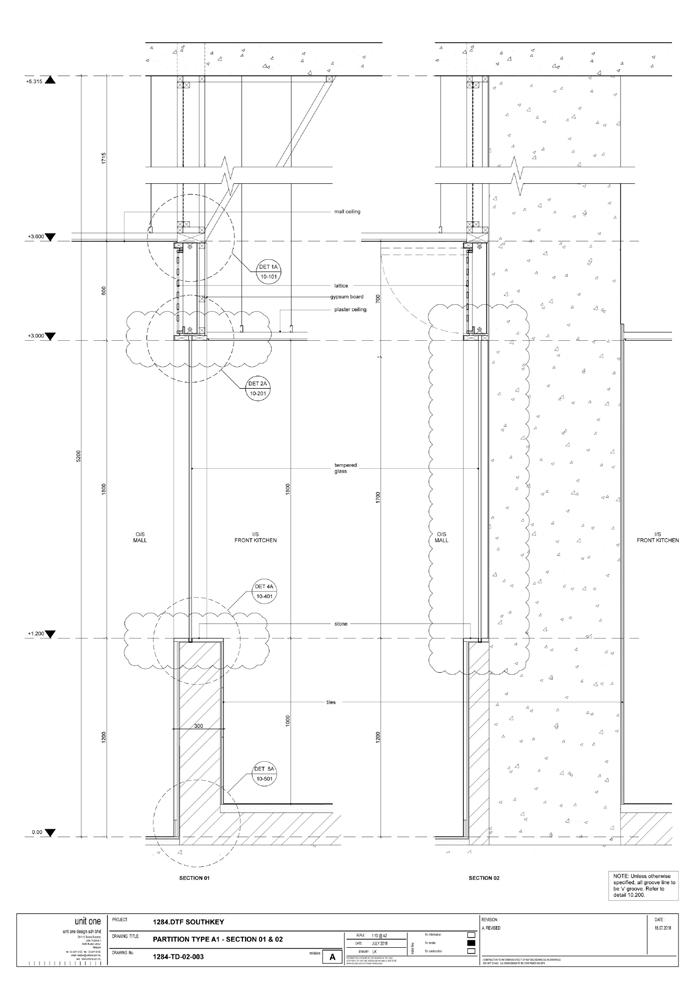
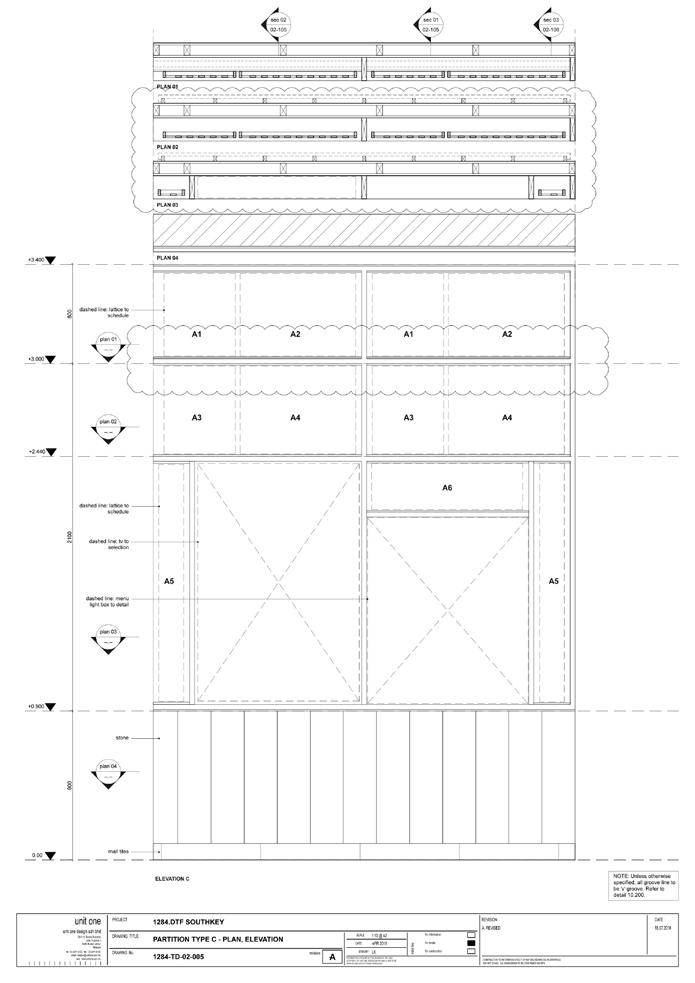
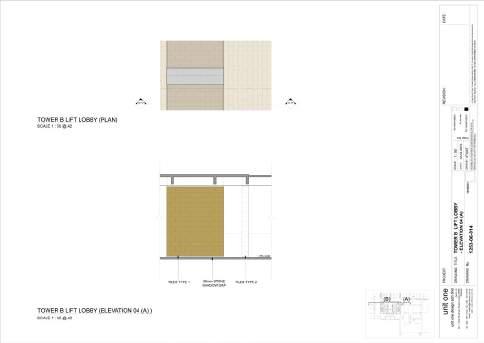
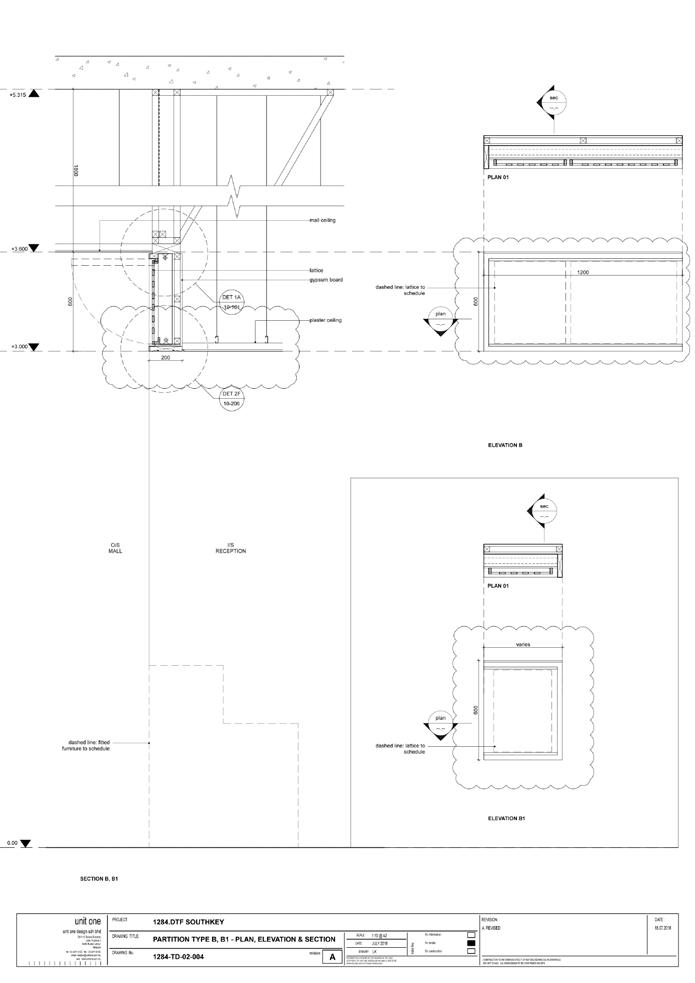
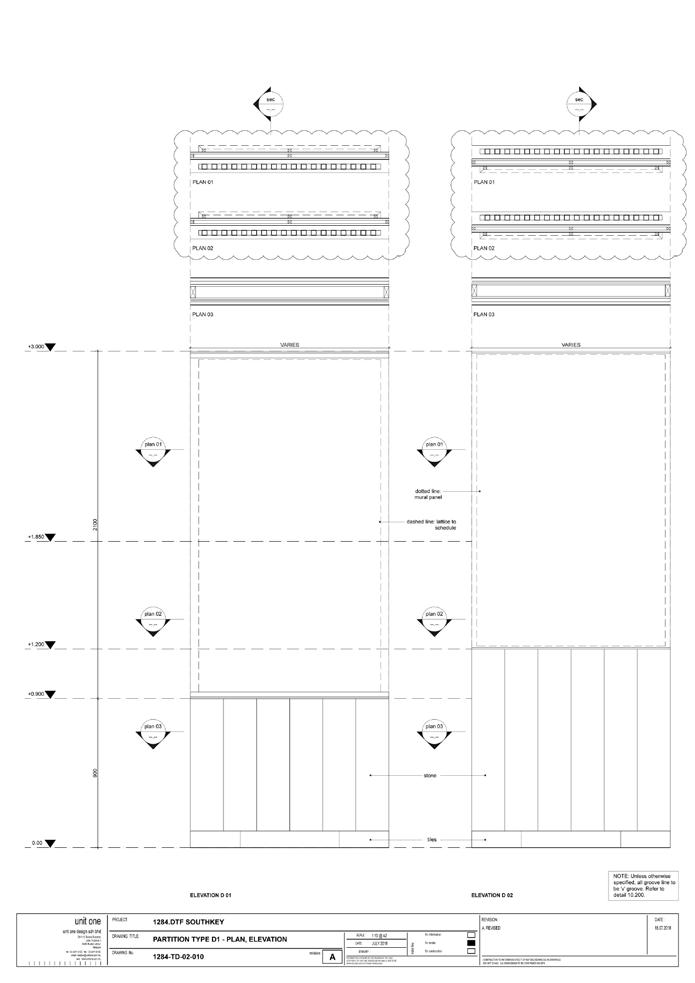
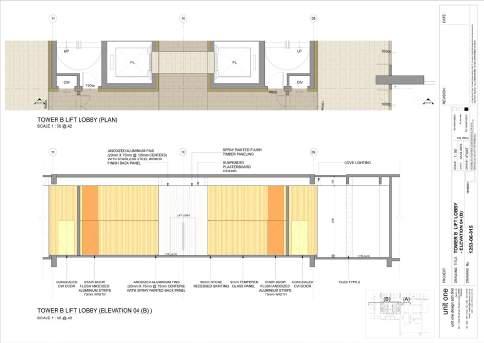
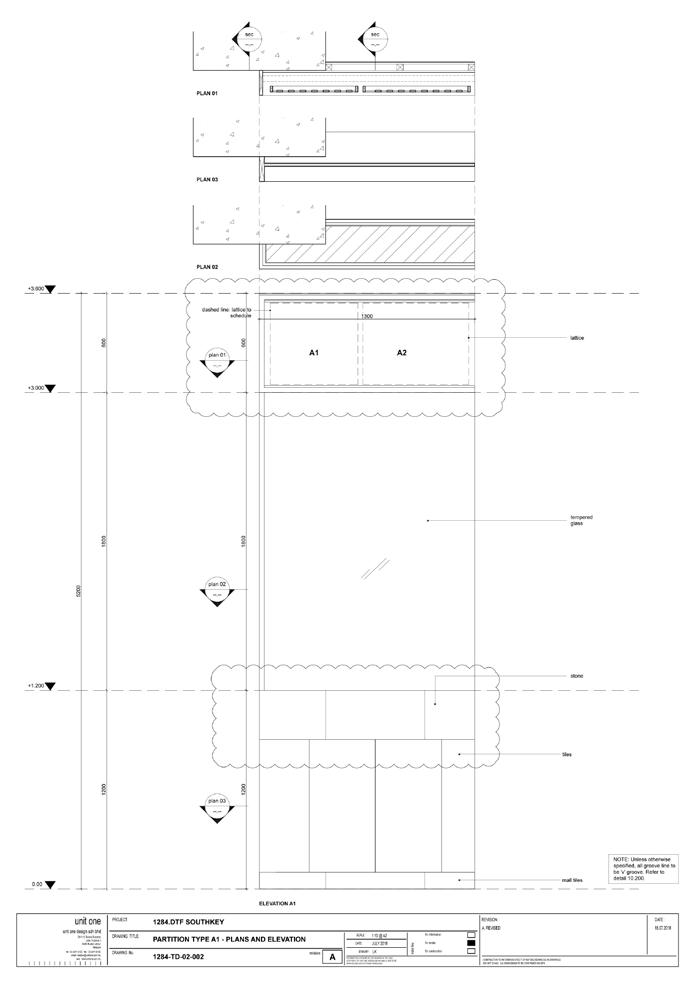
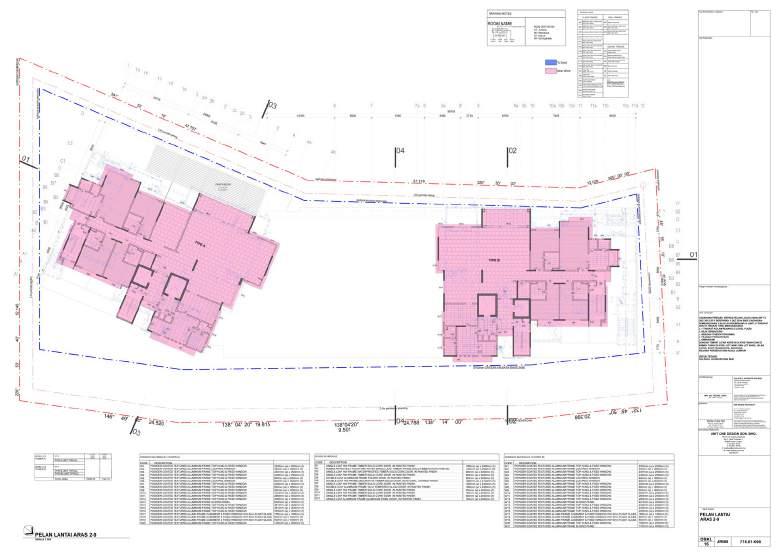
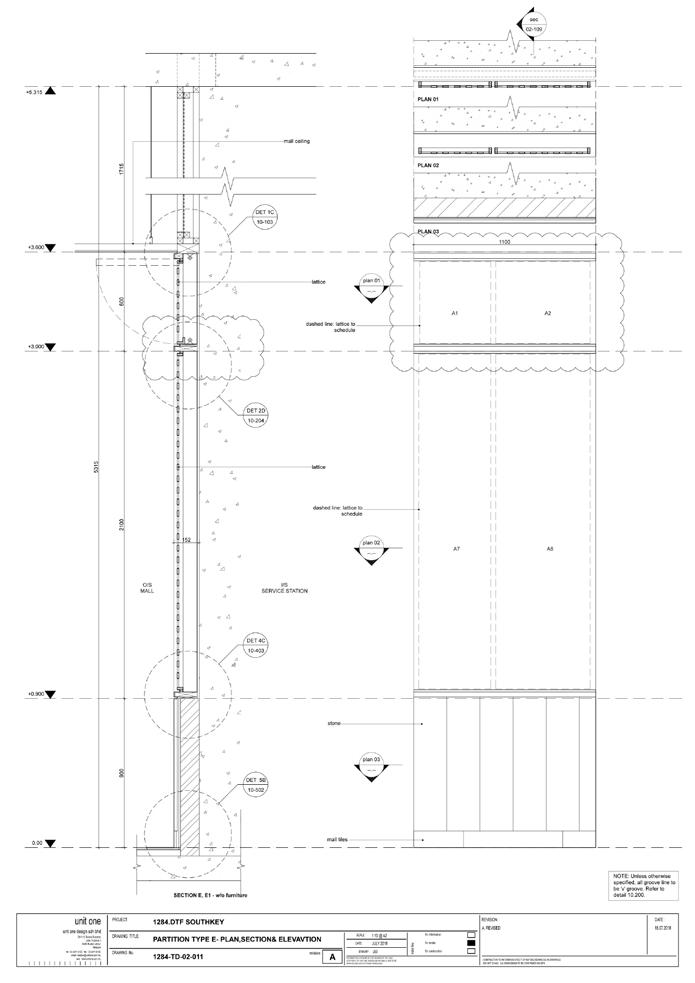
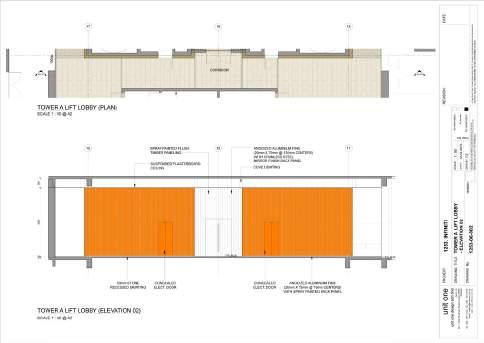
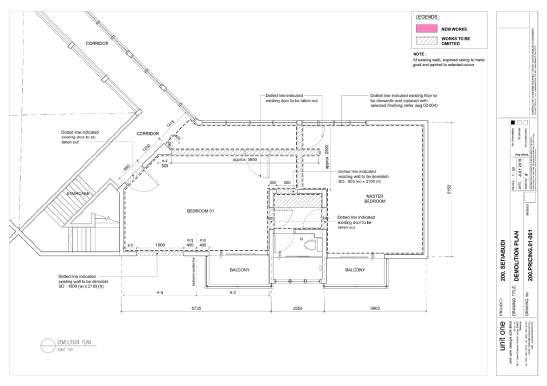
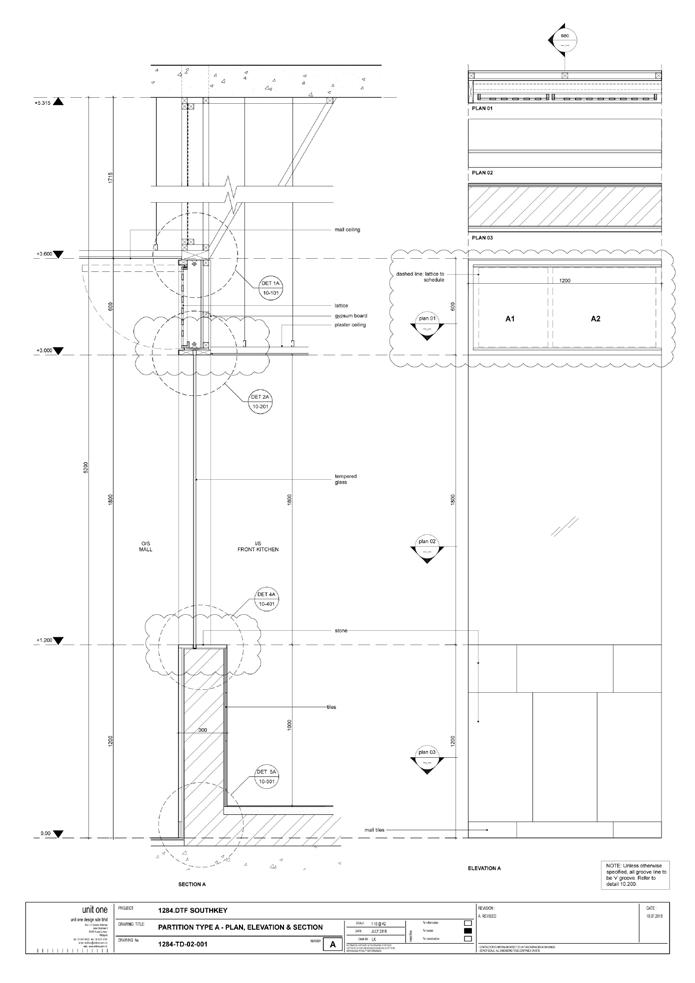
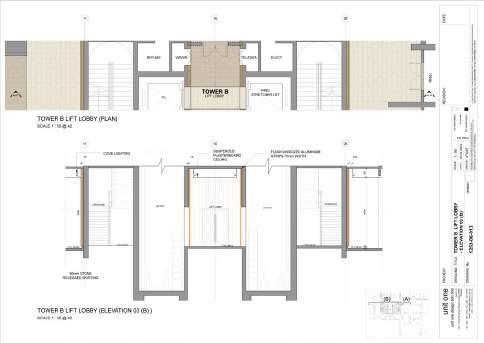
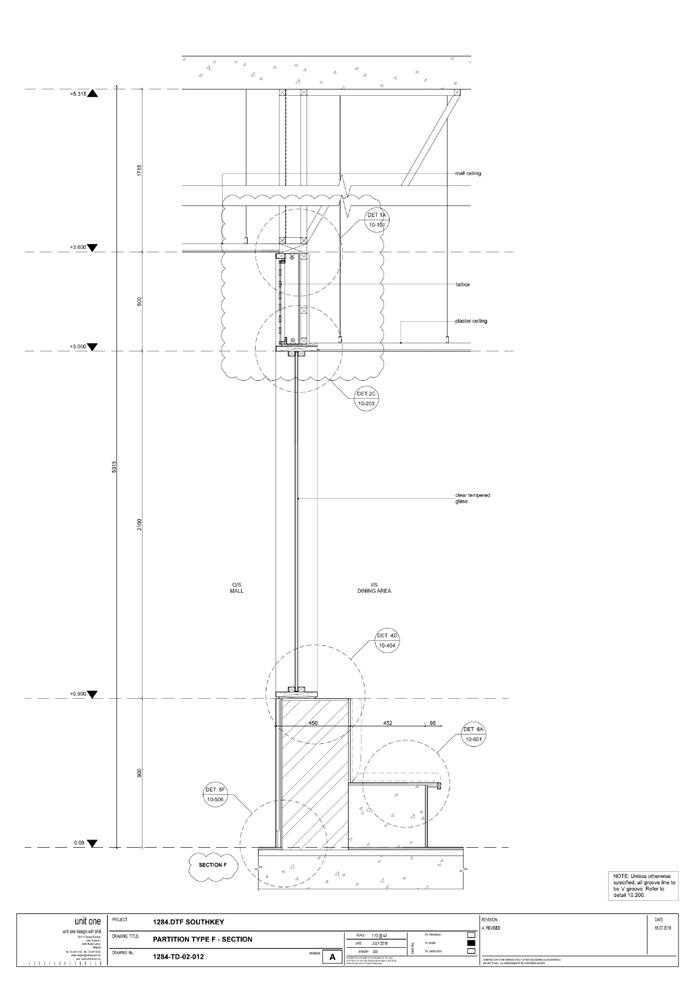
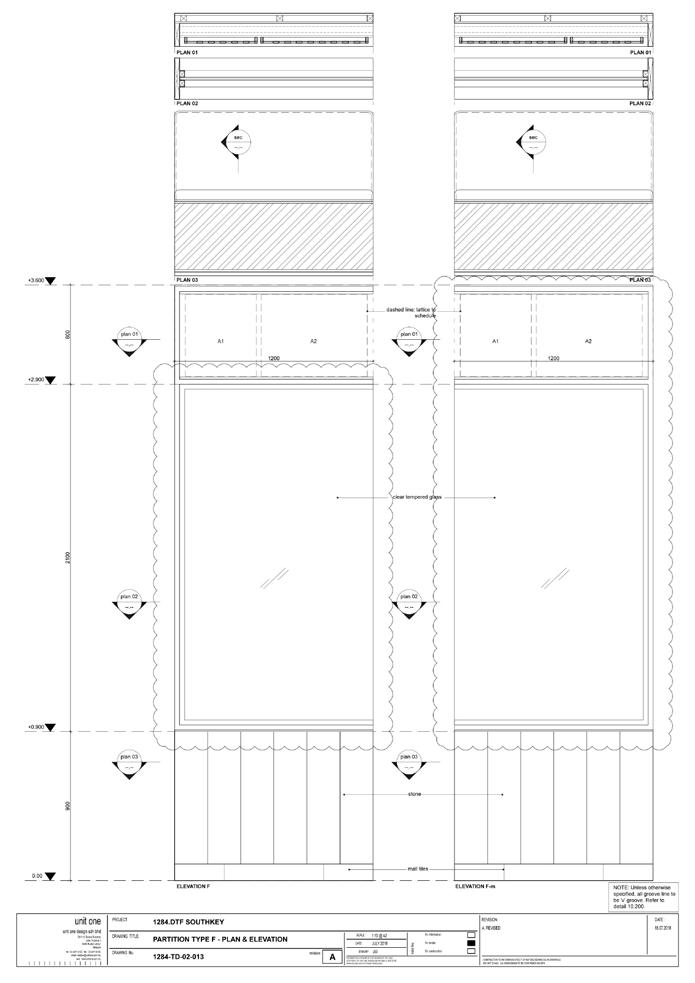
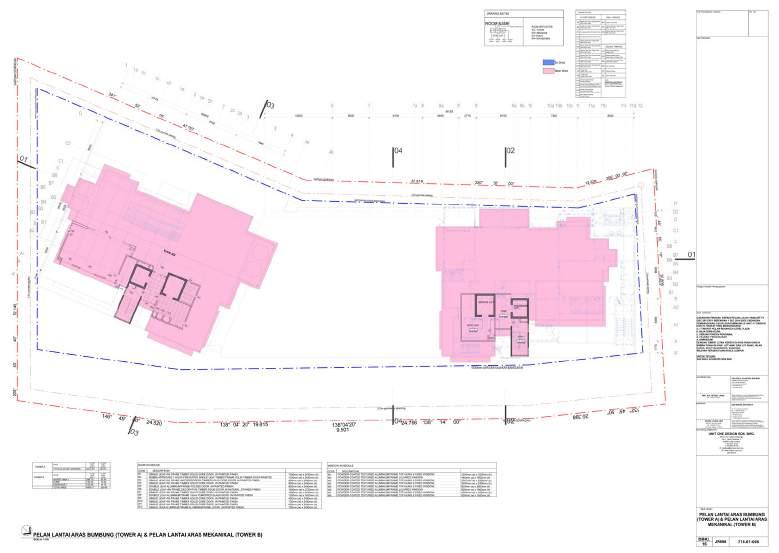
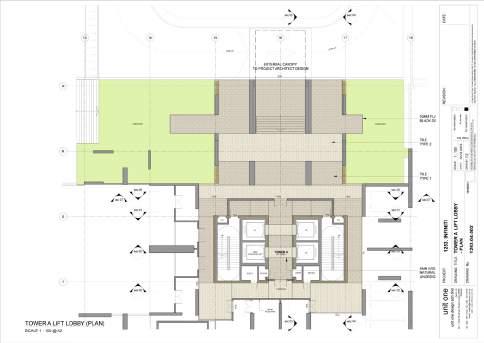
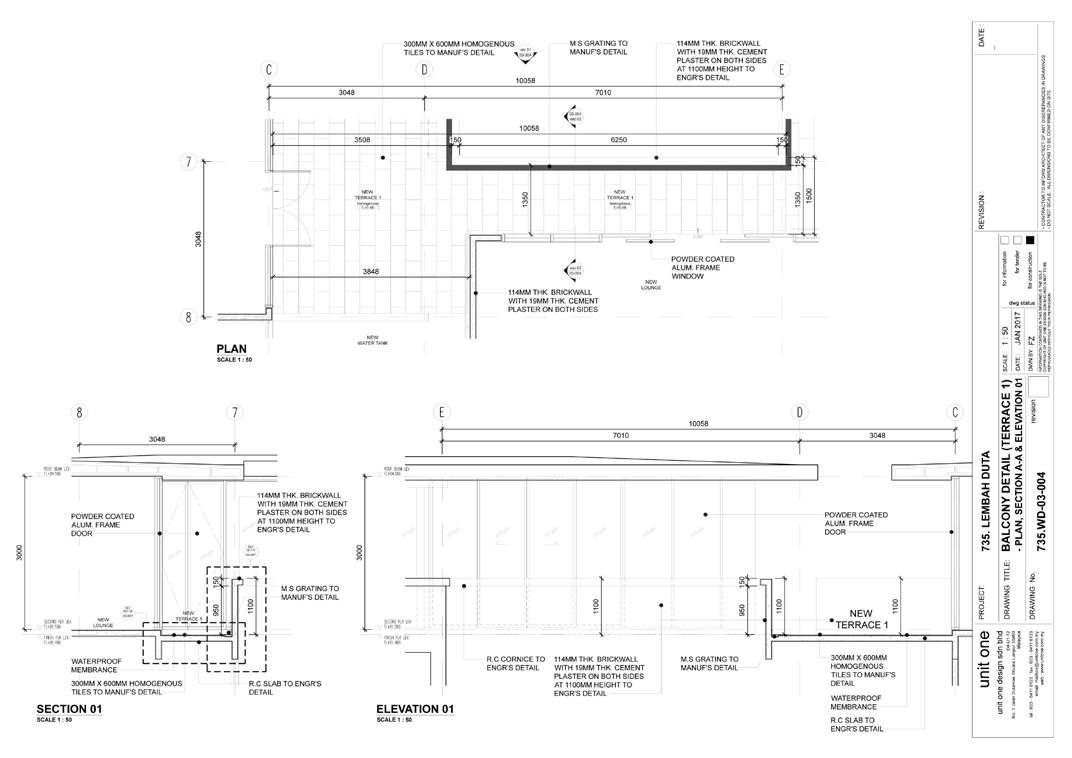
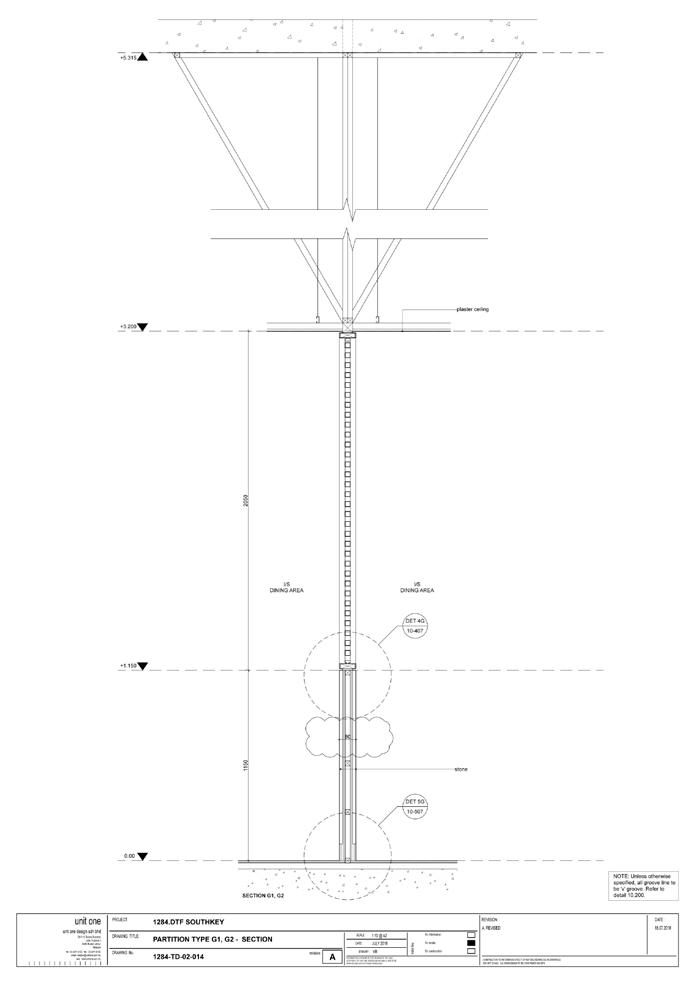
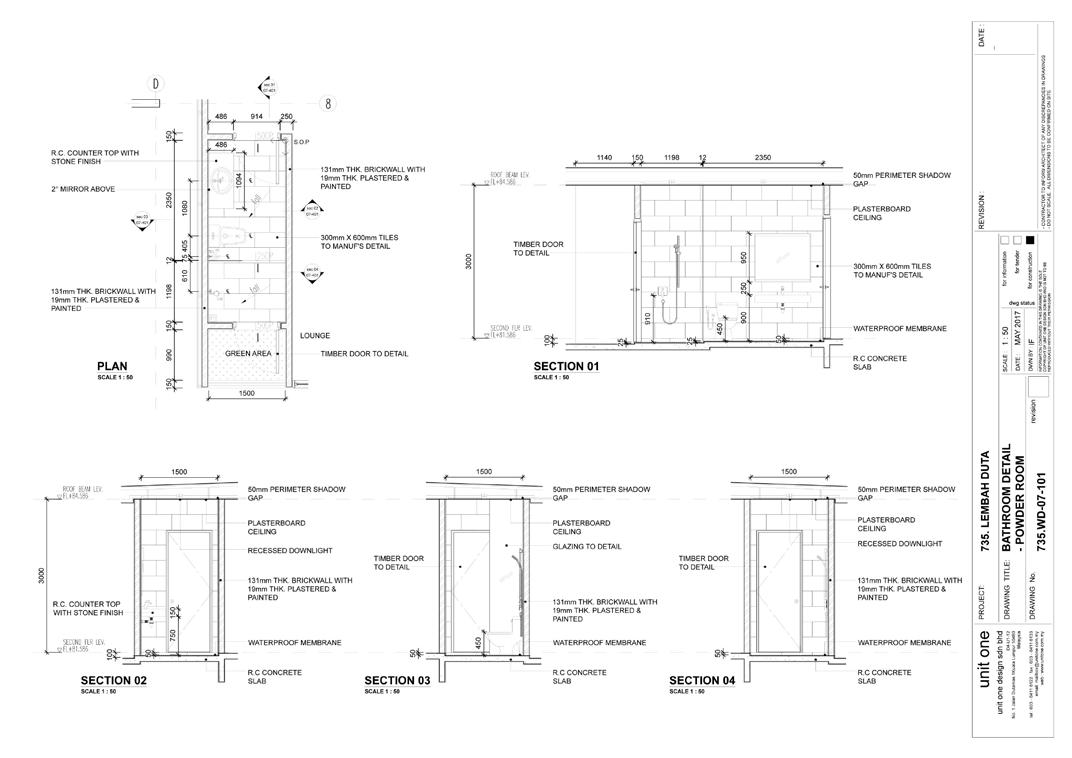
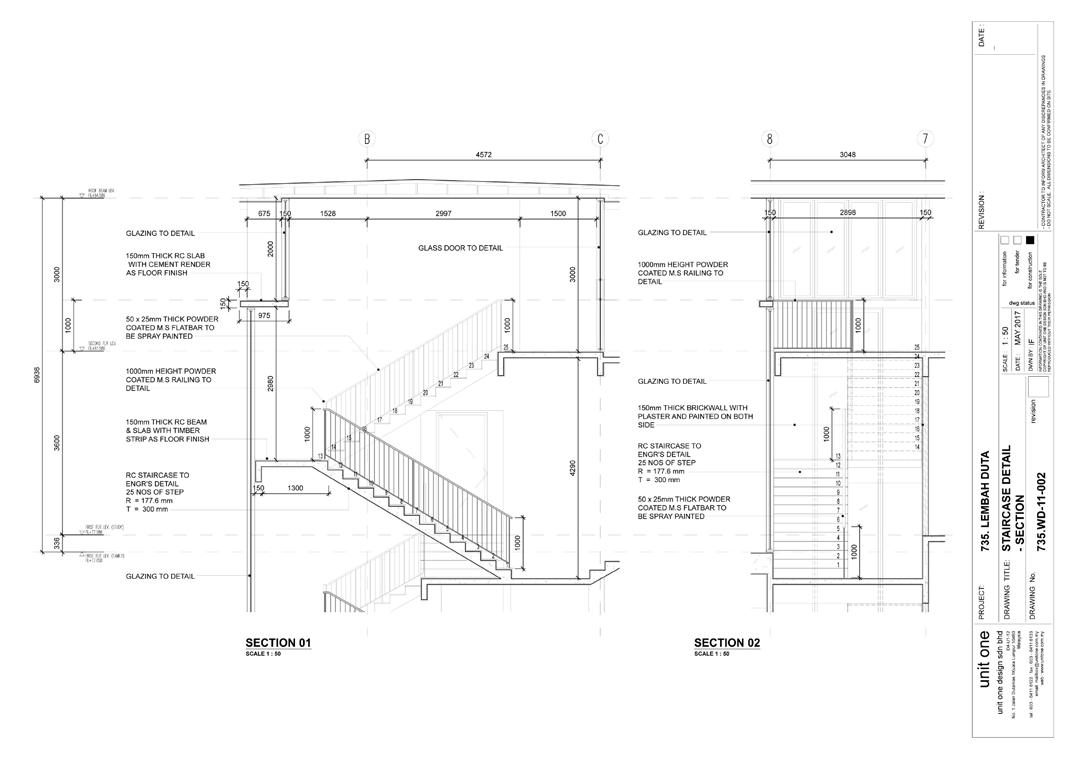
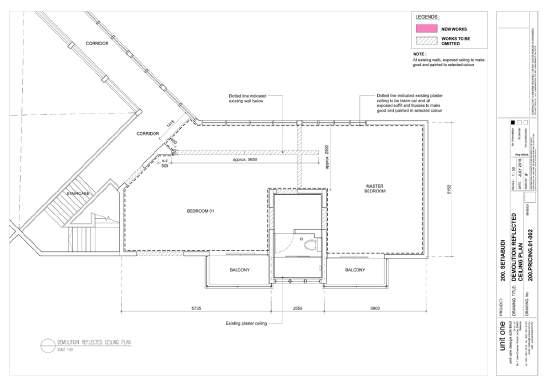
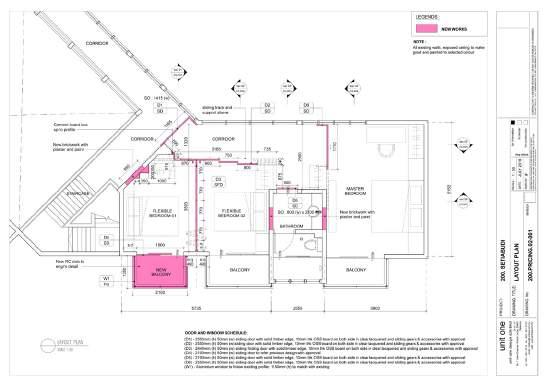
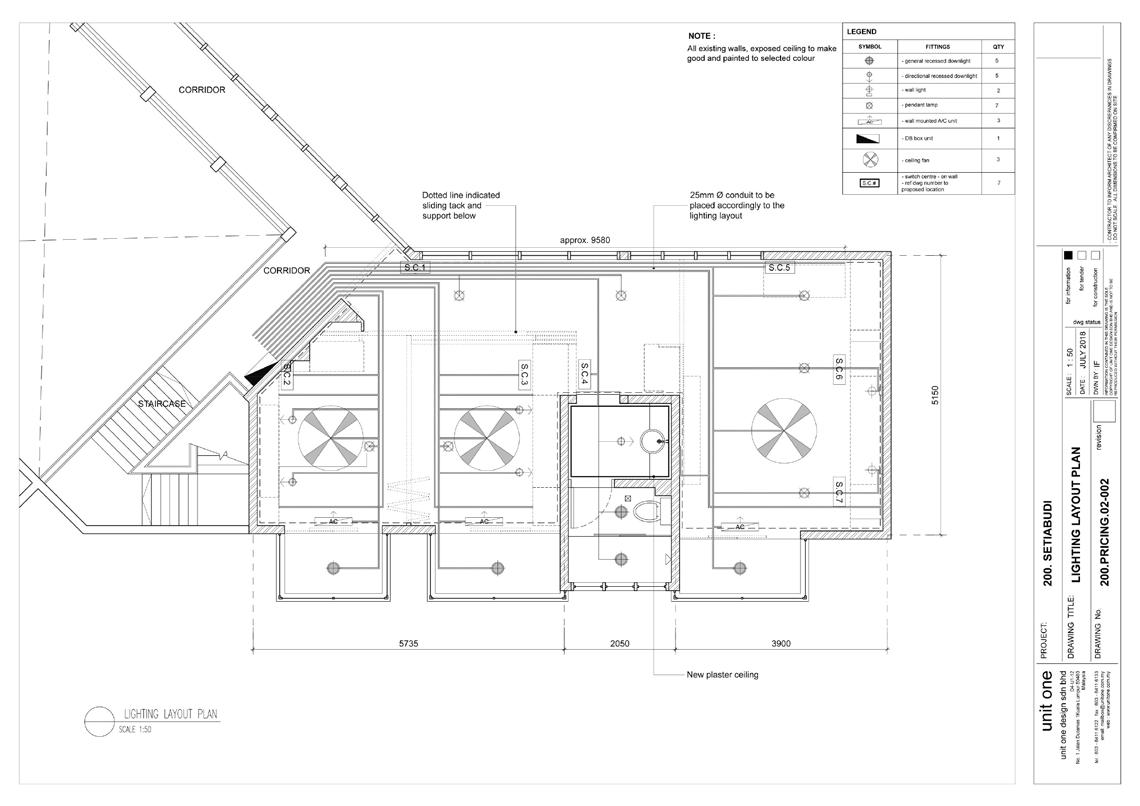
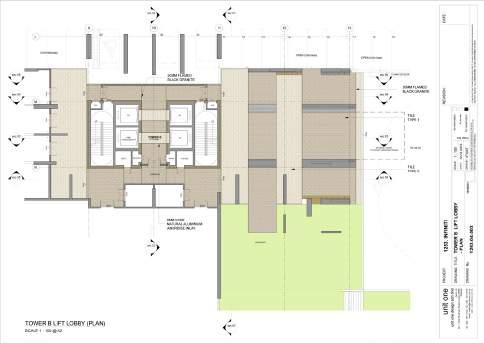
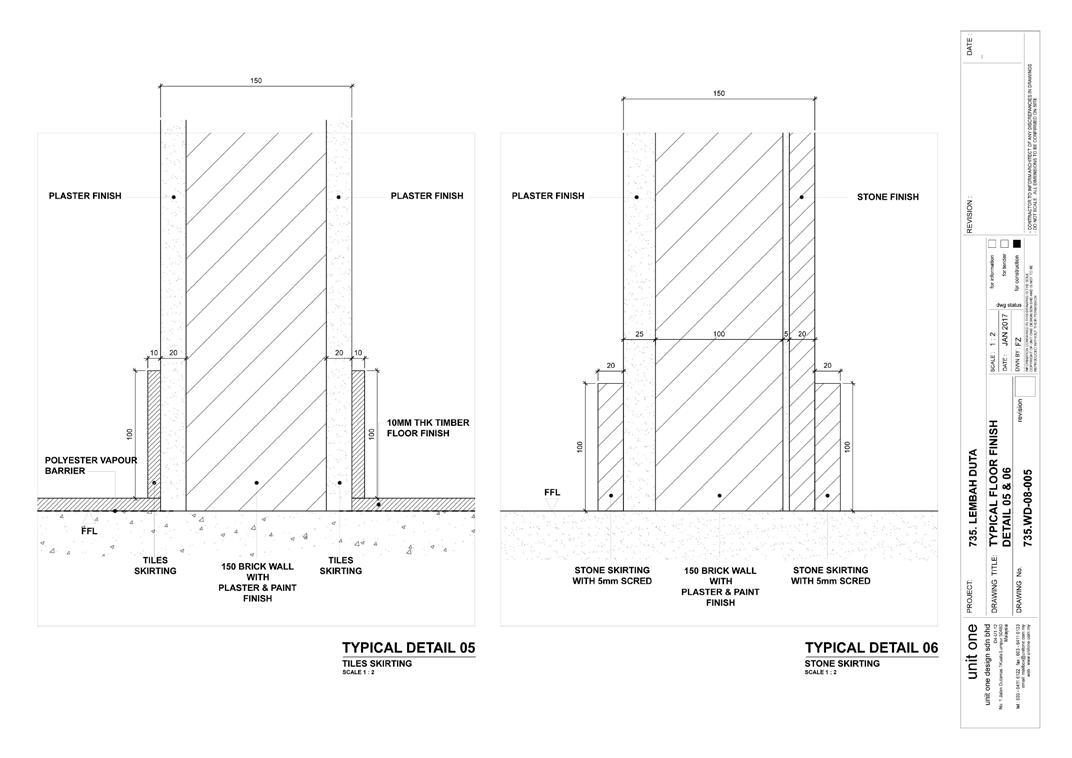
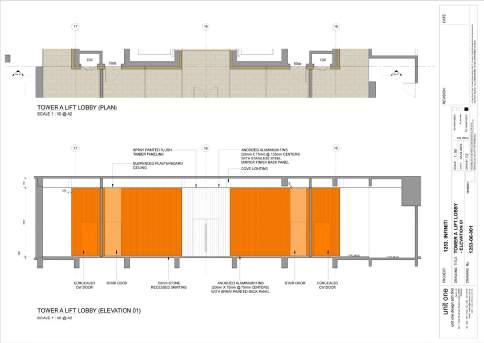
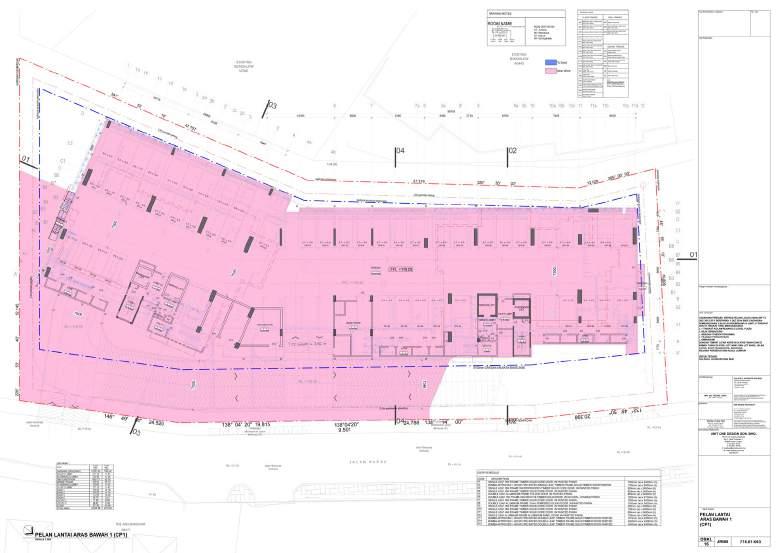
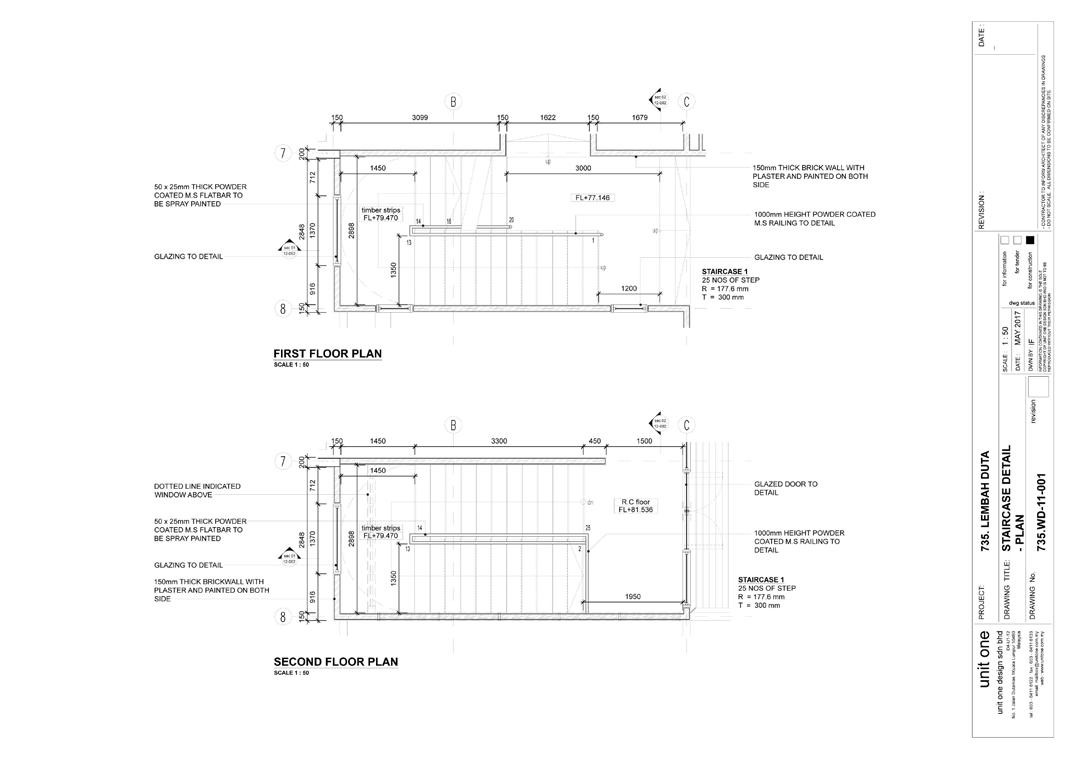
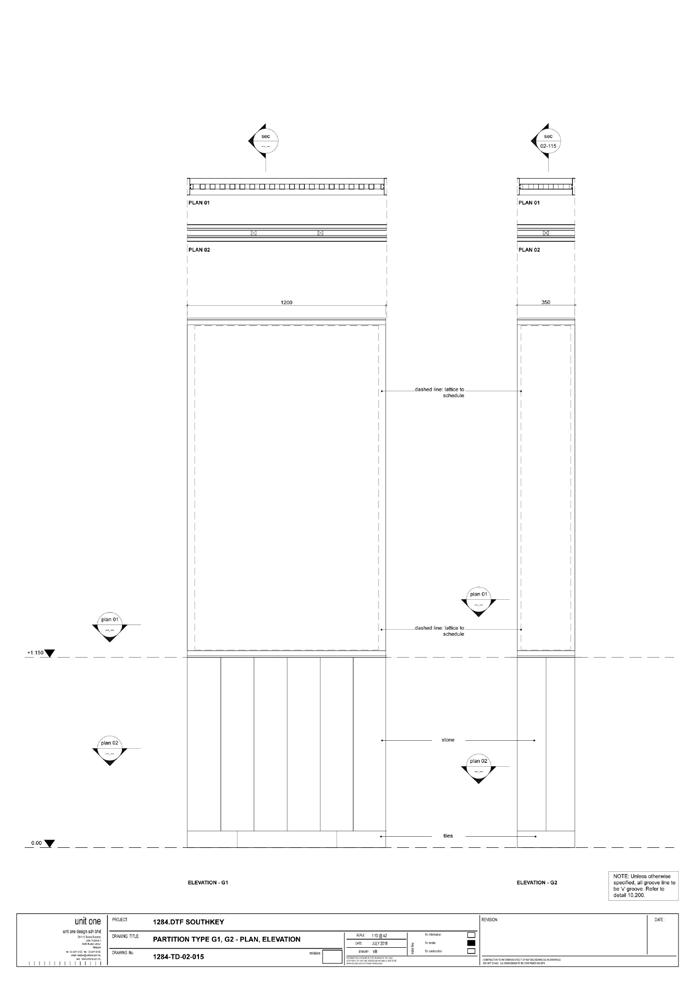
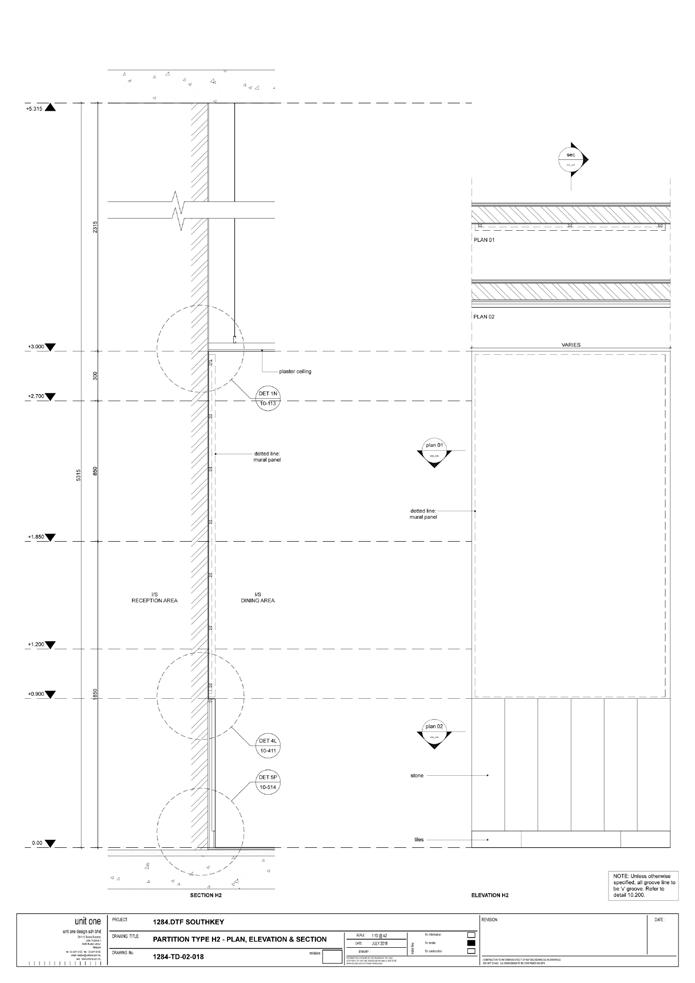
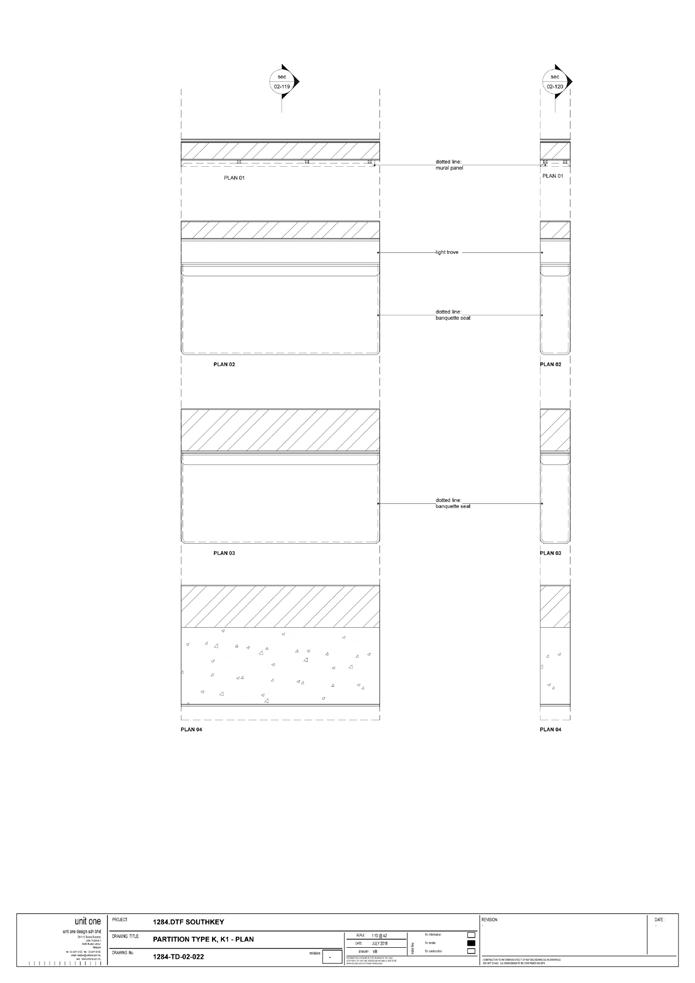
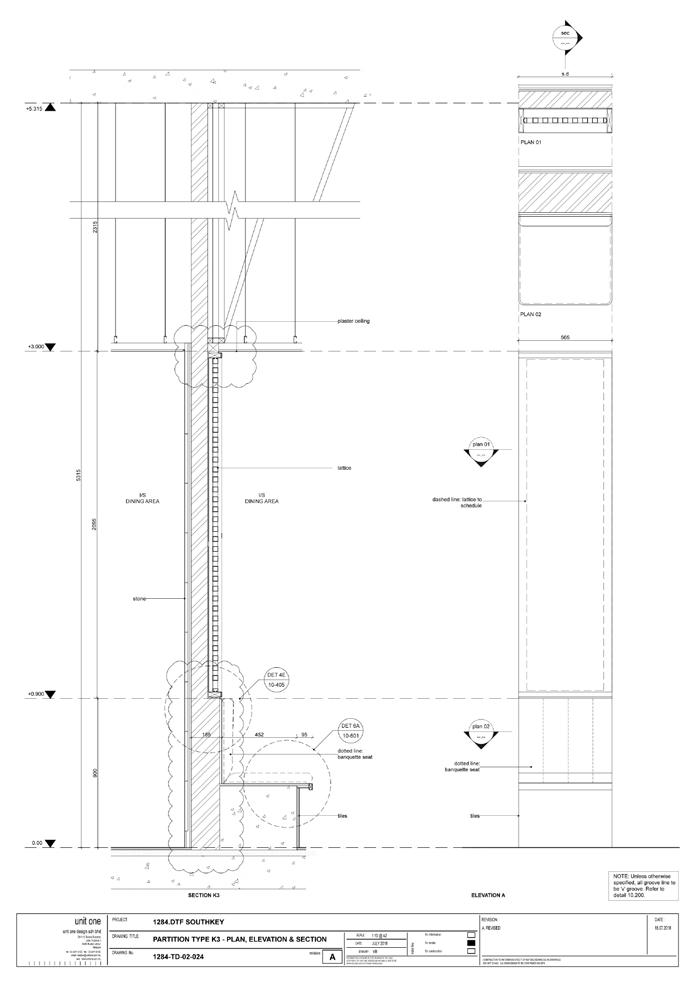
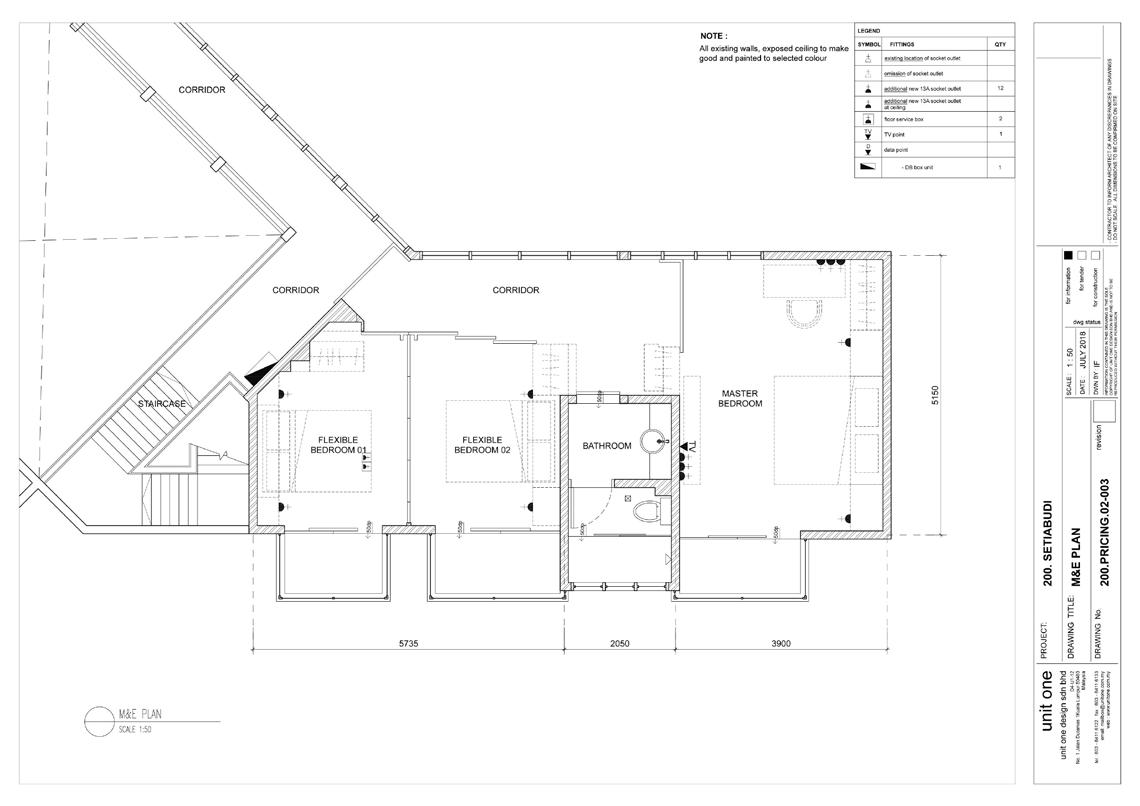
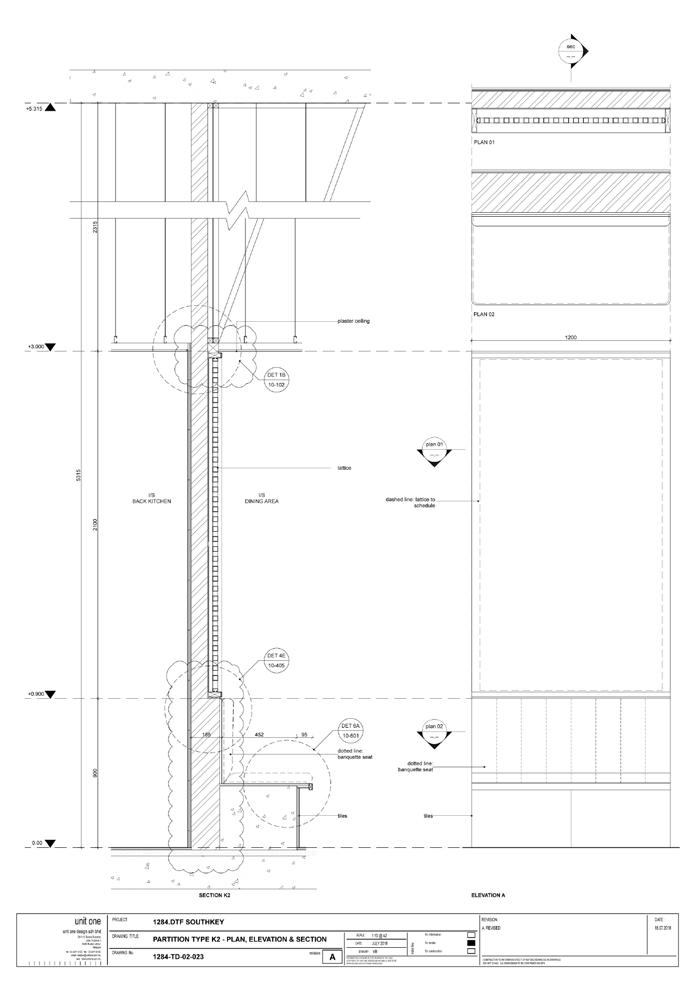
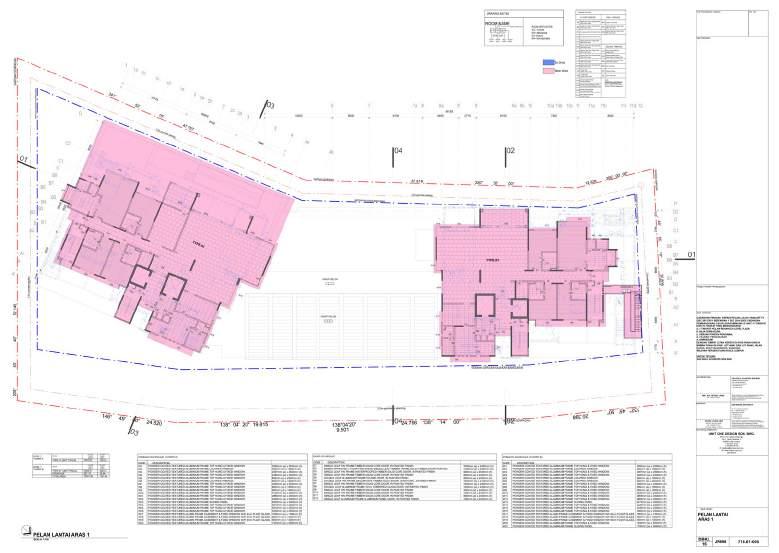
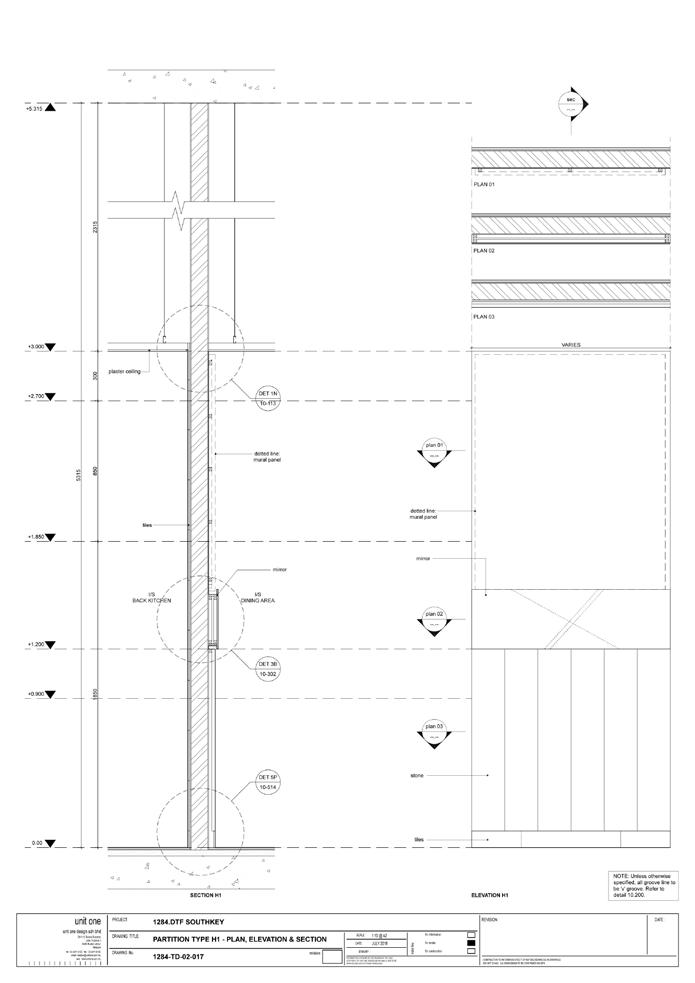
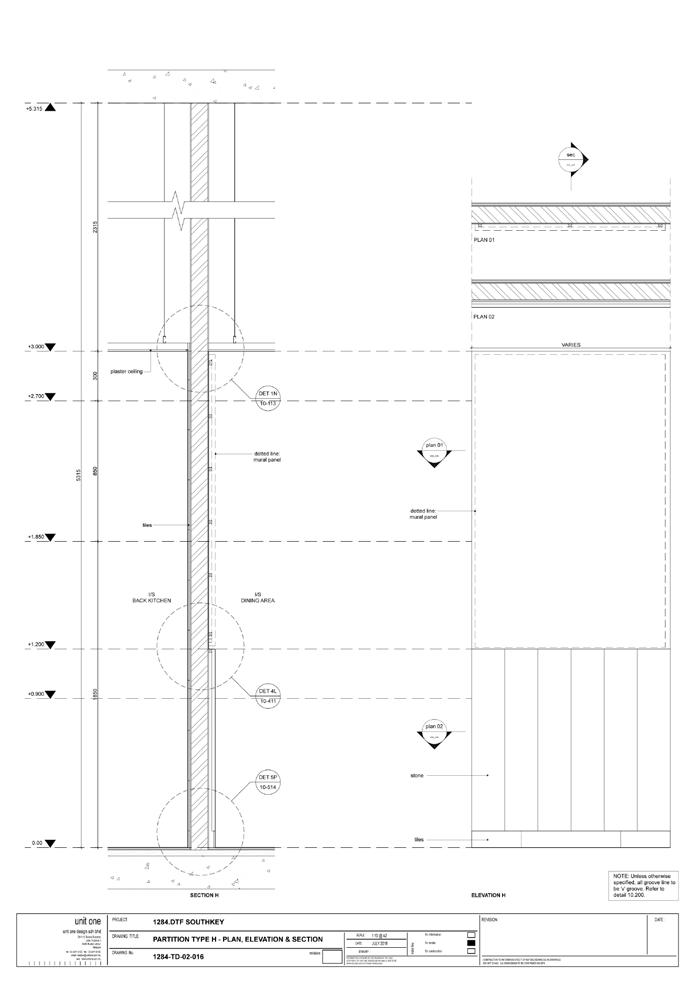
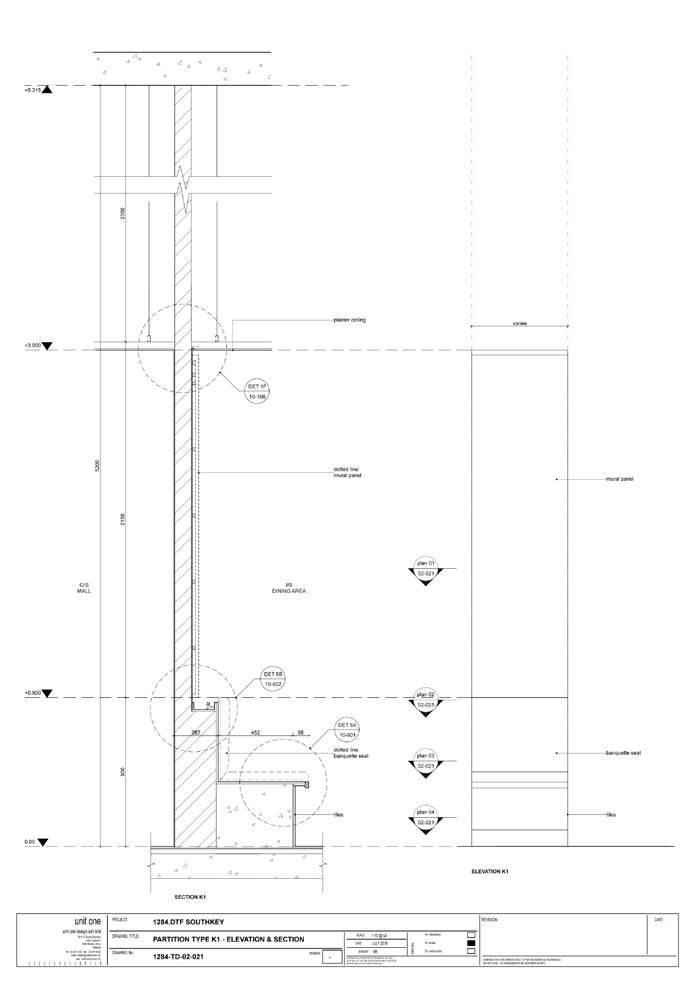
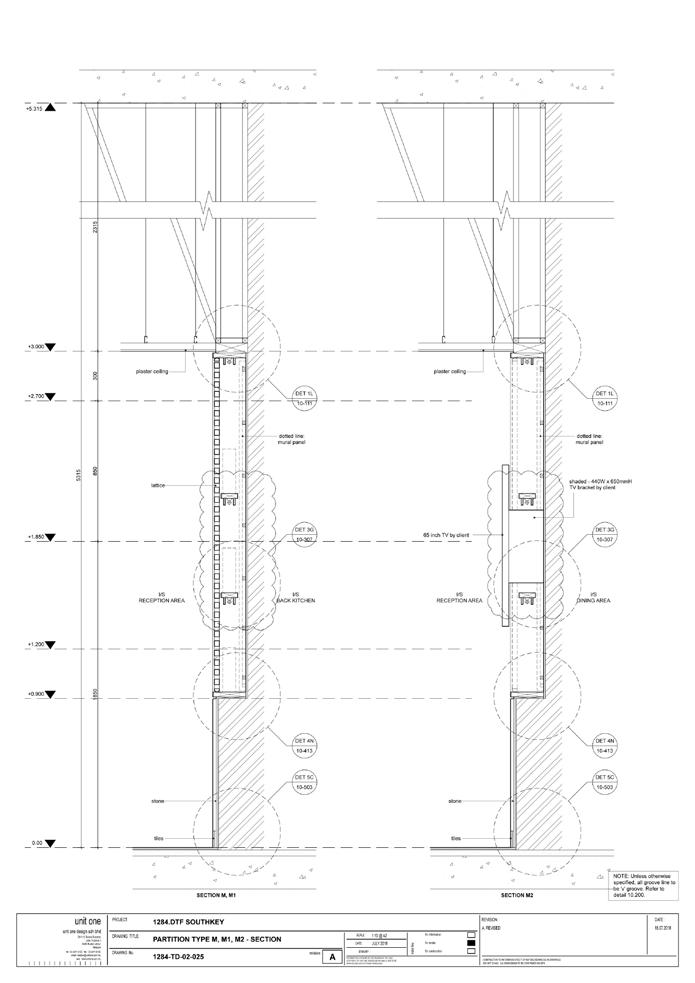
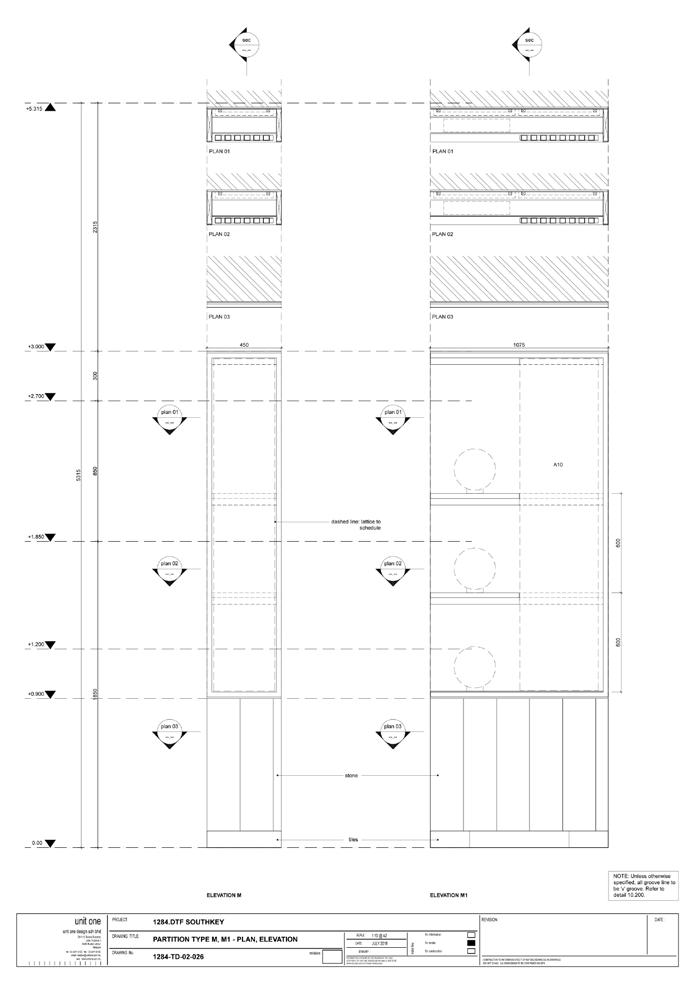
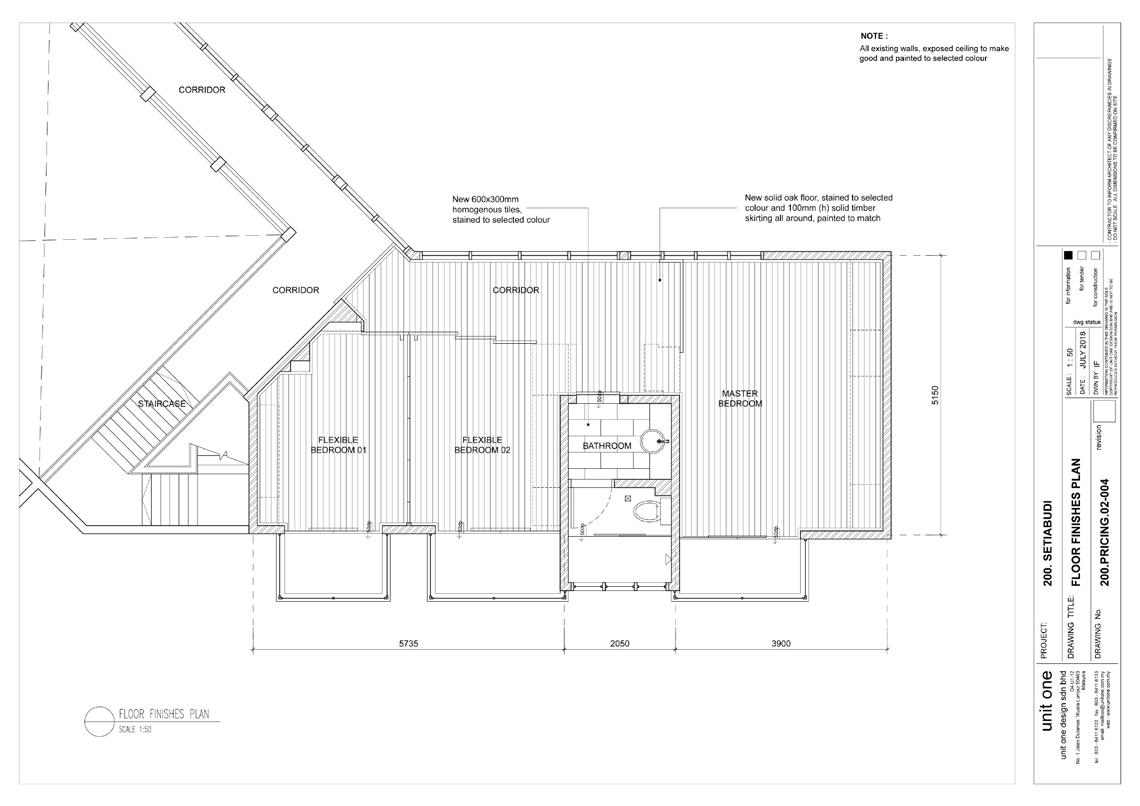
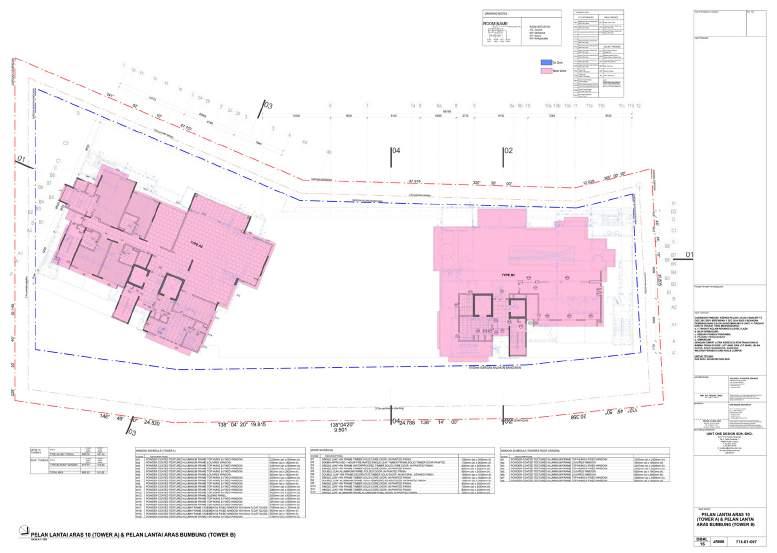
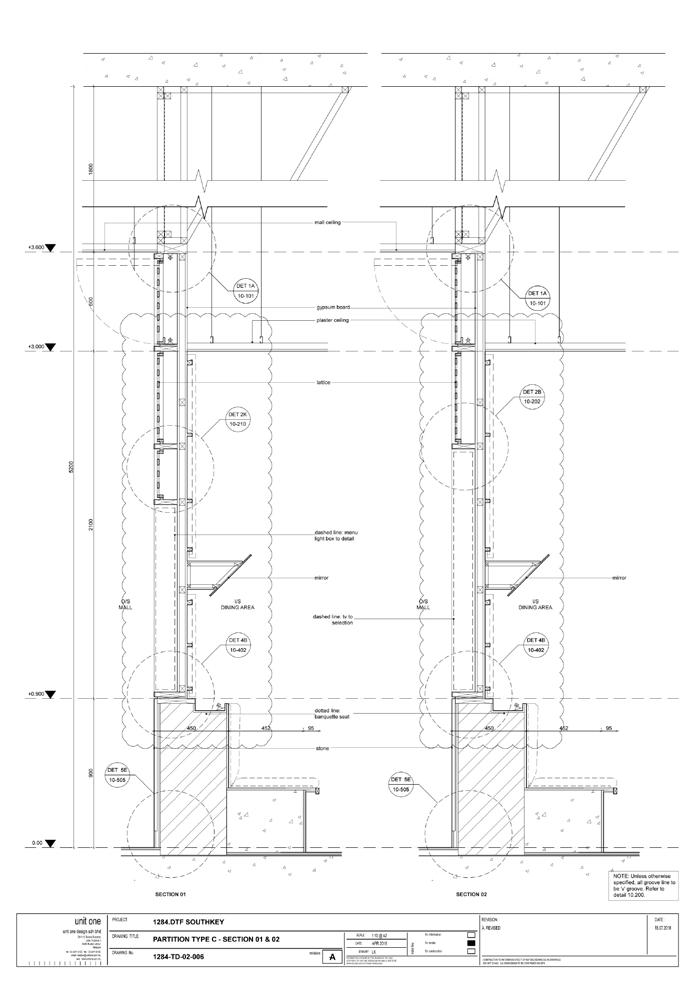
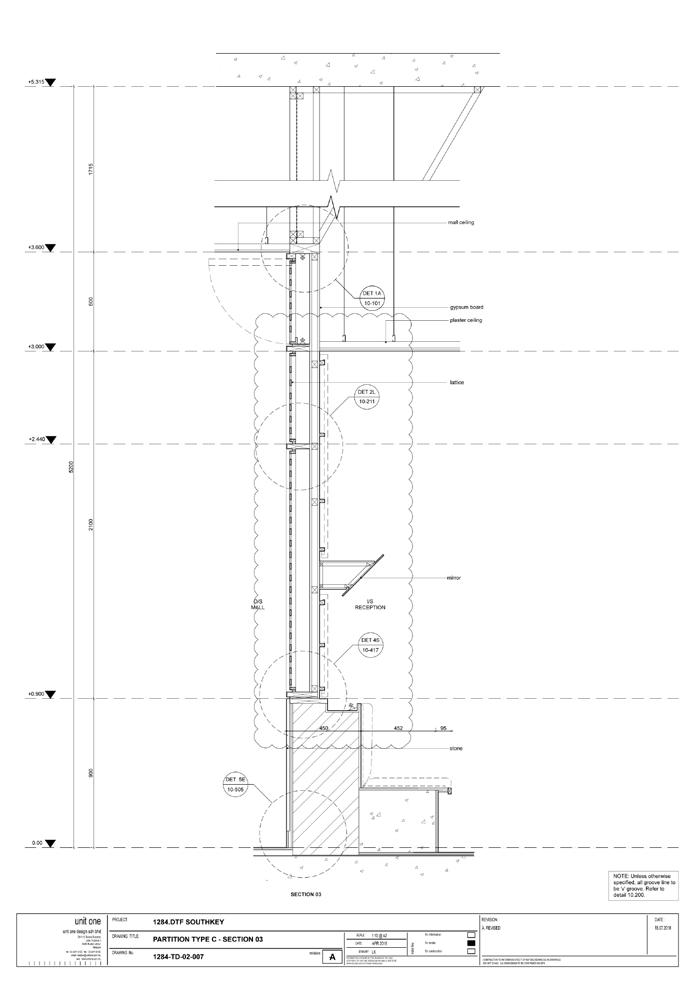
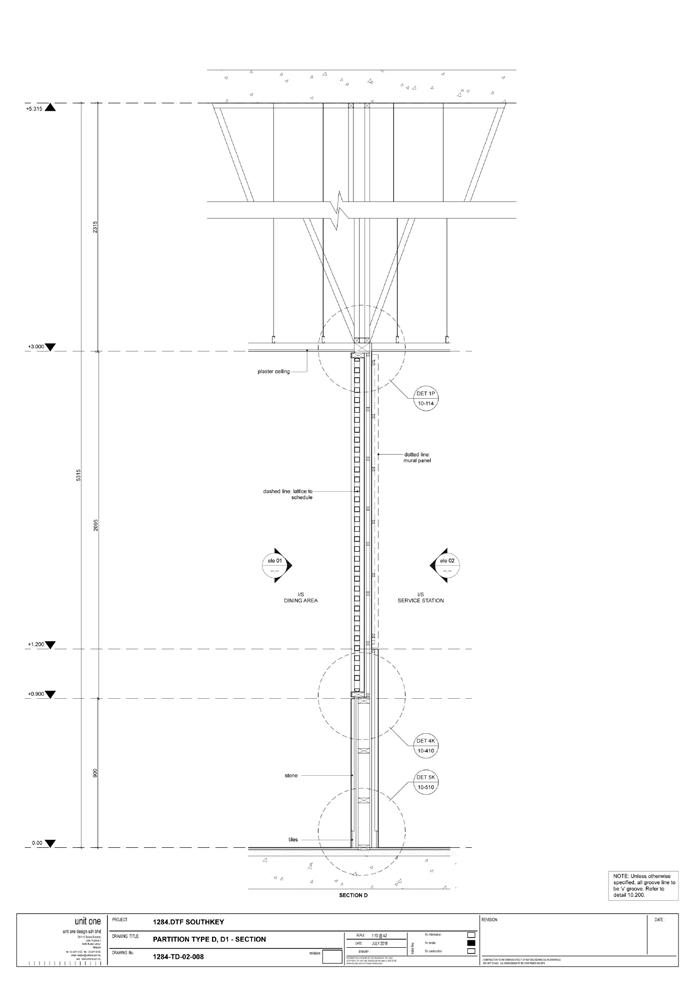
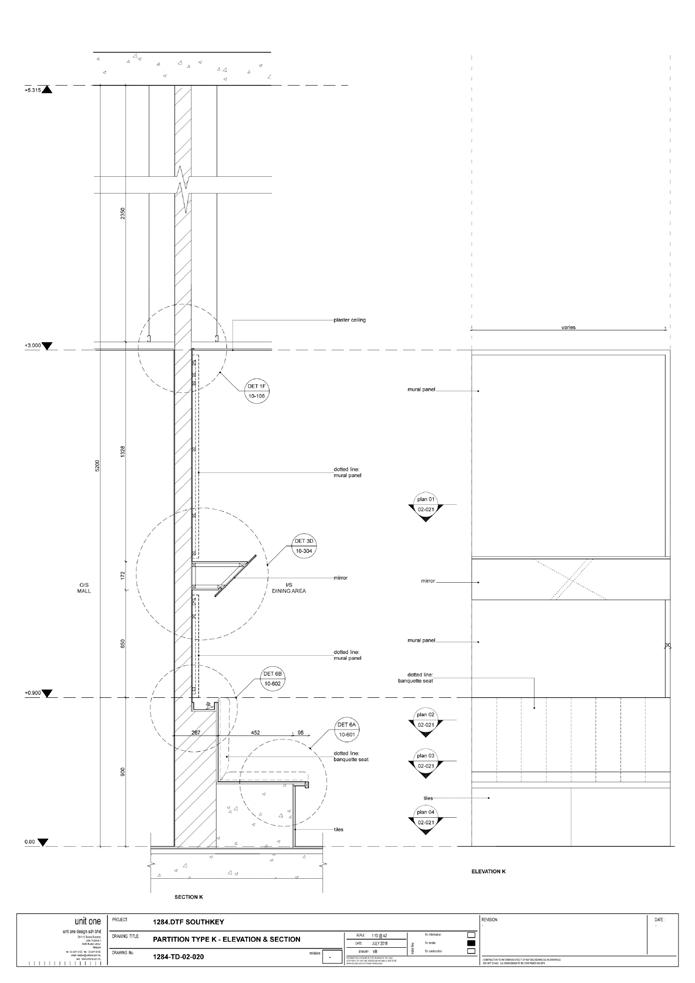
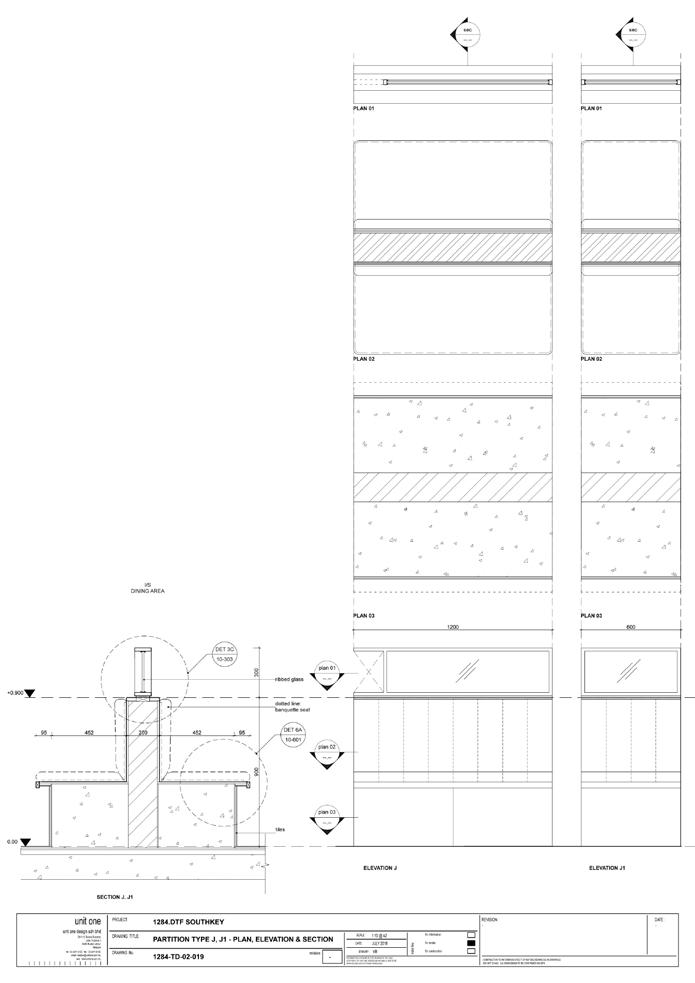
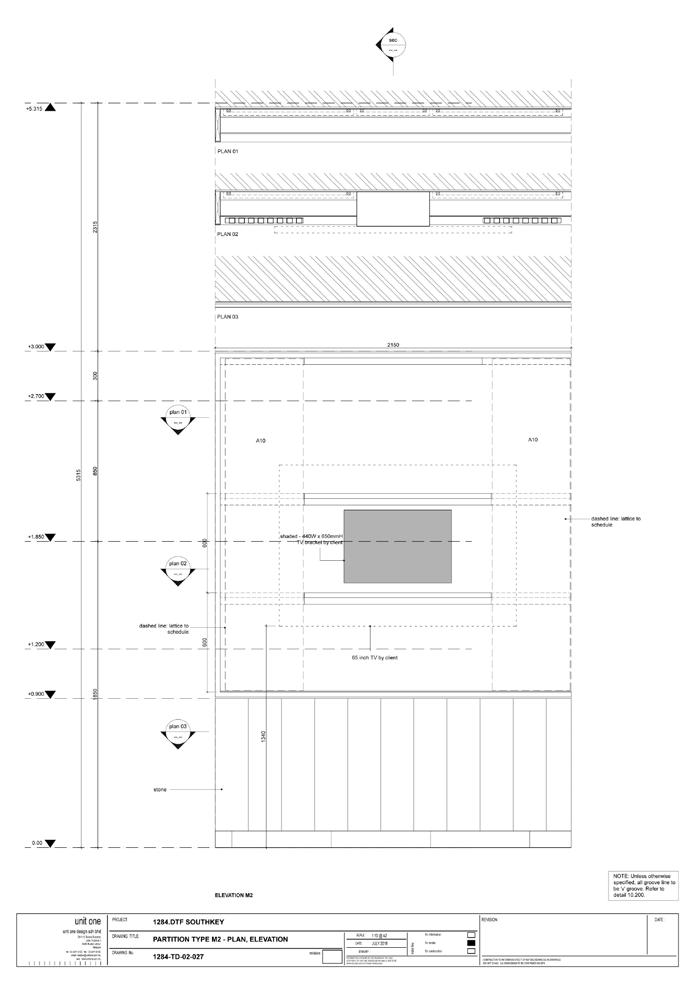
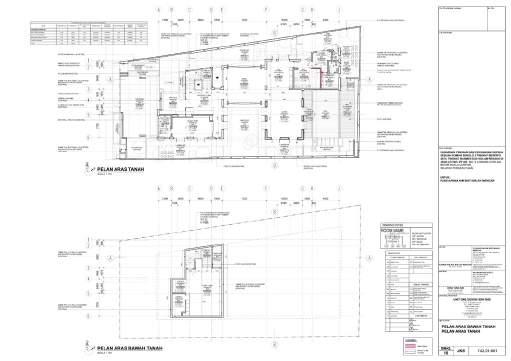
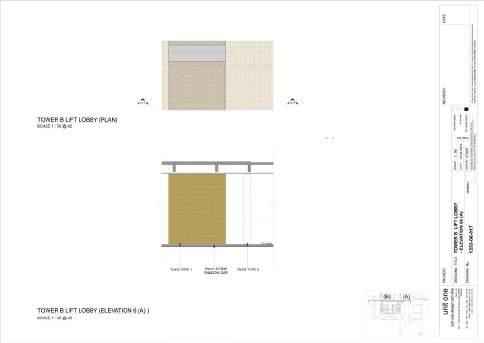
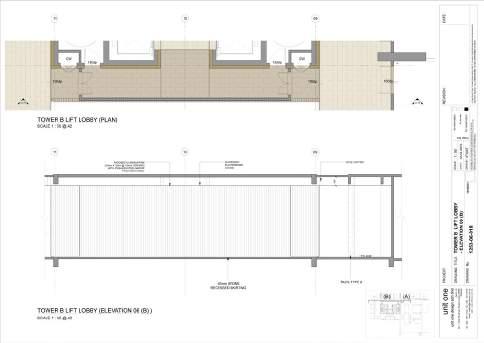
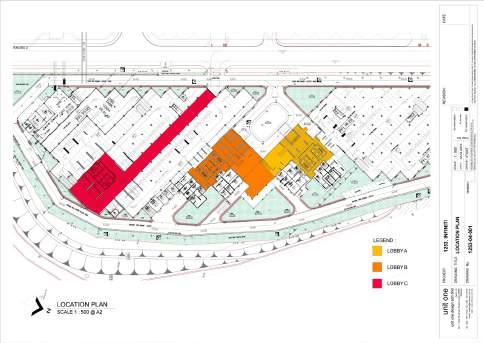
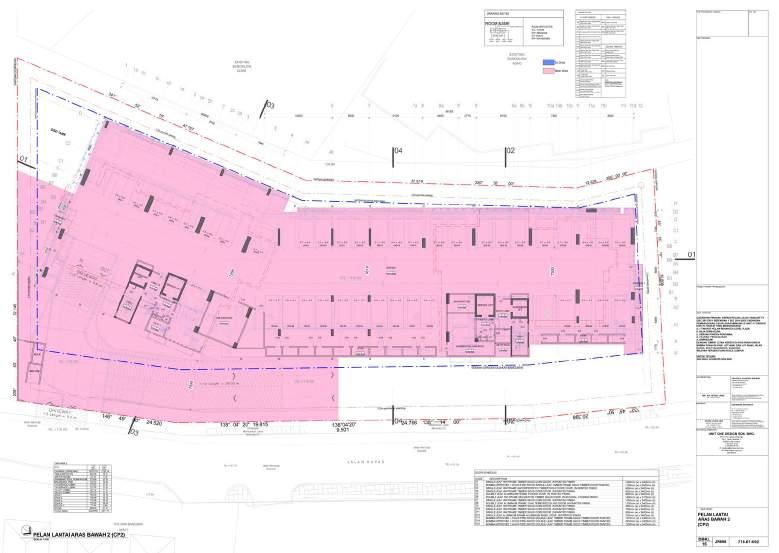
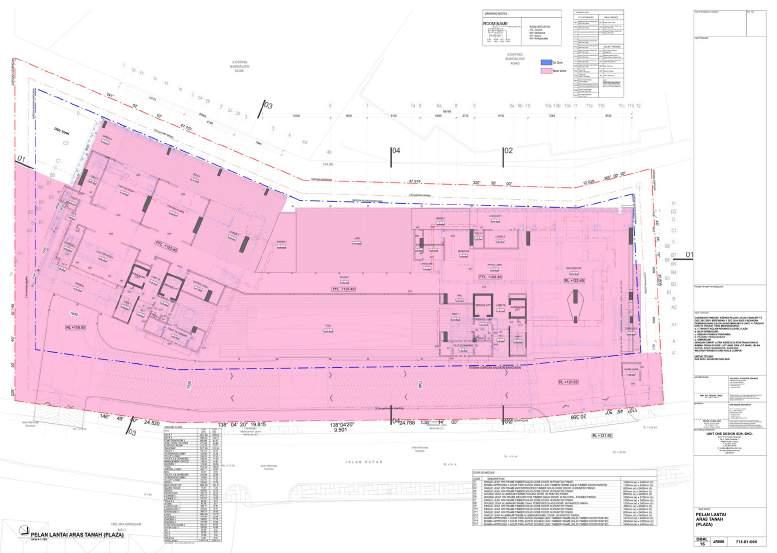
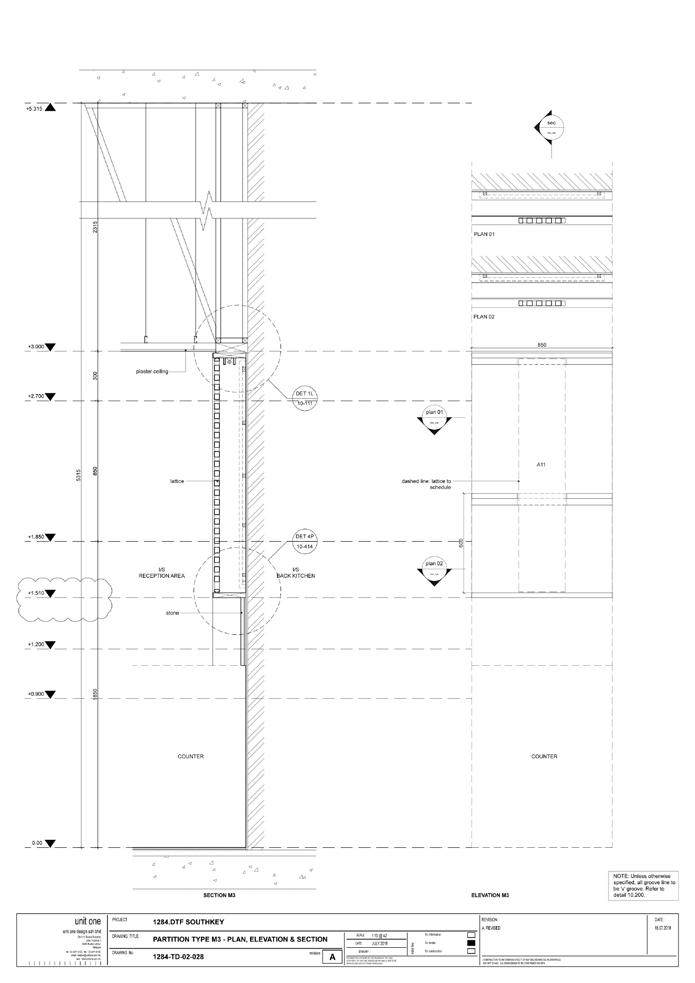
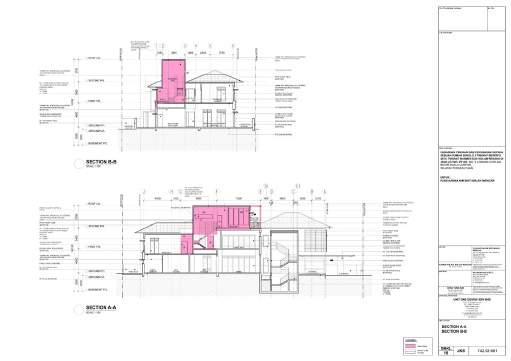
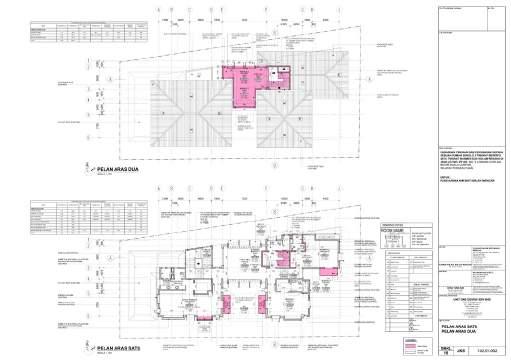
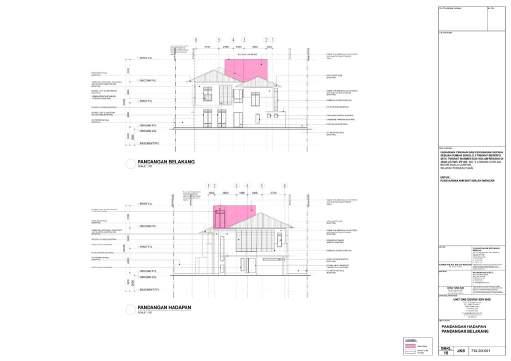
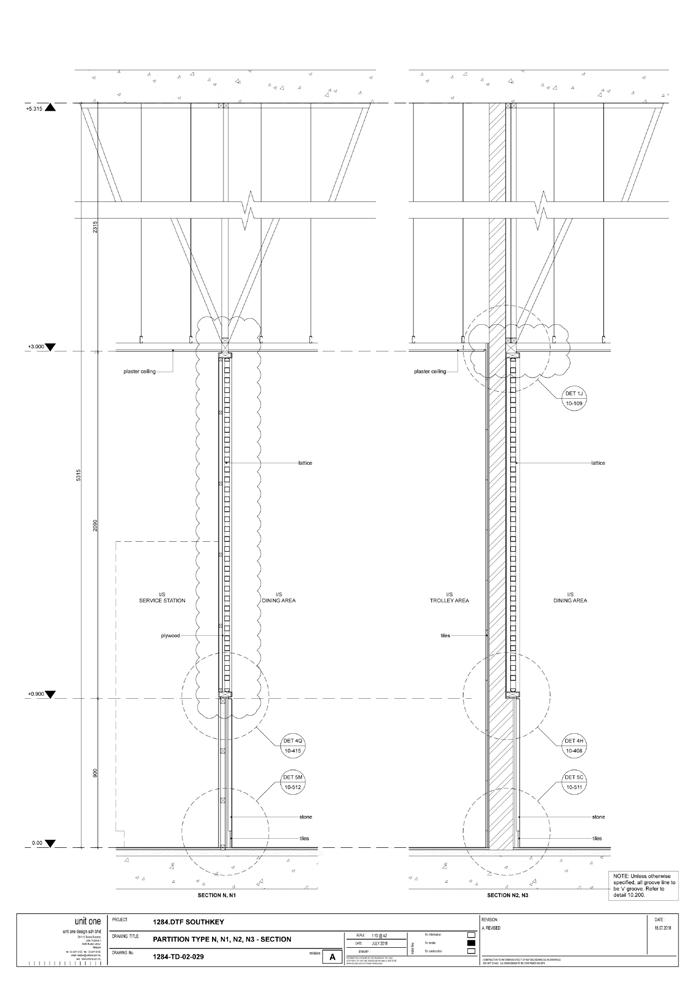
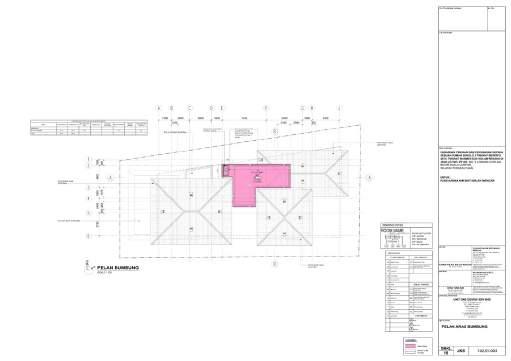
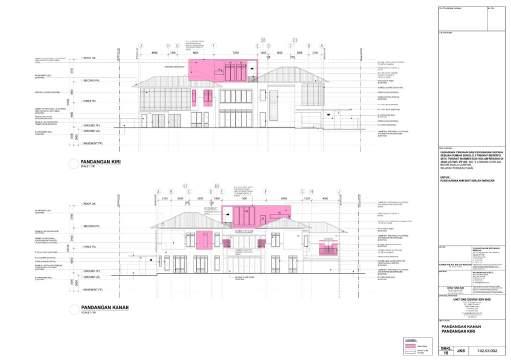
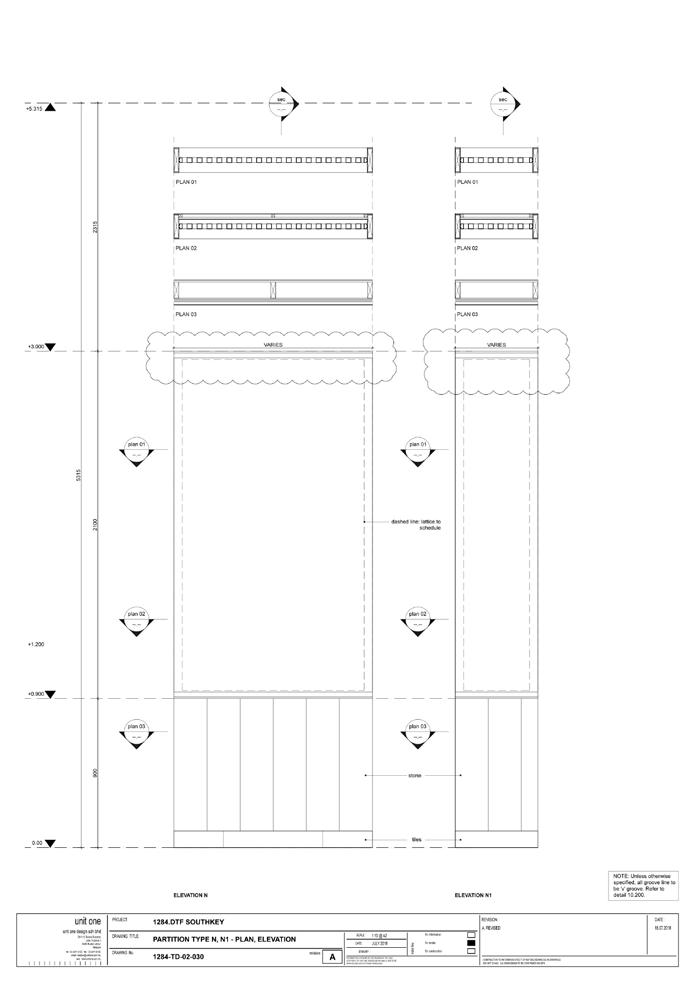
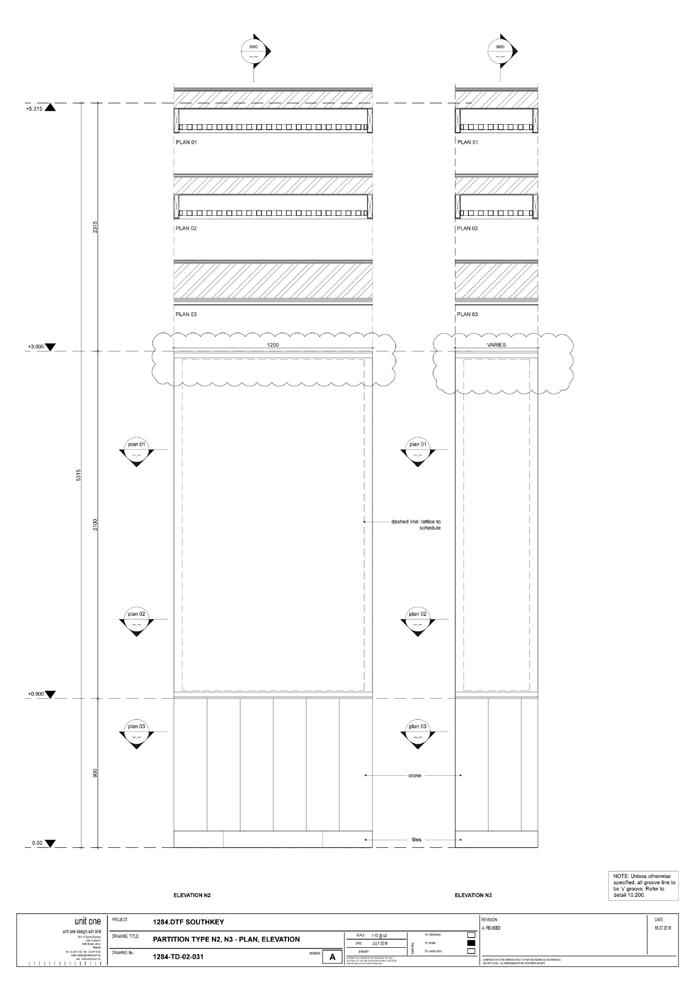
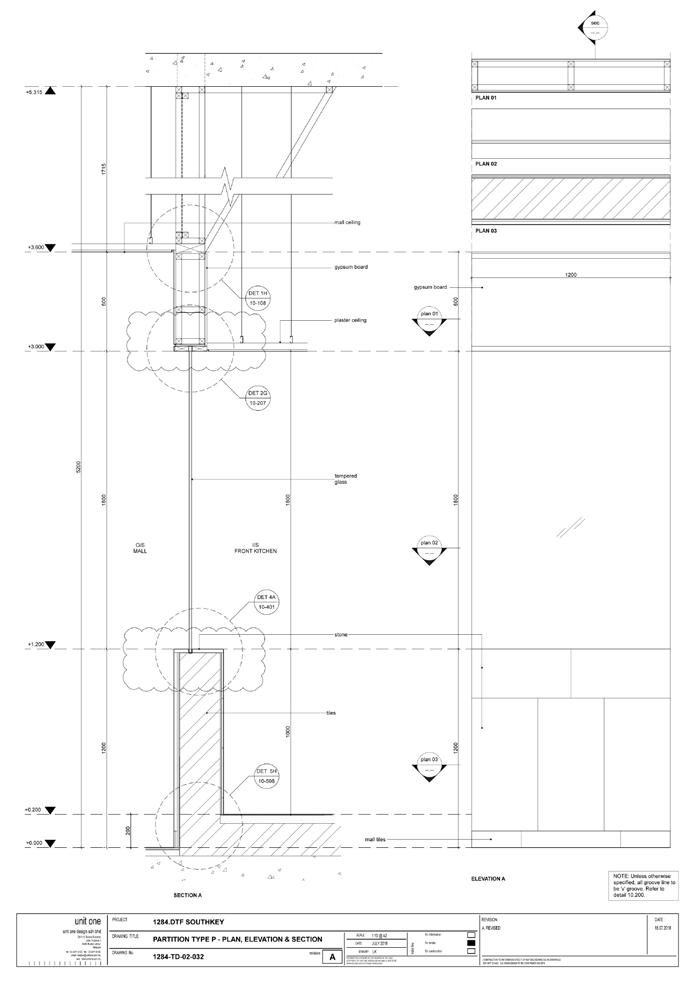
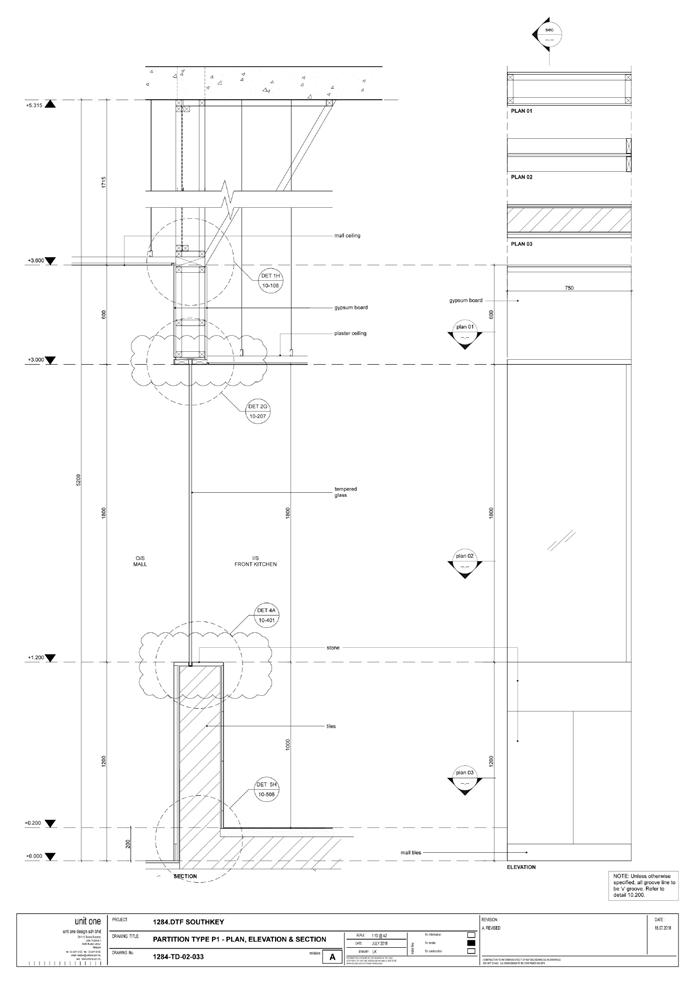
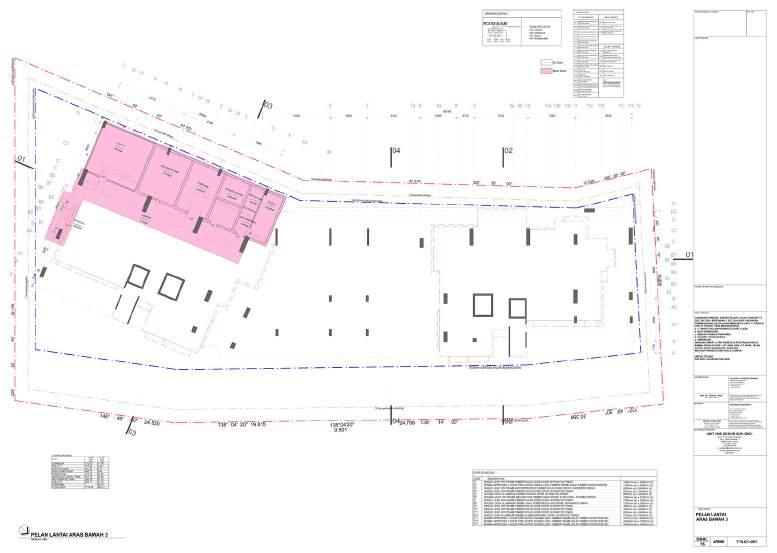
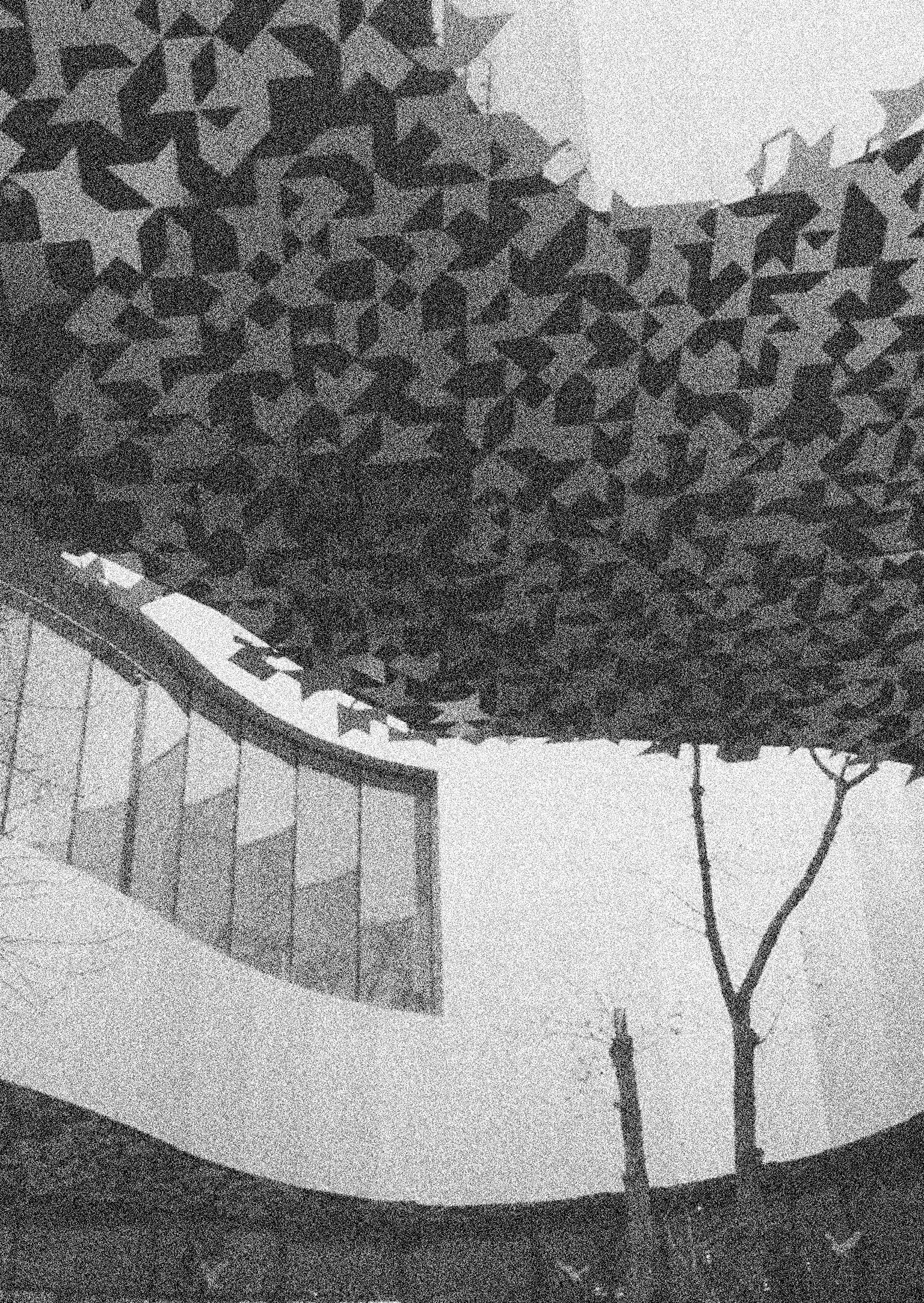
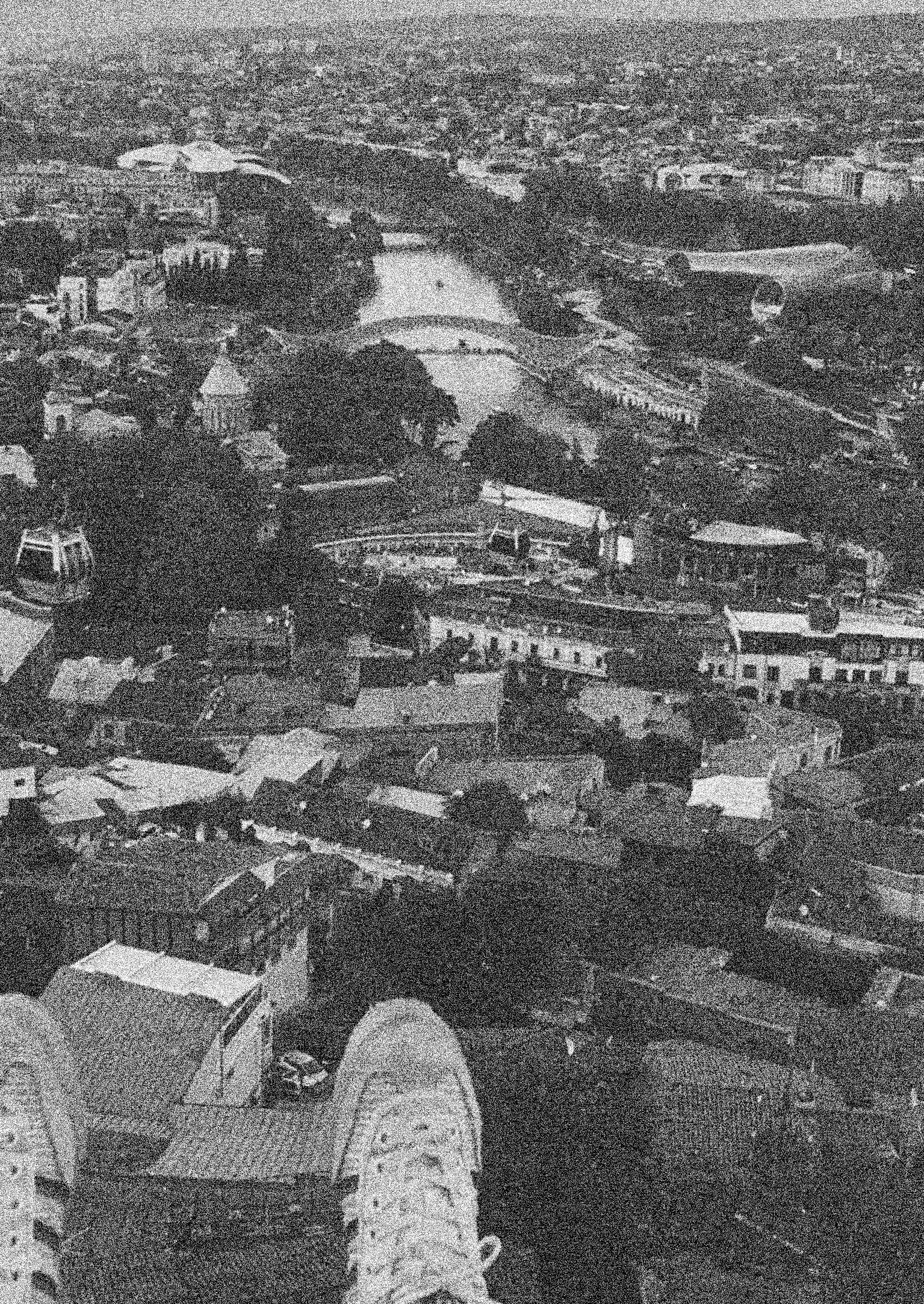
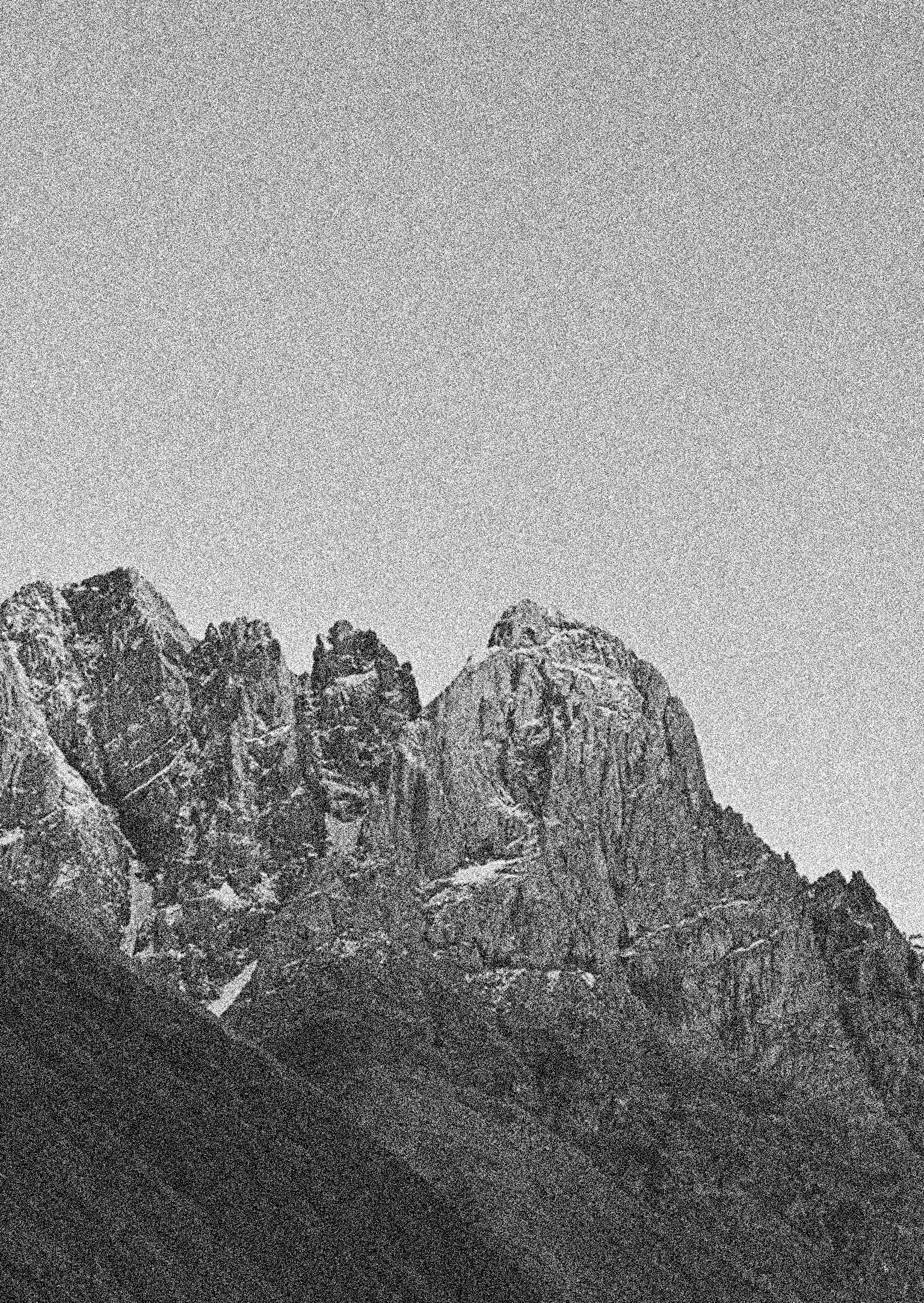
StudentWorks
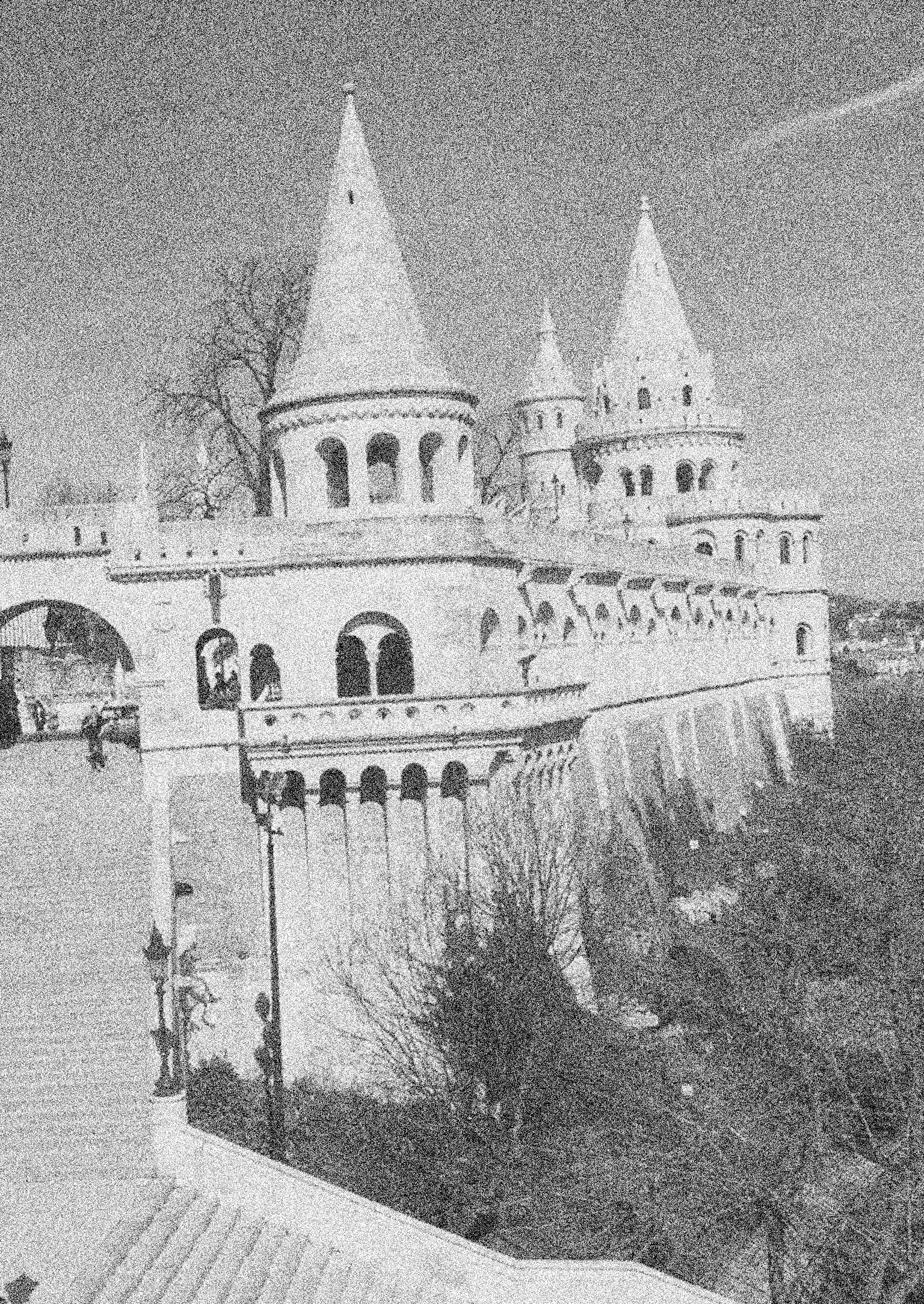
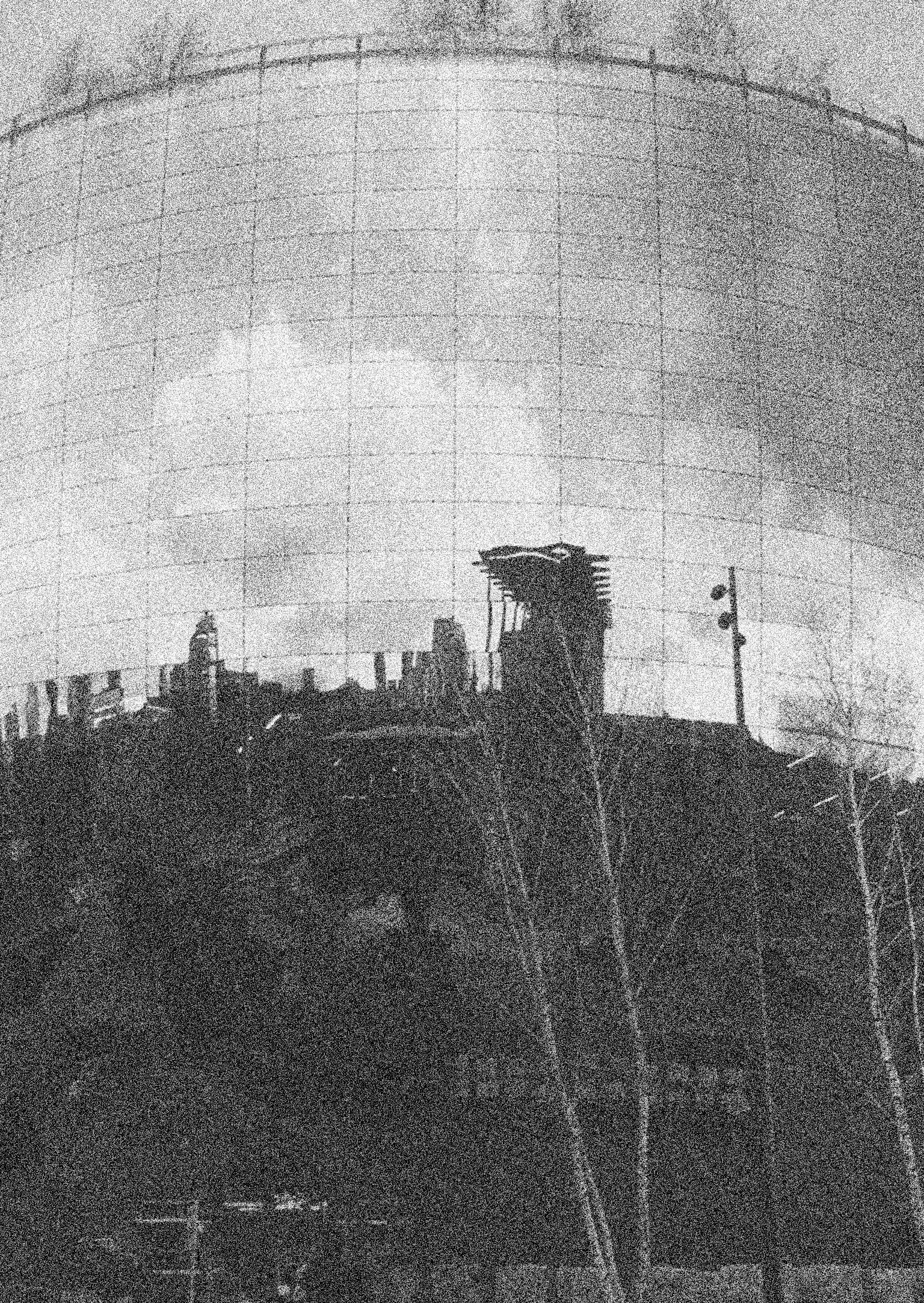
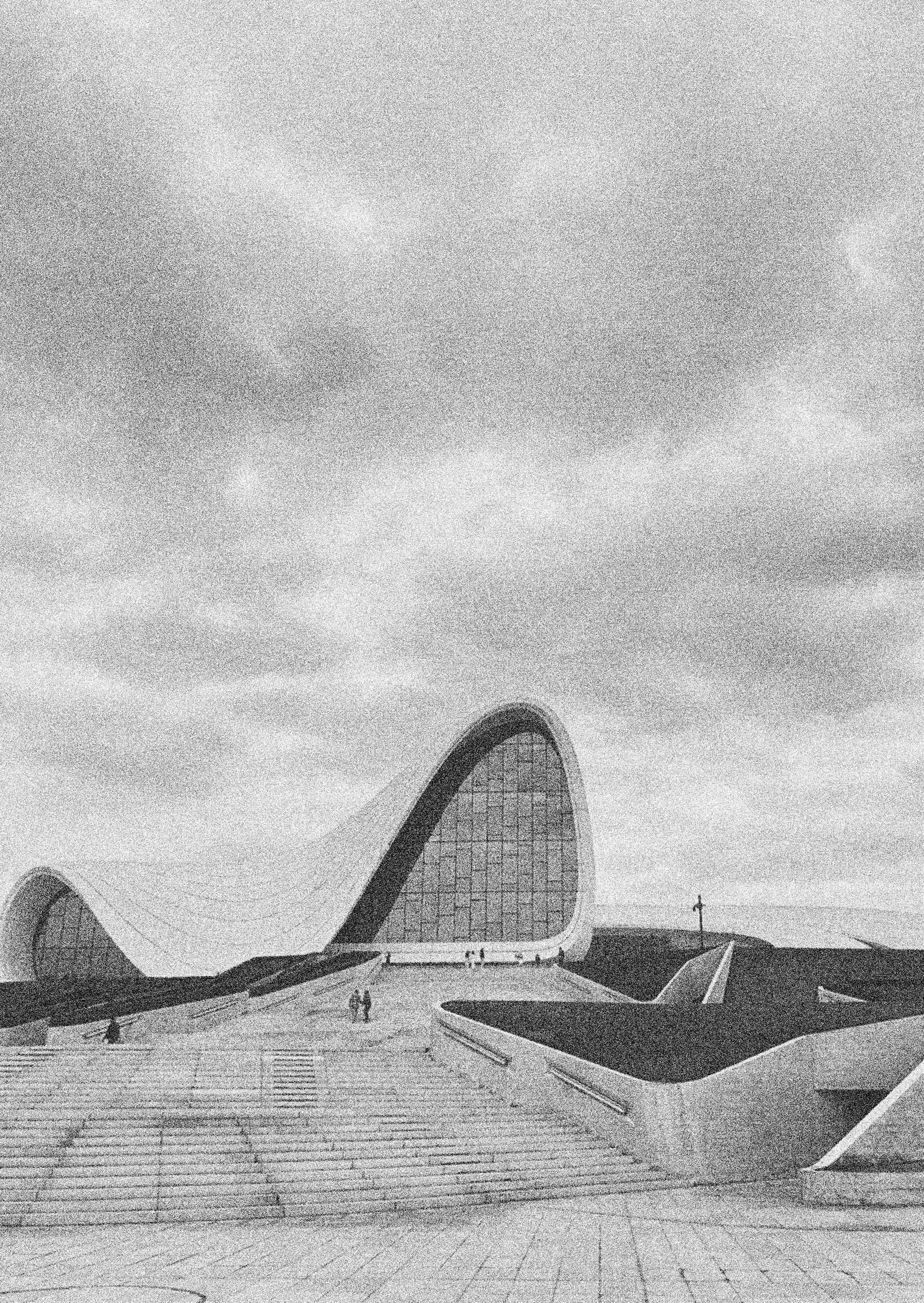
Studio 3
Master of Architecture (Part II) (Y2 Thesis)
From an ecological standpoint, the architectural concepts for rehabilitating the Stockport Merseyway were given careful consideration. Every single activity on the site, from demolition to retention and addition, was thoroughly scrutinised to provide a carbon-neutral environment. In response, counter suggestions were made to further challenge our project goal, in addition to successfully justifying the activities being presented. We designed it in such a way that it completely transforms the old Mersey way, which was built during the Modernist period and prioritised people’s ease of living, into the new Mersey way, which caters to the needs of the hour, namely, conserving and protecting what we have left after years of natural exploitation. This location in particular cried out for rehabilitation because it encompassed not only the river’s diverse ecosystem but also the emotional bond that people felt with it.
One of the most difficult aspects of the design process was determining how we would incorporate the new research on the edges while keeping carbon counting in mind. We tackled it in several ways, one of which was to have minimal interference while producing maximum ecological diversity. This resulted in introducing rather than restoring, which was the opposite of our goal. The next step was to deculvert the Mersey River.
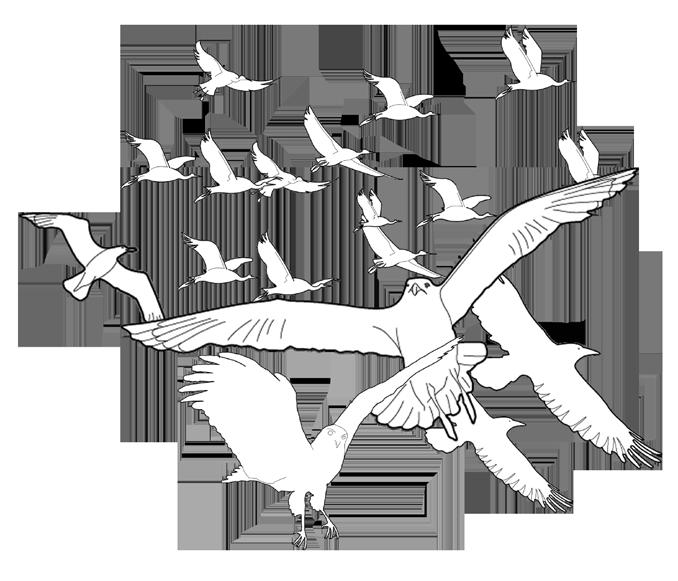
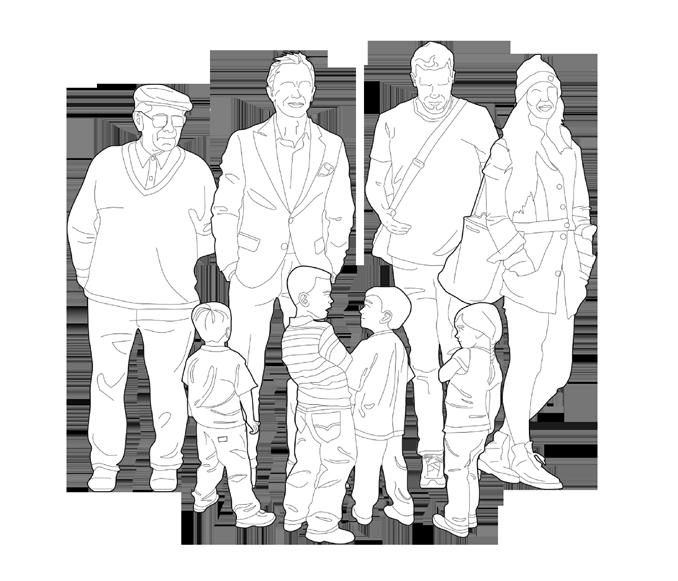
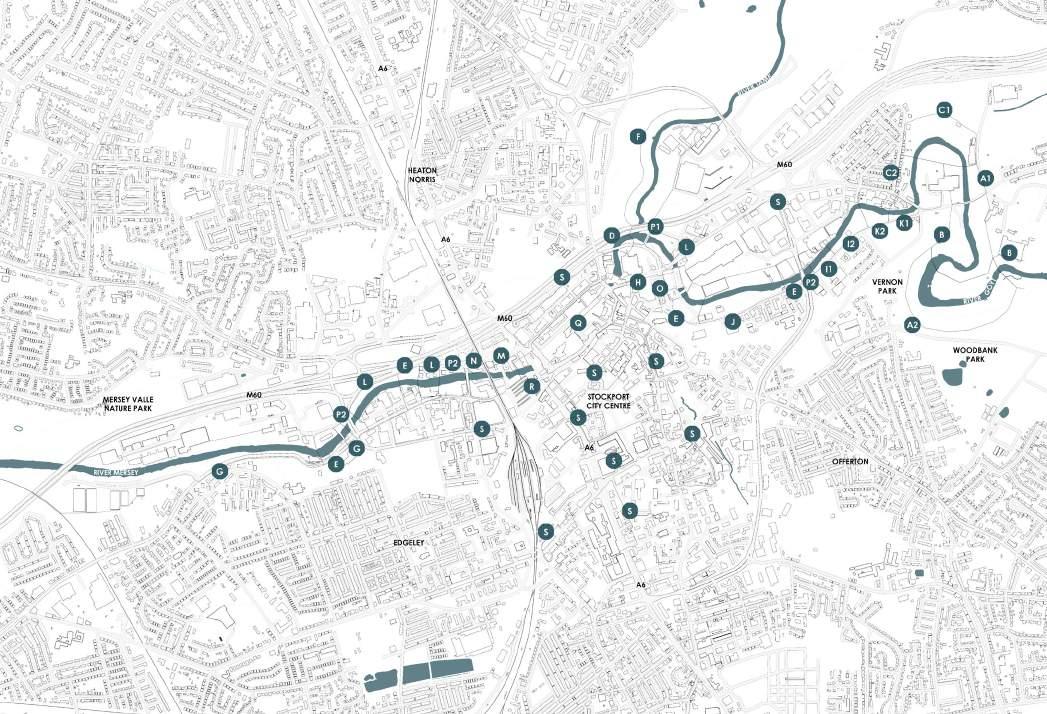




(roof)scape
A careful examination of edges and their relevance in nature was a significant piece of research in our last unit (S1 & S2) because it revealed a lot of information about different sorts of edges found in nature. We have selected river edges as our focus point for our thesis project because we know that rivers are vital ecosystems that support a diverse range of plant, insect, and fish species. Our native birds and lizards benefit from this meal. The riparian zone is particularly important to the river ecology since it is where the majority of animals and plants seek refuge, yet it is also the area most vulnerable to erosion. We can assist avoid erosion and improve the water quality by protecting this margin. Further research into how these edges cater to distinct habitat typologies aided us in selecting the species to focus the project on.
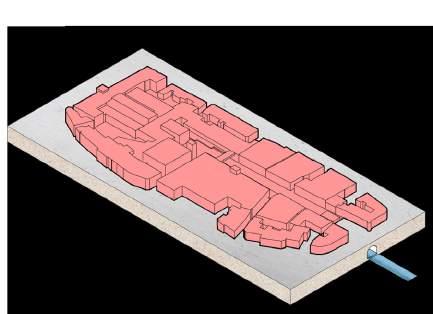
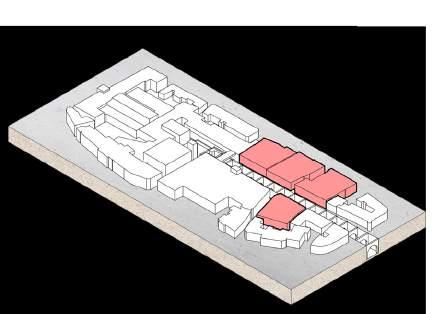
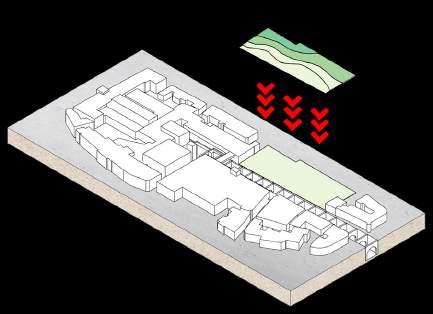
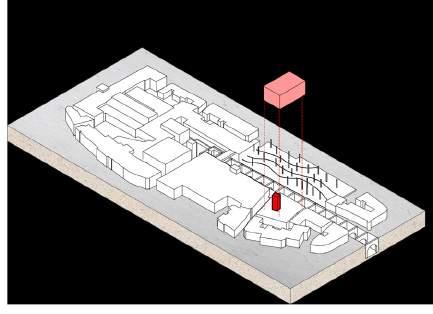
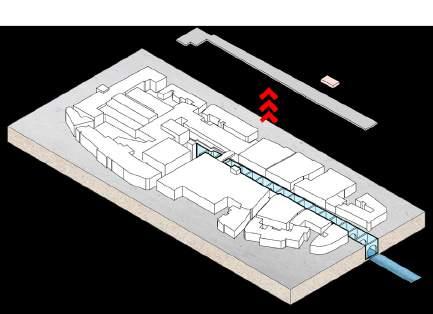
RiverMersey
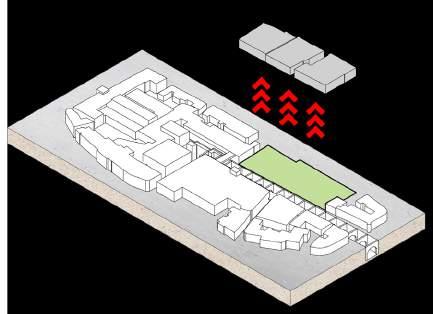
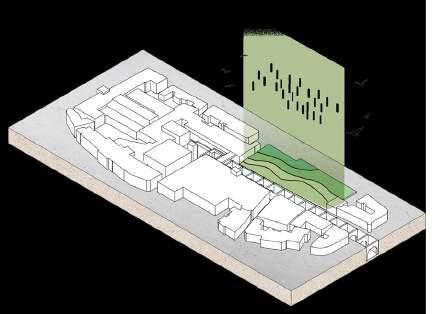
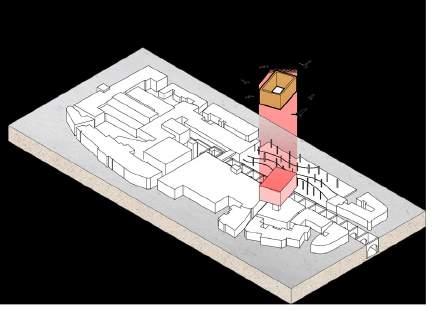
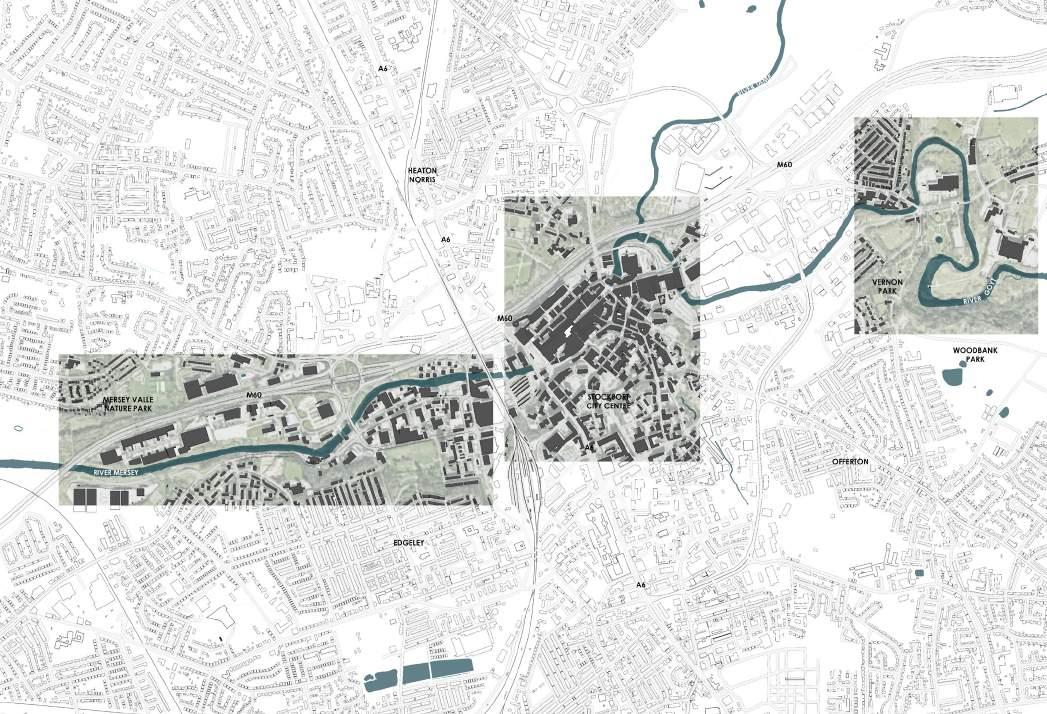


Making the area more open
Making the area more green
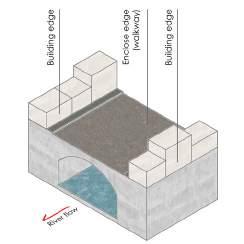
- Lack of vegetation area
- Lack of maintainence
- Lack of buffer zone
- Excessive open space
- High carbon emission zone
- Poor water management
- Culverted River Mersey
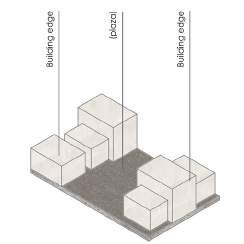
- Lack of vegetation area
- Lack of maintainence
- Lack of buffer zone
- High carbon emission zone - Poor water management - High dead and live load pressure
Area to Develop ‘The Confluence’
Confluences are investigated in a number of fields. Mathematical models are often used to study water flows and their repercussions. The overall pattern [downstream of confluences] of increased stream flow and decreasing slopes induces a commensurate shift in habitat features
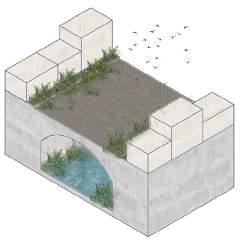
Edge Q Alteration
- Habitat creation
- Vegetation to reduce the water flow rate
- Green Instalations for habitat
- Built environment alteration
- Surface drainage management
- Pavegen pavements
- Reconnecting River Mersey
- River based activities
- Green roofing
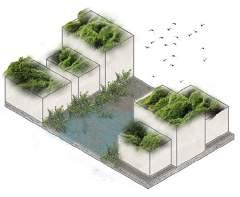
Edge S Alteration
- Habitat creation - Green wall creation - Built environment alteration
- Surface drainage management
- Pavegen pavements
- Climate tiles and bioswale creation
- Green roofing
- Artificial Water body creation
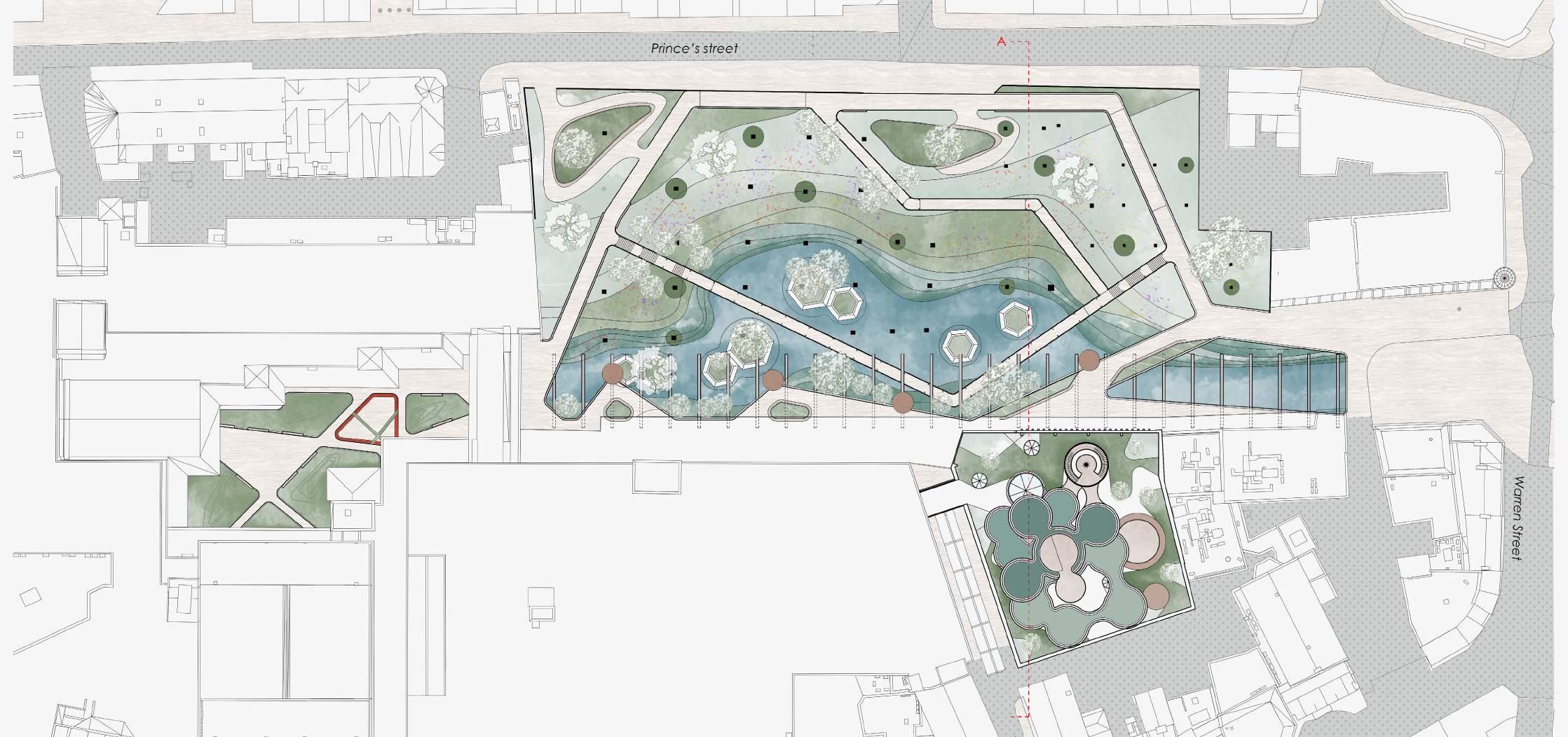

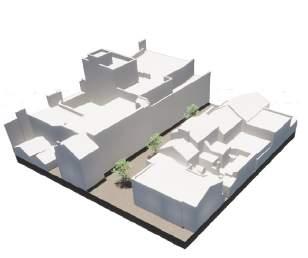
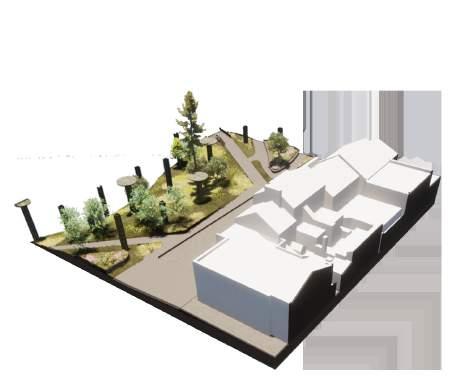
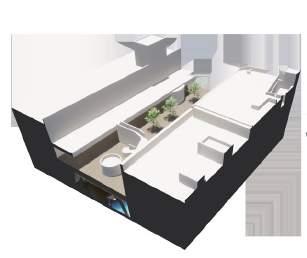

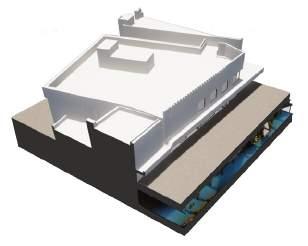
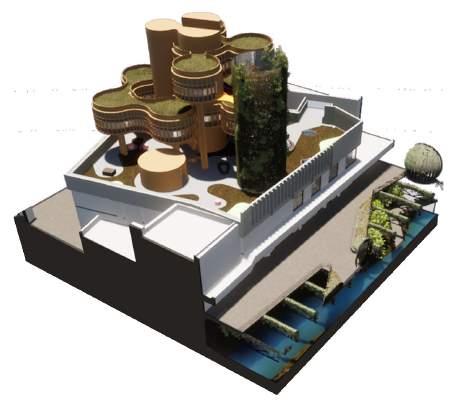
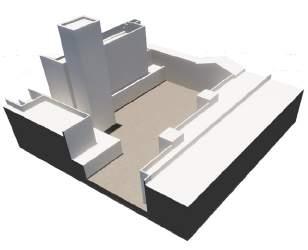
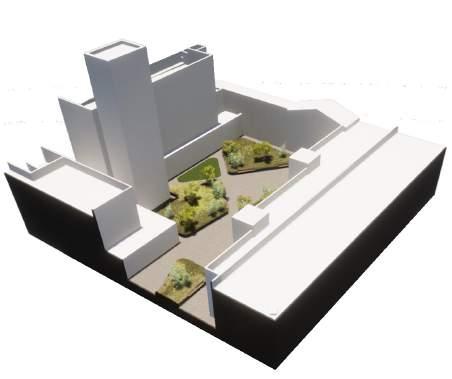
The Masterplan has been significantly impacted by the examination of several real-world studies and initiatives on the research question. The site’s four portions are divided up by the view, the river, the greenery, and the modern retrofit intervention. The site is still open to visitors in the same manner as before—from all directions.
A number of examples show how people and birds may coexist, including the old kiosk that was moved and replaced with a viewing pod. The centre, which was once culverted, has been changed into a contoured landscape to allow water to percolate into the area and lessen flooding issues at the location. Additionally, the river bank has been extended, and various wetlands pod design elements have been positioned in the river to create turbulence in the water flow.
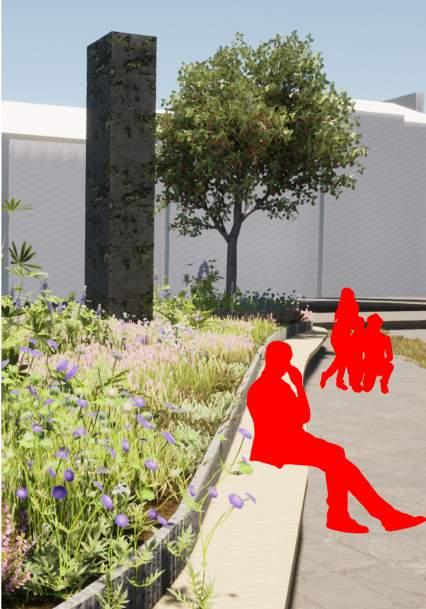
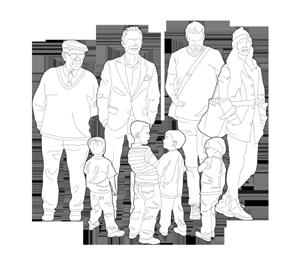
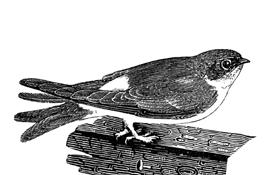
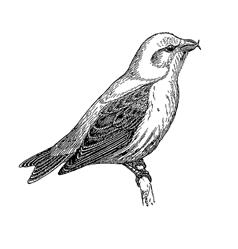
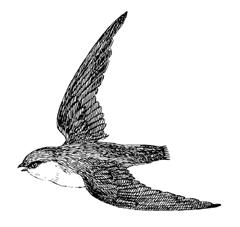
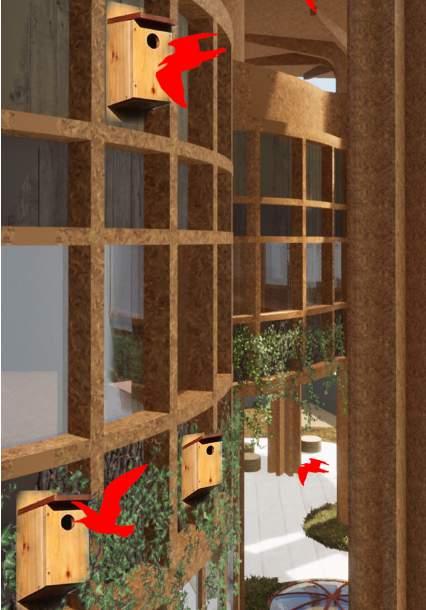
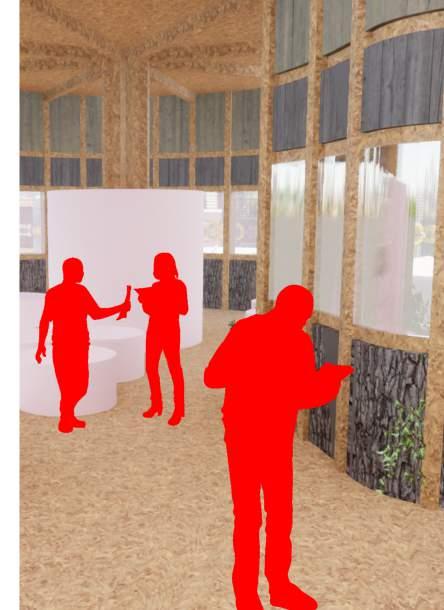
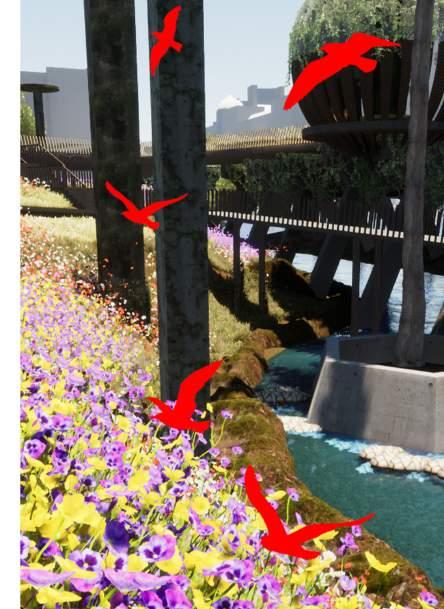
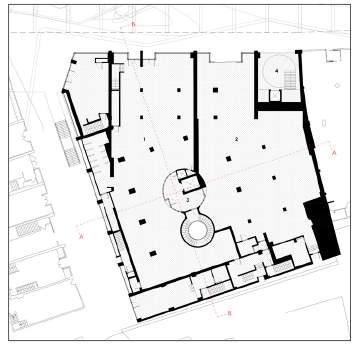
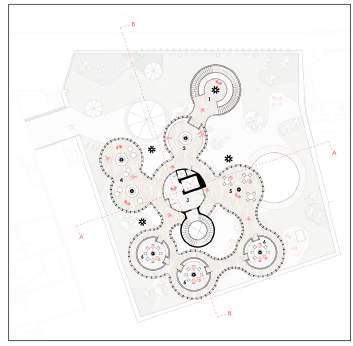
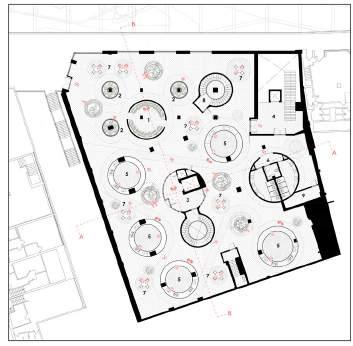
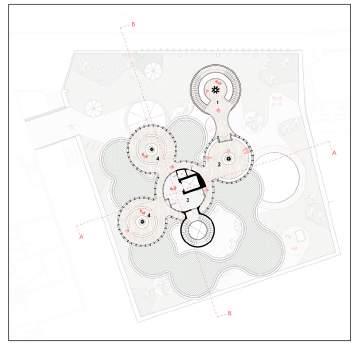
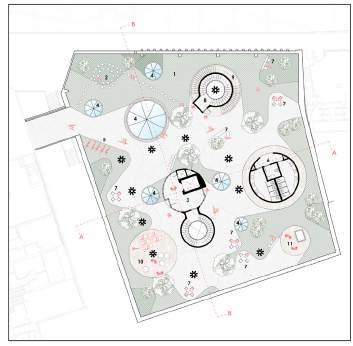
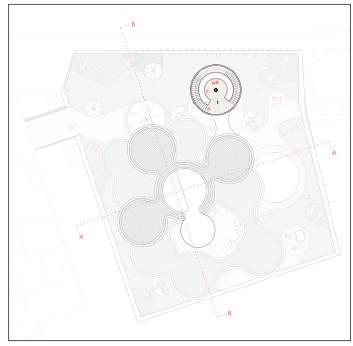
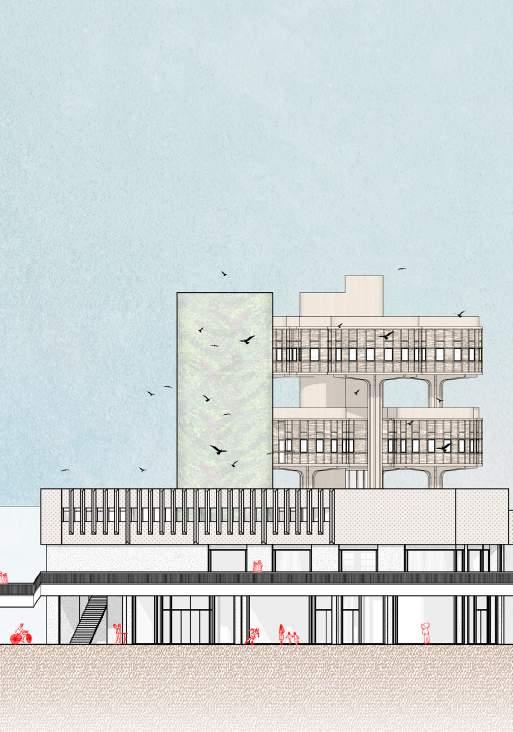
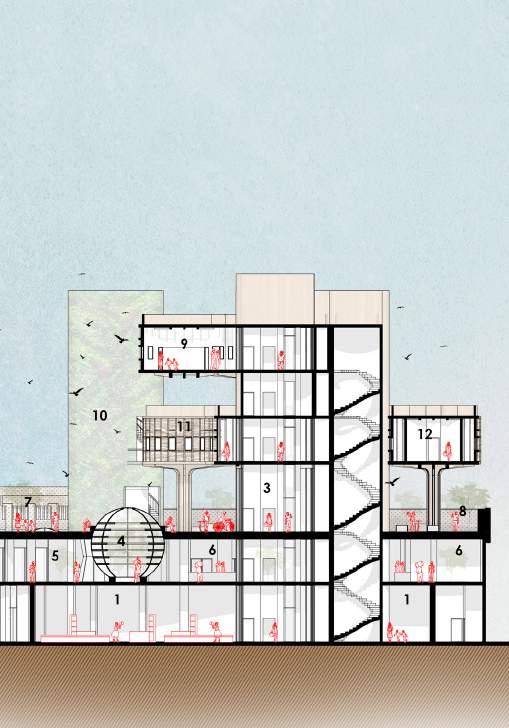

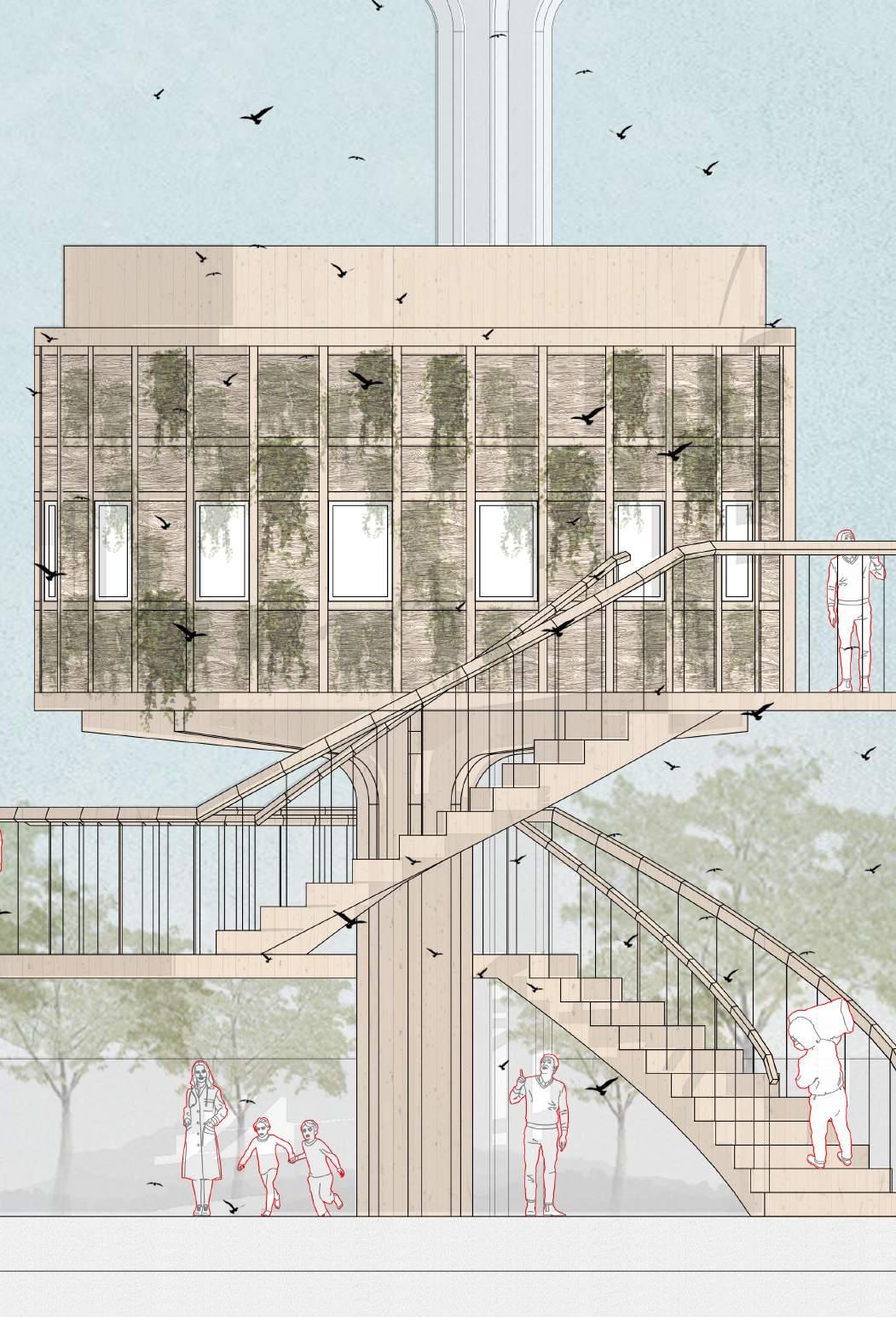
Habitable element
We think it’s a smart approach to take the existing structure into account when deciding where to place the planned “habitat pods,” and it demonstrates a good understanding of structural methods for architectural projects.
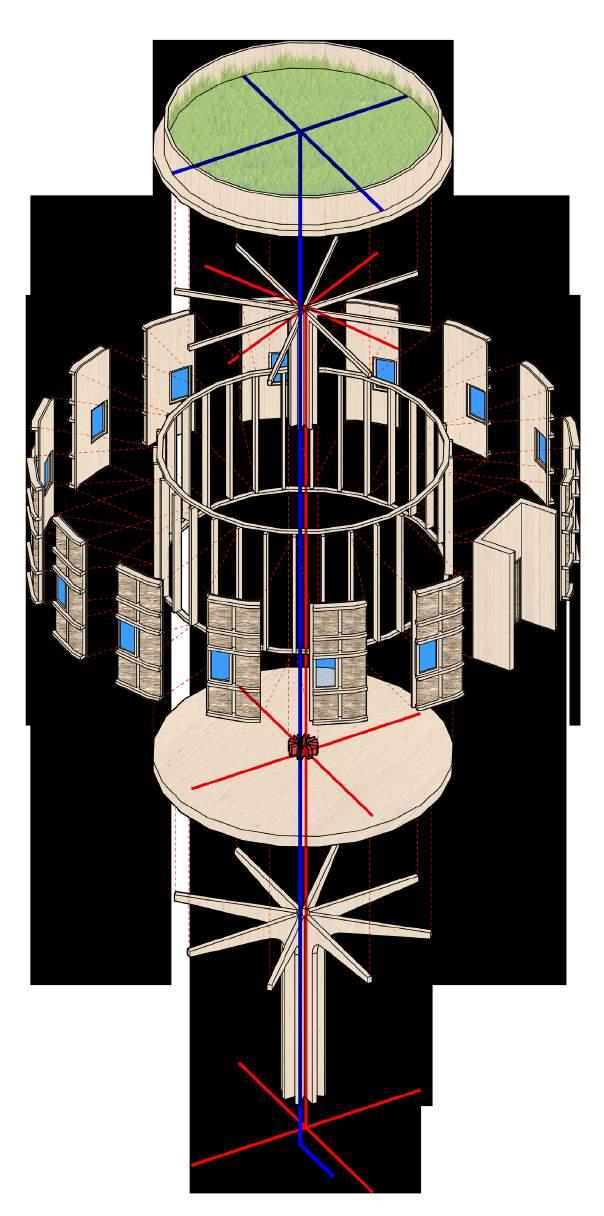

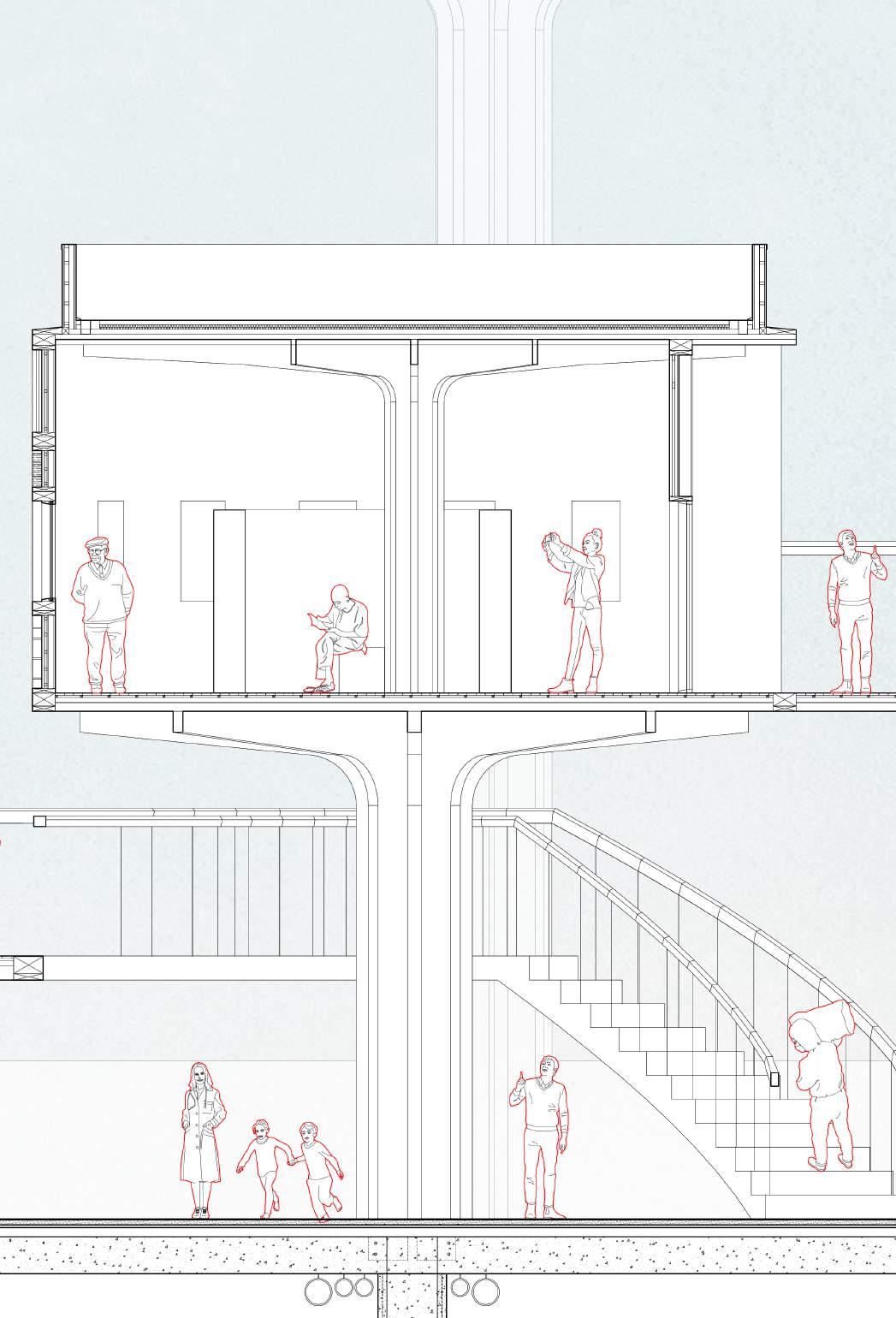
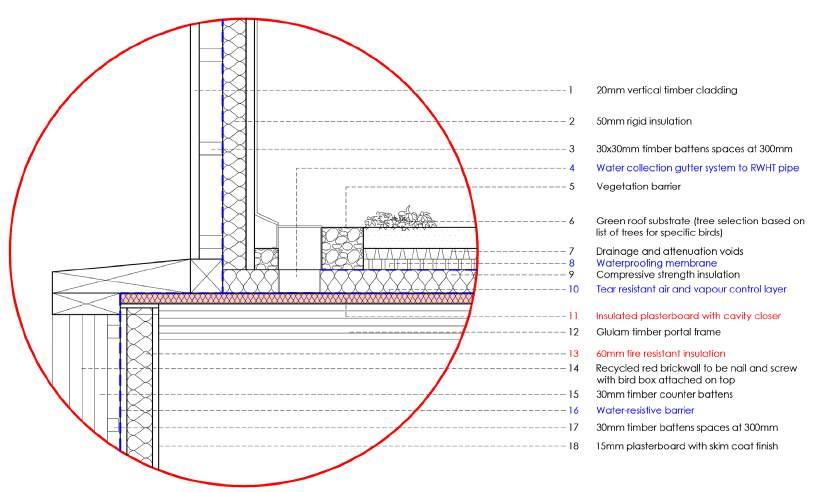
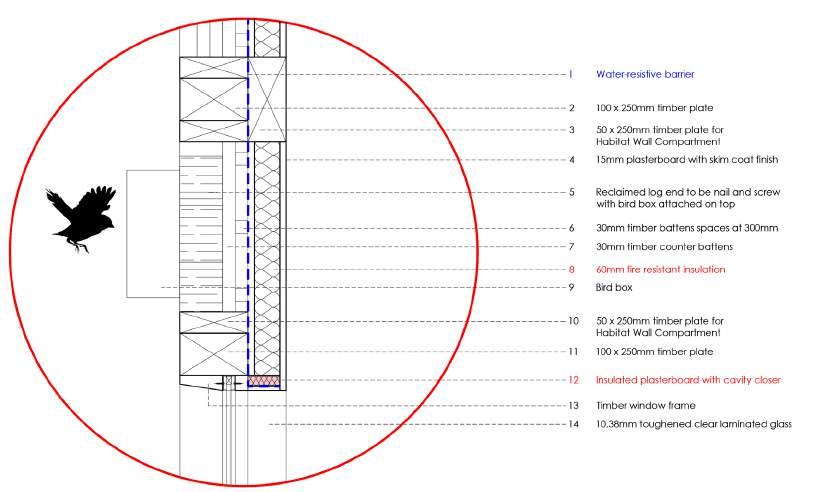
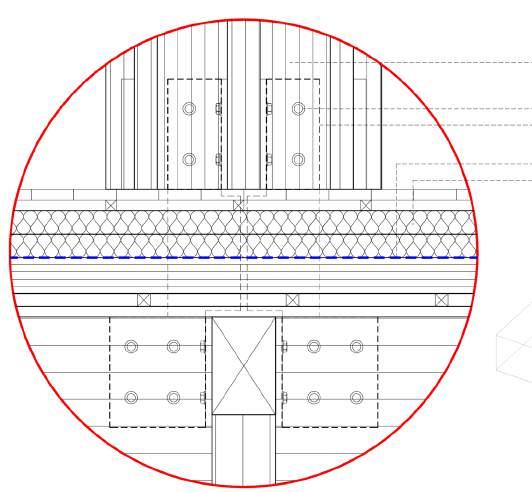
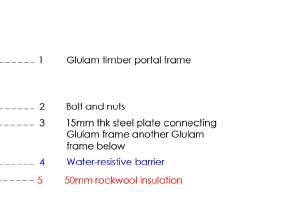
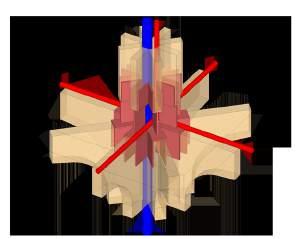

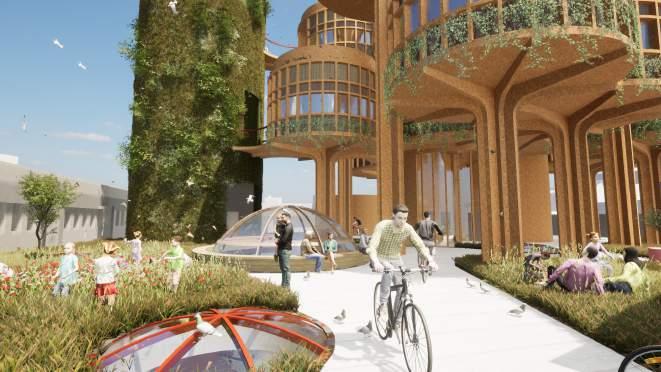

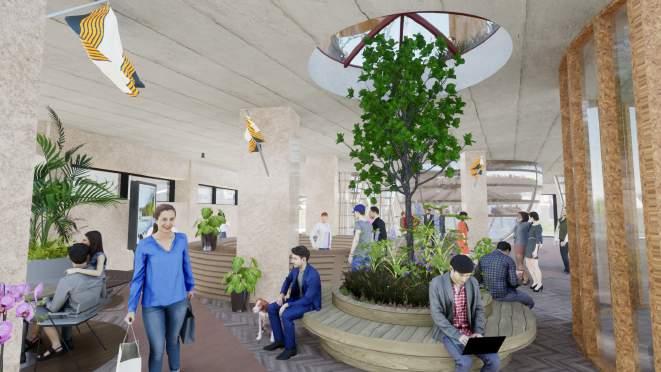

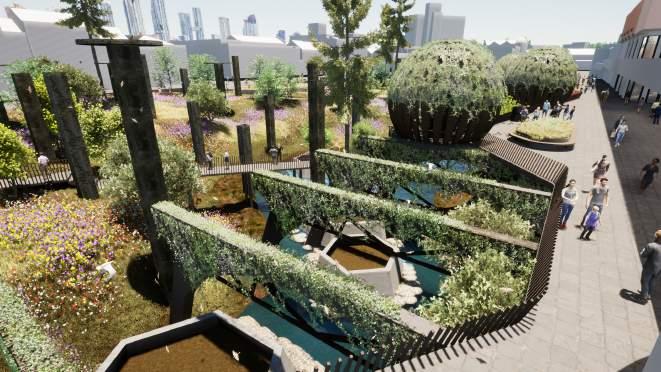

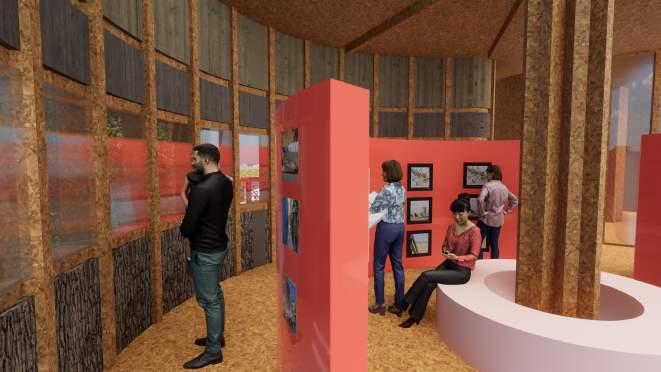
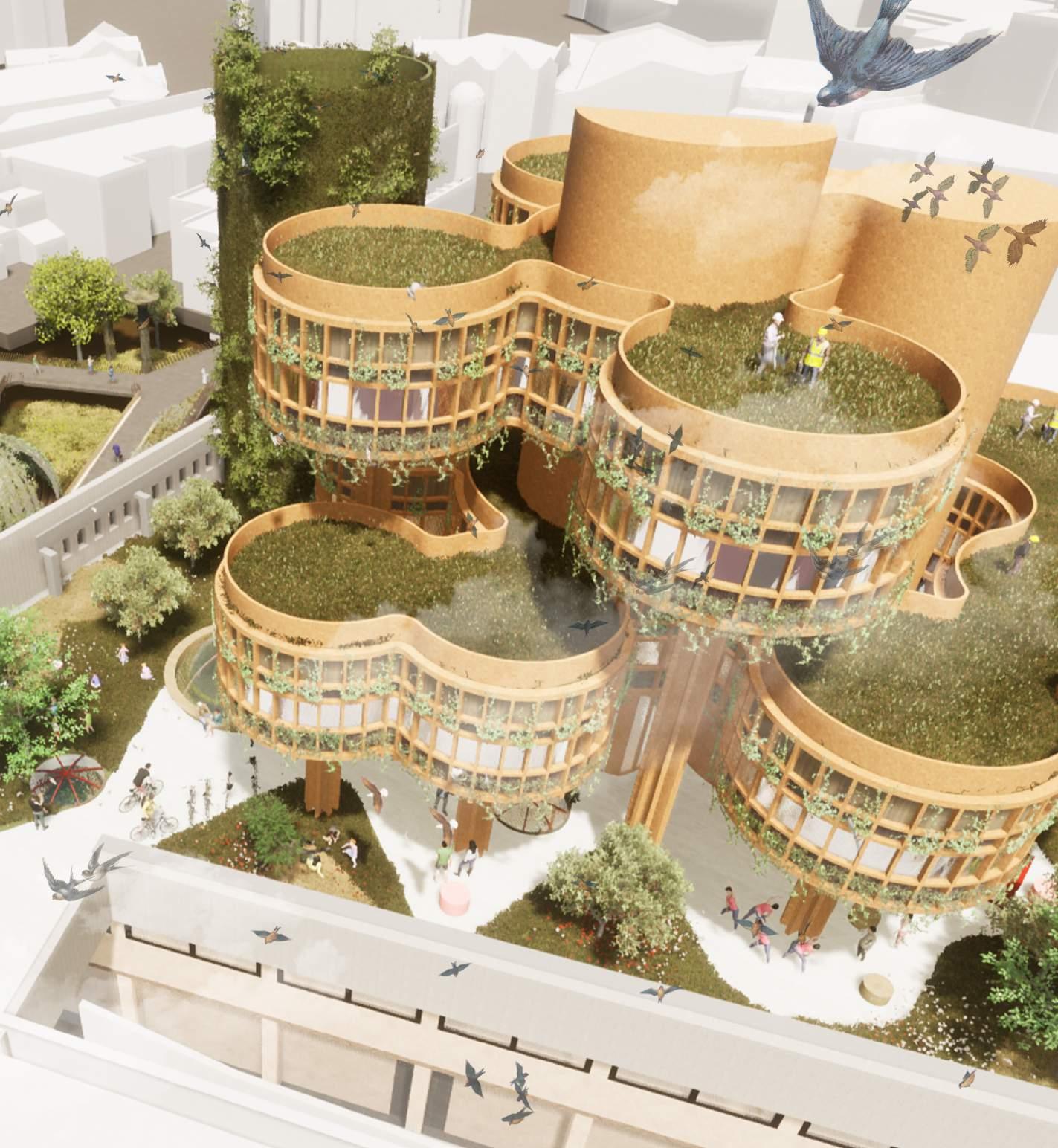
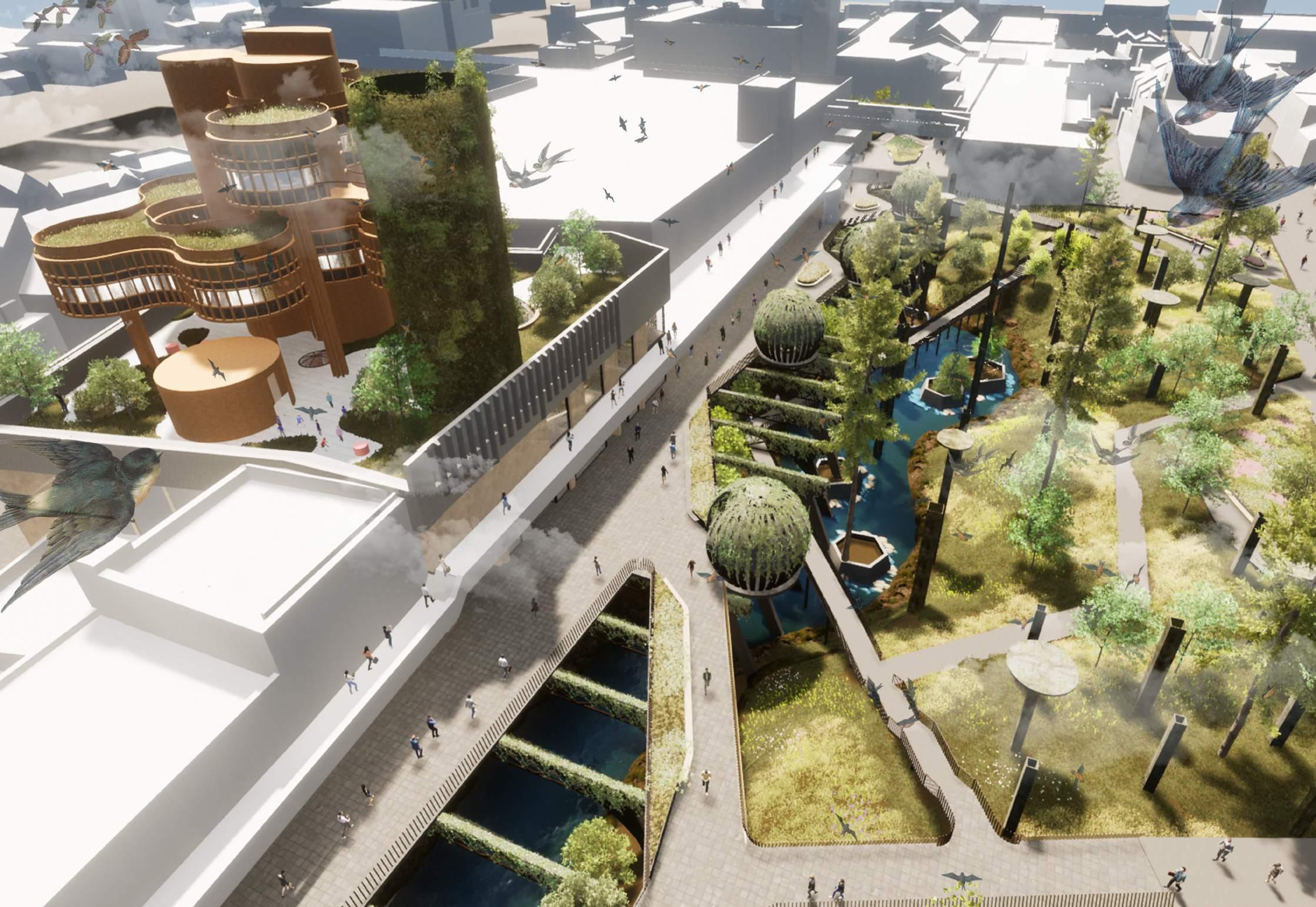
Professional Studies 1
Master of Architecture (Part II) (Y1)
During the covid-19 lockdown, over 40,000 small businesses in kuala lumpur, malaysia were rendered defenseless either to a reduction or a complete loss in income due to the movement restriction order by the government. Our project aims to effectively analyse and identify this group of people and communicate how they are marginalized, and design a co-housing community with a mix of private and communal space which explores and addresses their specific experiences of exclusion.Our aim was to provide a housing scheme that would provide a work life balance for the users whilst keeping in mind the strategies need to combat the hot and humid climate in malaysia. Making sustainable choices in terms of materials and well as environmental systems and strategies were considered early on which was initiated by the seminar on the effect of the anthropocentre.
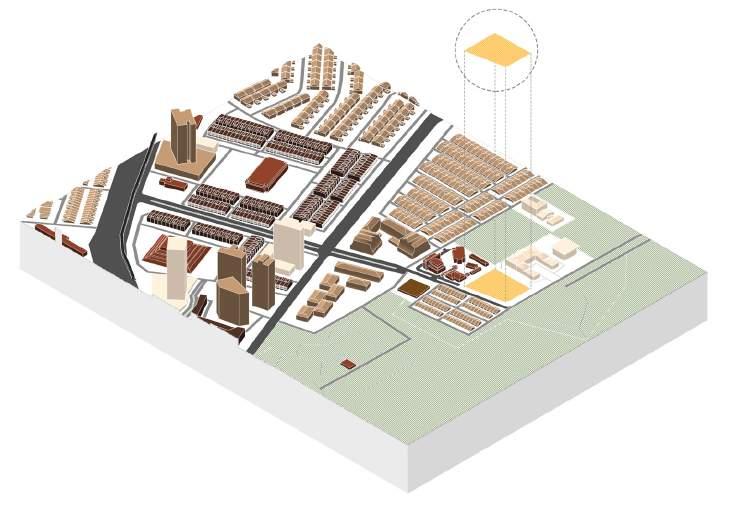

Spatial Elements & Interactions
10 Places in Kuala Lumpur are generally perceived as the “prime” areas for central business district. These 10 prime areas are, kuala lumpur city centre (KLCC), bukit bintang, kampung attap, kuala lumpur sentral (KL sentral), bangsar, bukit damansara, bukit tunku, dutamas, mon’t kiara and taman tun dr. Ismail (TTDI). Once a rubber plantation, TTDI has since been transformed into a sprawling urban haven, complete with beautiful residential properties and it’s cheaper than neighbouring mont kiara.
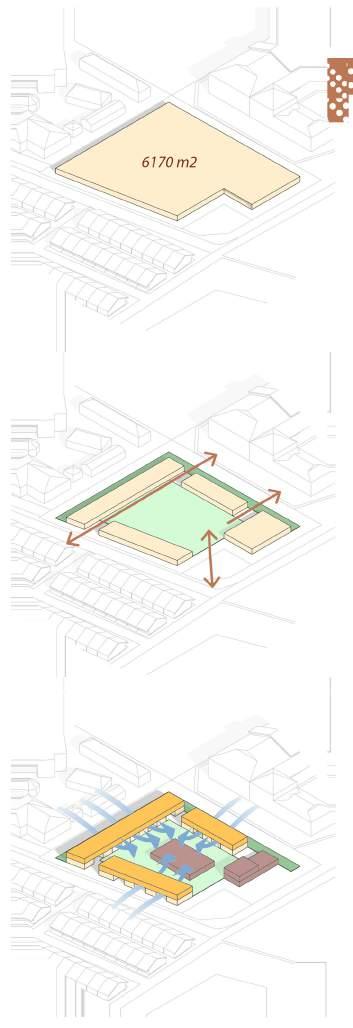
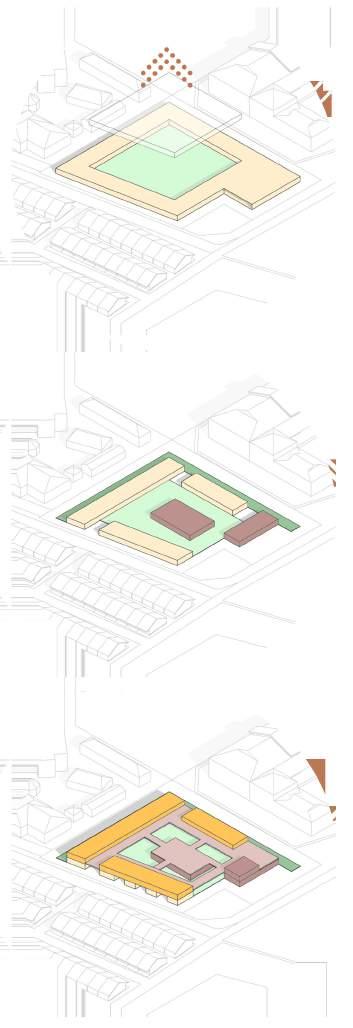
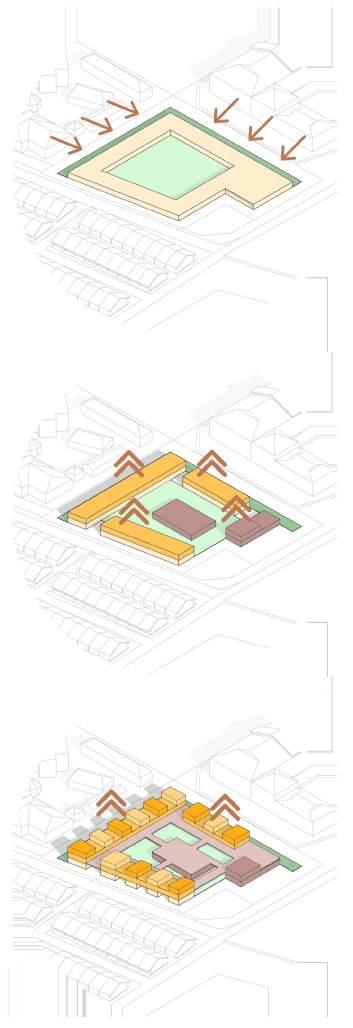
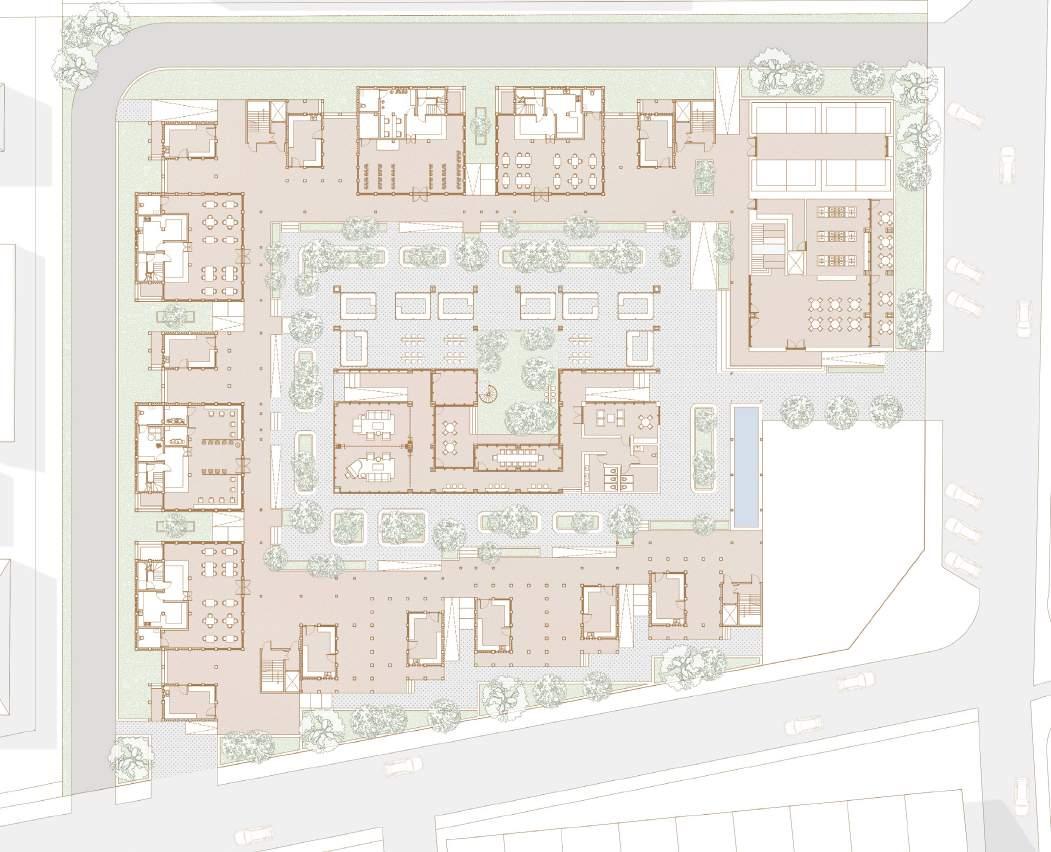
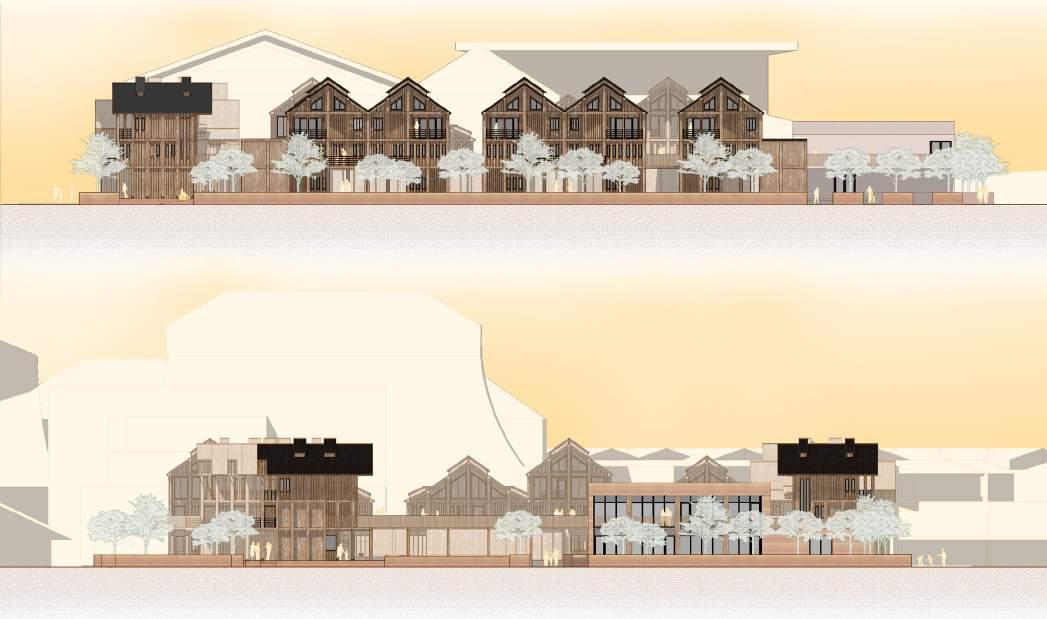
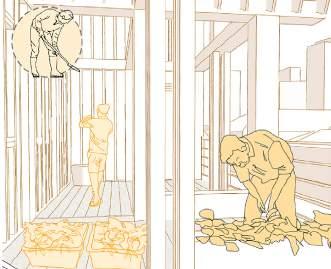
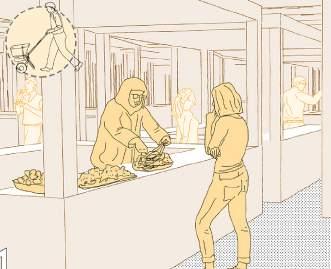
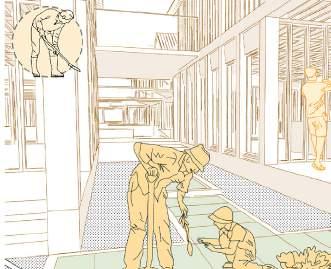
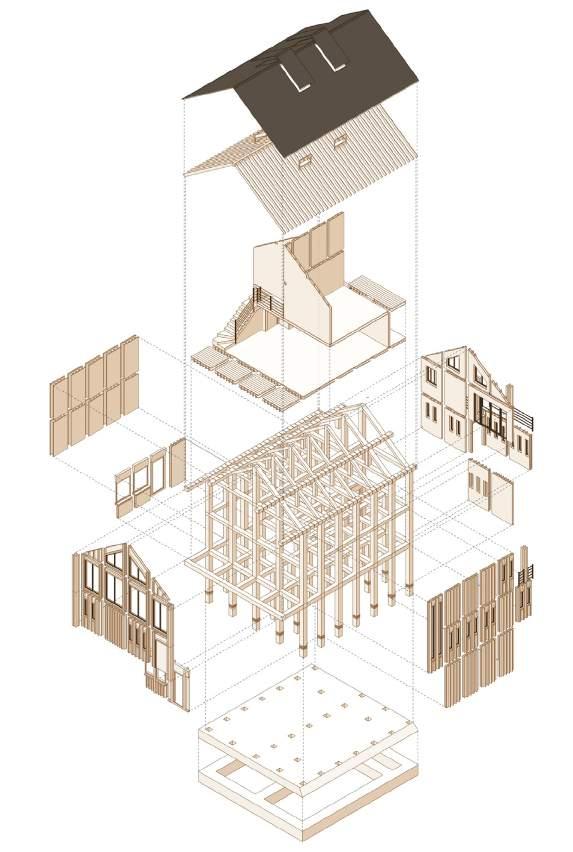
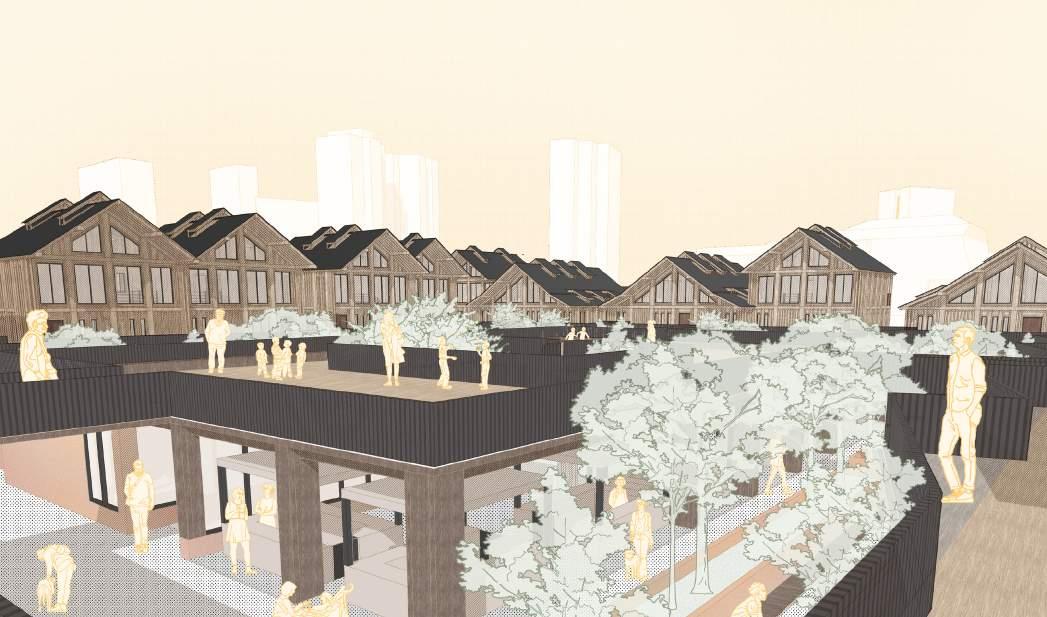
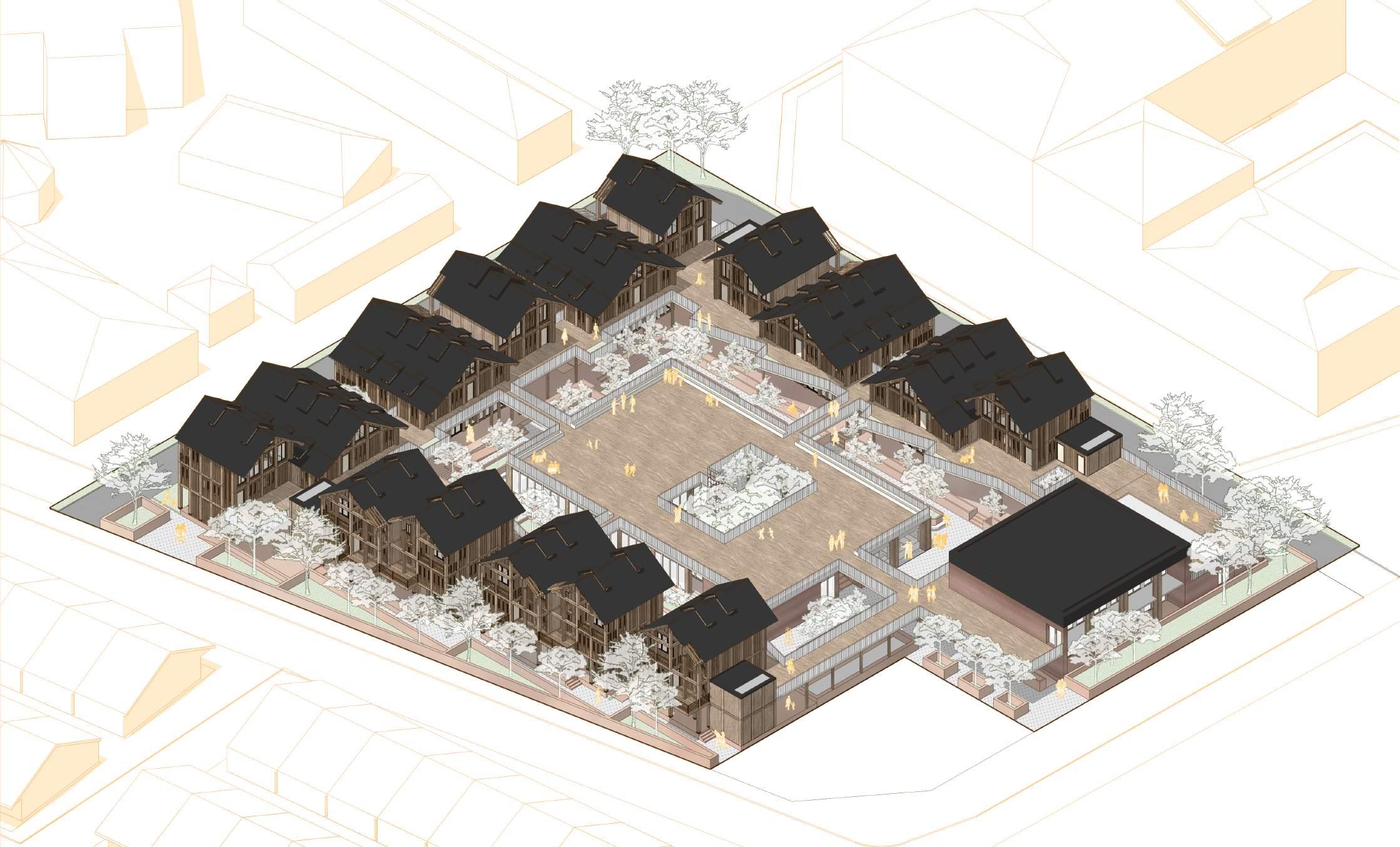



Professional Studies 2
Master of Architecture (Part II) (Y1)
In pursuit of addressing the primary research question centered on meeting the needs of business owners, our project set out to establish a fresh market area while strategically addressing the challenges posed by the upcycling scheme concept. Integrating the market space with a bike exchange not only enhances business prospects but also attracts a broader audience, encouraging multiple activities. Moreover, the envisioned section of Block 6 transcends conventional roles by incorporating a functional workshop and educational classroom, fostering equal access to employment and learning opportunities, thus enriching the community.
Careful attention was dedicated to our upcycling scheme within the new abattoir master plan formulation. Each building within the existing abattoir premises has been repurposed to align with the principles of the cycle scheme. Spatial arrangements have been meticulously designed to echo the original functions of the slaughterhouse, ensuring continuity while embracing sustainable practices.
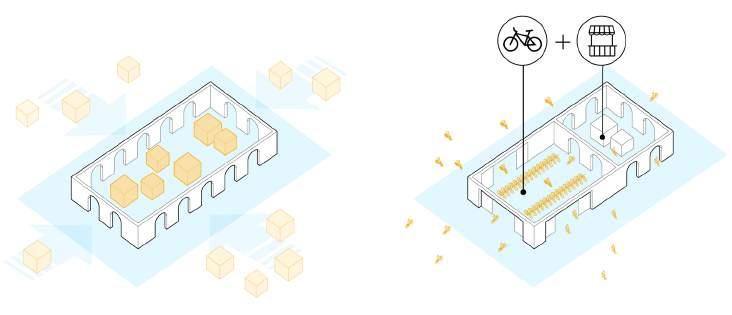
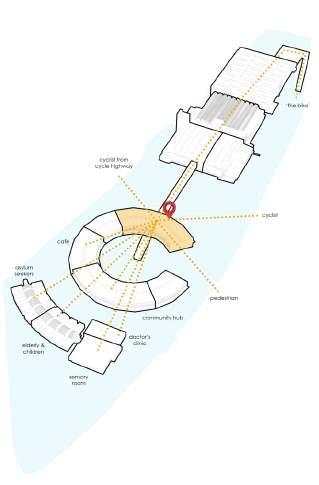
Massing Diagrams
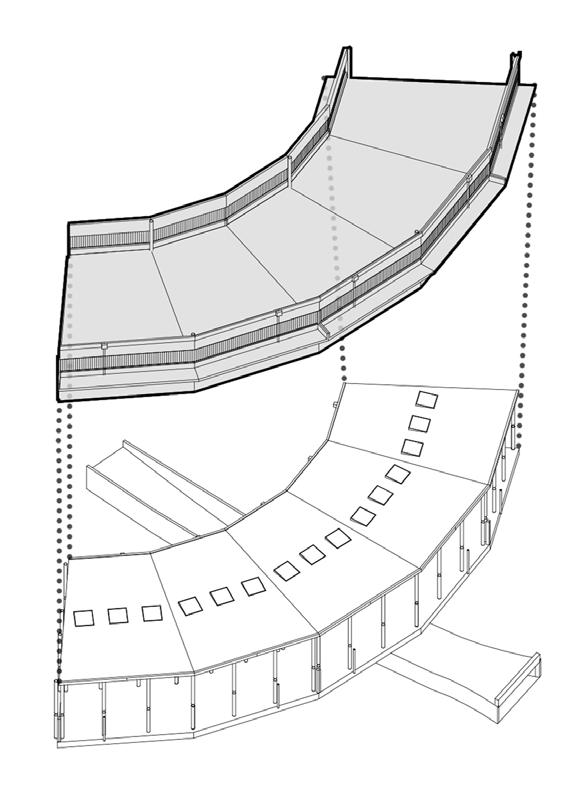
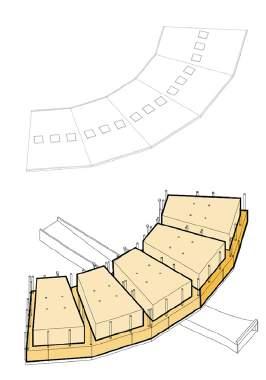
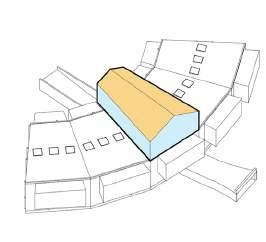
Block 6 of the abattoir site has been decided as a ‘Social Epicentre’ for the whole site from the early site design evolution. As market business owners in Manchester who were rendered defenseless due to Covid were one of our targeted groups for this project, placement of new market space in this part of the building and the bike exchange area are suitable. The location enables its visibility to become public spaces, and the building’s program is designed to encourage a socialize and growth of sustainability that could help encourage to come to the market area. The method of producing iterative drawing taken from the seminar and tutorials throughout our project to diagram the thought-out project has proven to be an essential aspect of the design process.
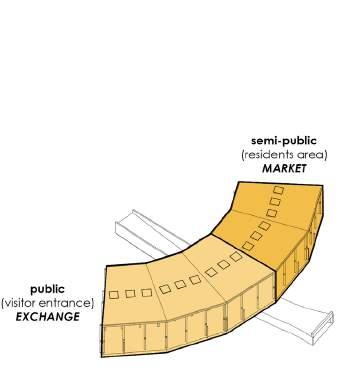
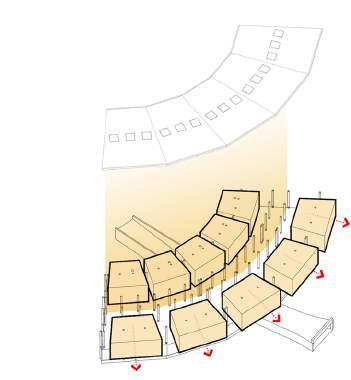
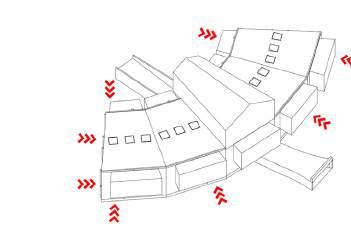
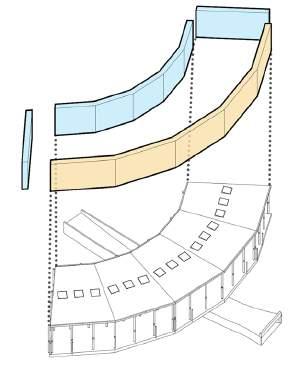
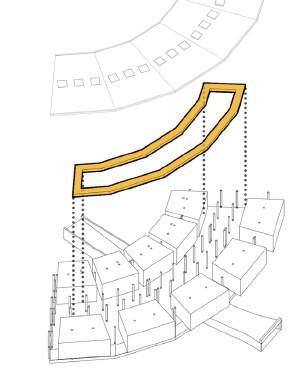
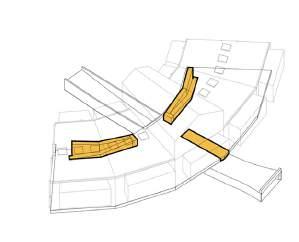
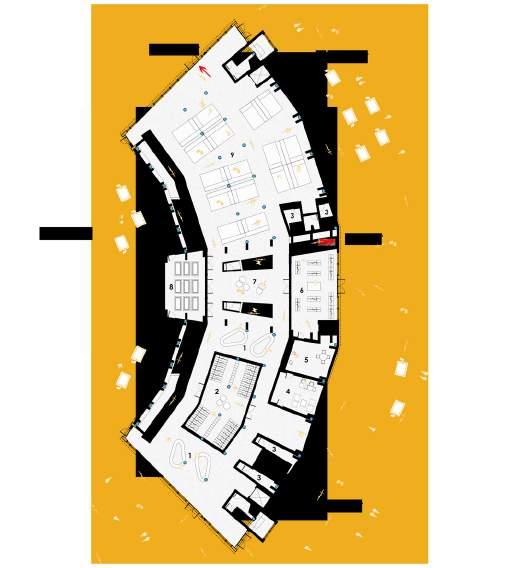

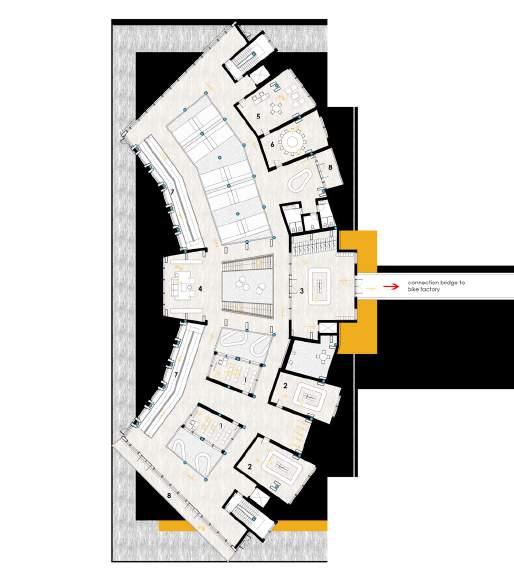

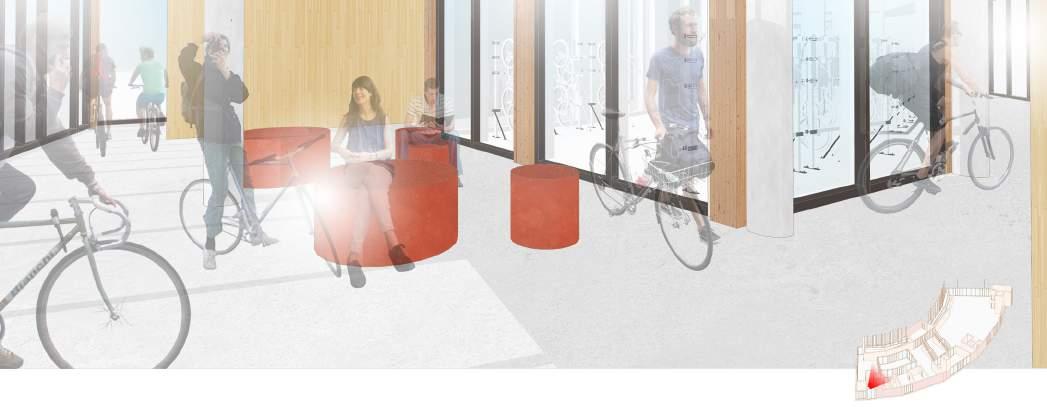
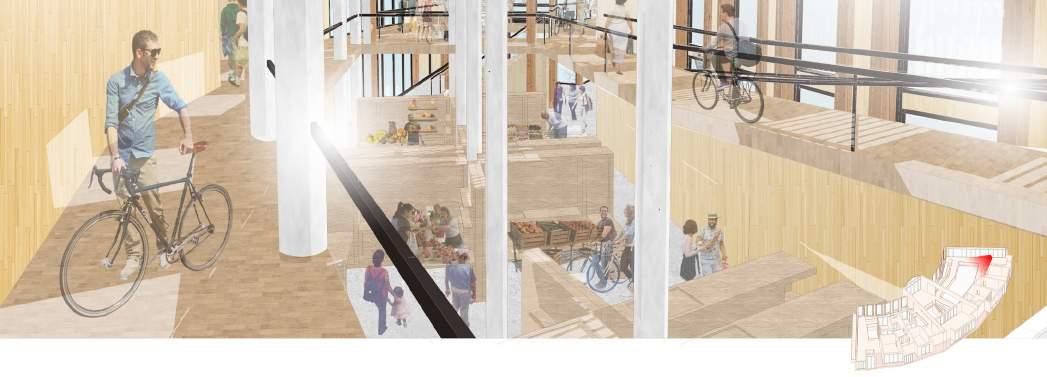
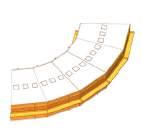
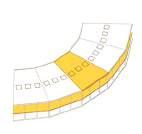
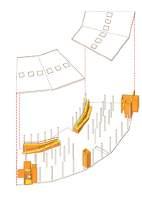
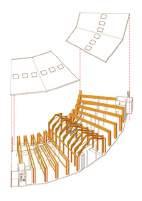
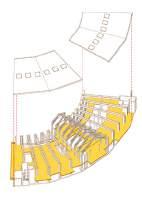
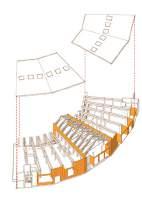
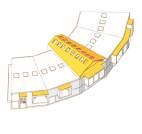
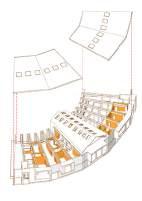
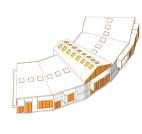
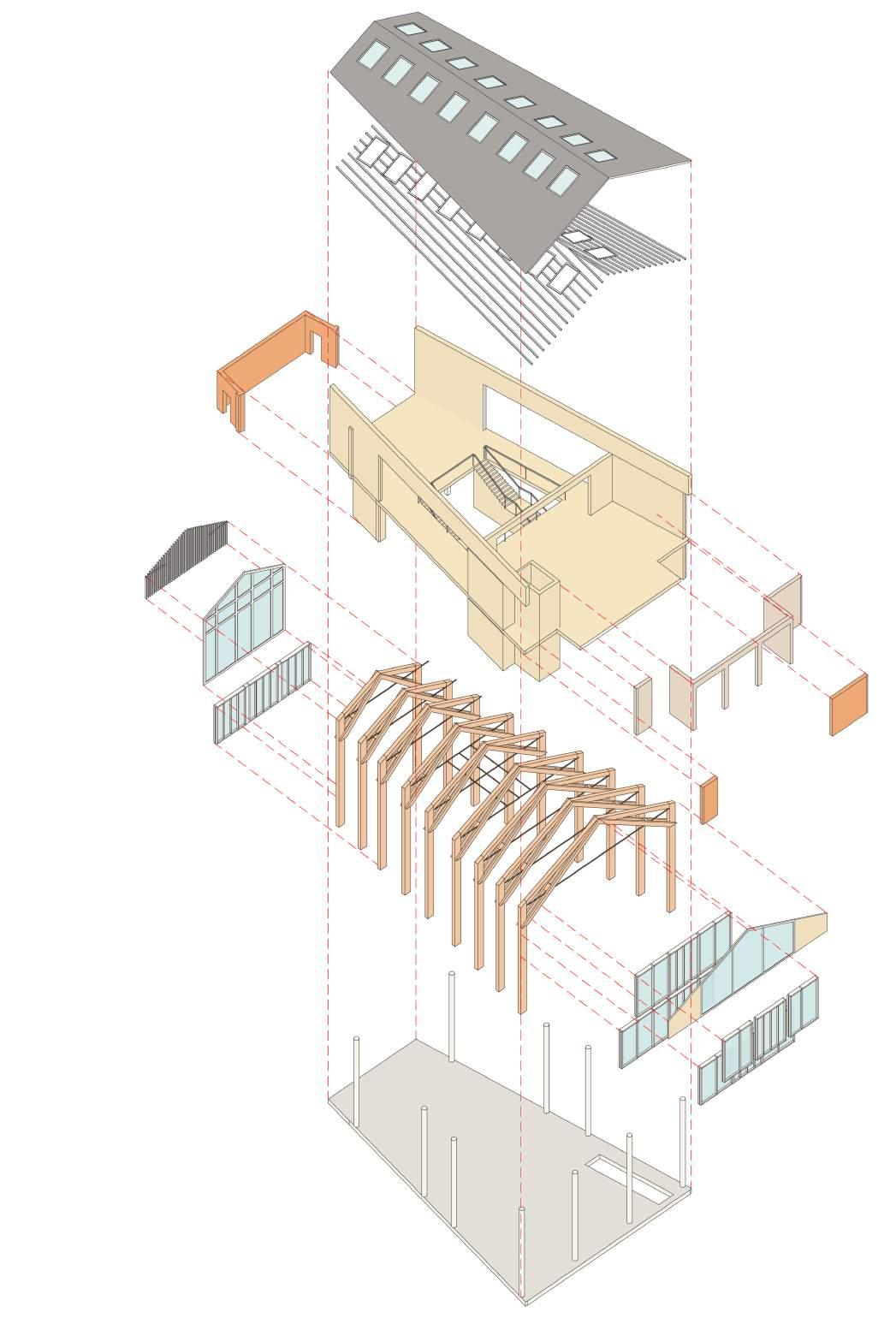
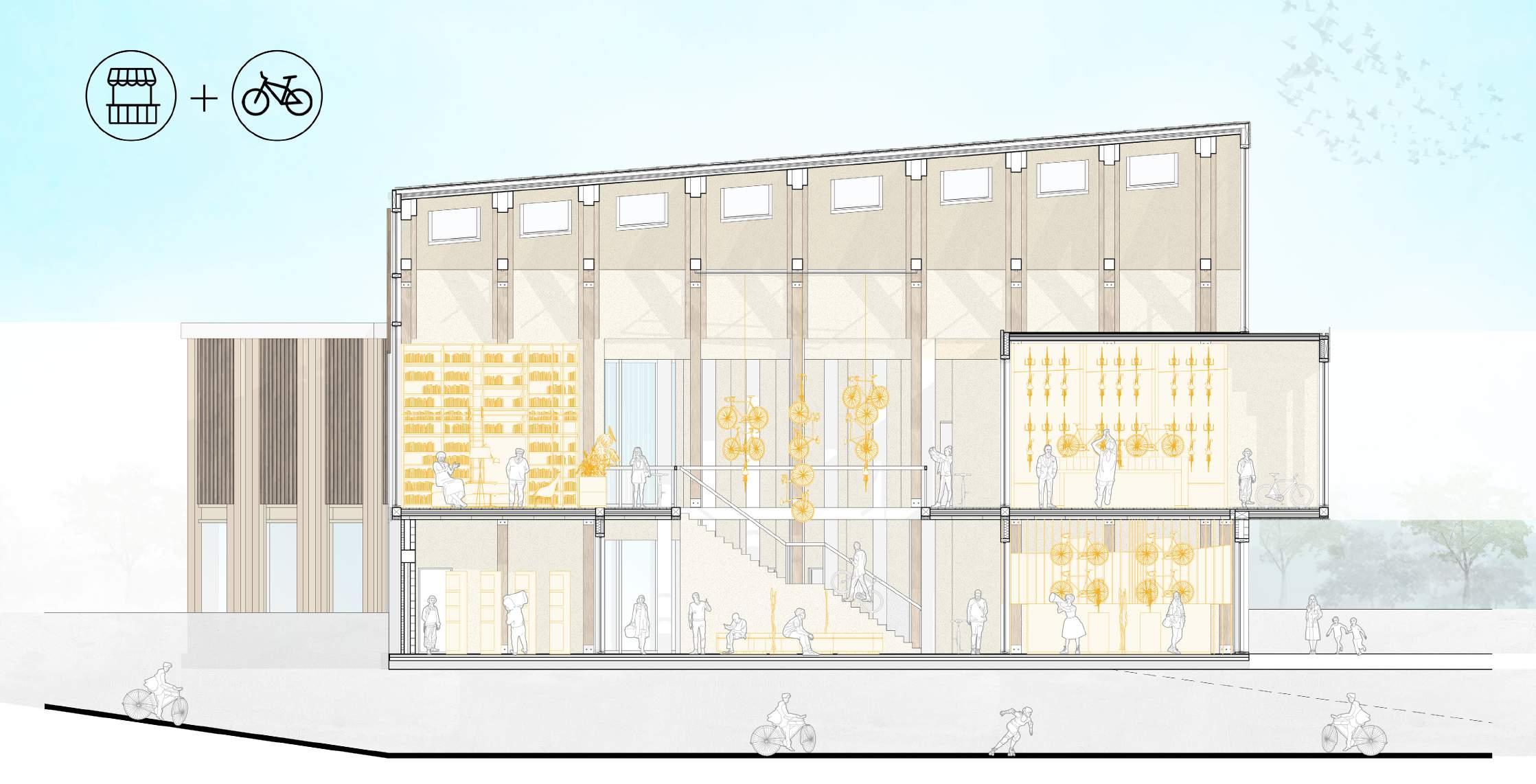

Student Lifestyle- Hub
Bsc Architecture Hons (Part I) (Y4)
Acknowledging the evolving landscape where learning and social interactions intersect seamlessly, this project redefines the boundaries between secure and non-secure areas of the site, fostering a deeper integration of informal learning, social engagement, and recreational activities. By aligning with students’ expectations for vibrant campus life and amenities, the project aims to enhance the overall student experience. Functionally, the spaces are composed of adaptable units that can easily transition, adjust, or be customized to accommodate diverse programmatic needs. Two key elements are incorporated into the design of the student hub: acting as “attraction agents” to stimulate a variety of functional possibilities and providing spatial configurations conducive to cultural elements and interactive environments. This project prioritizes an economically sustainable system that embraces principles of flexibility and temporality.
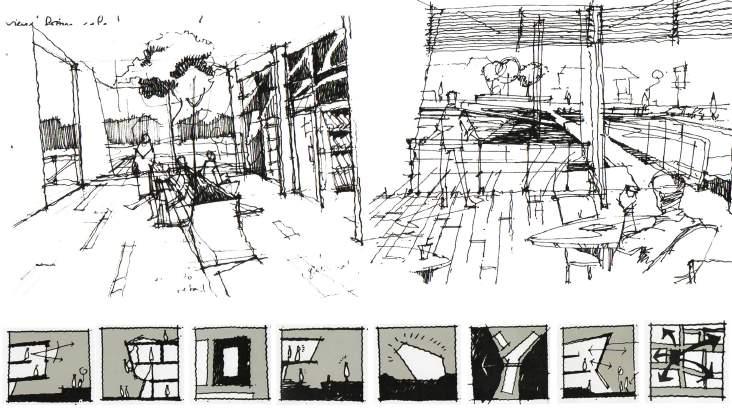
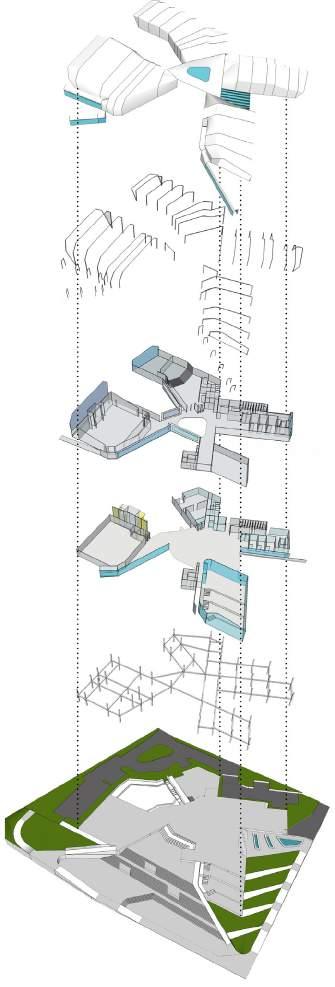
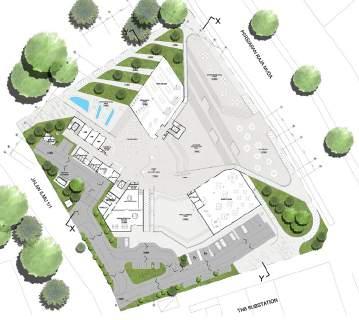
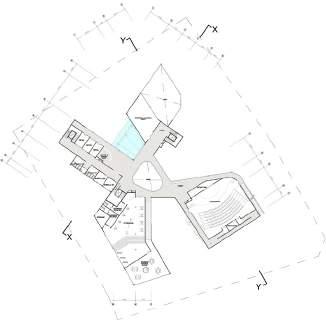



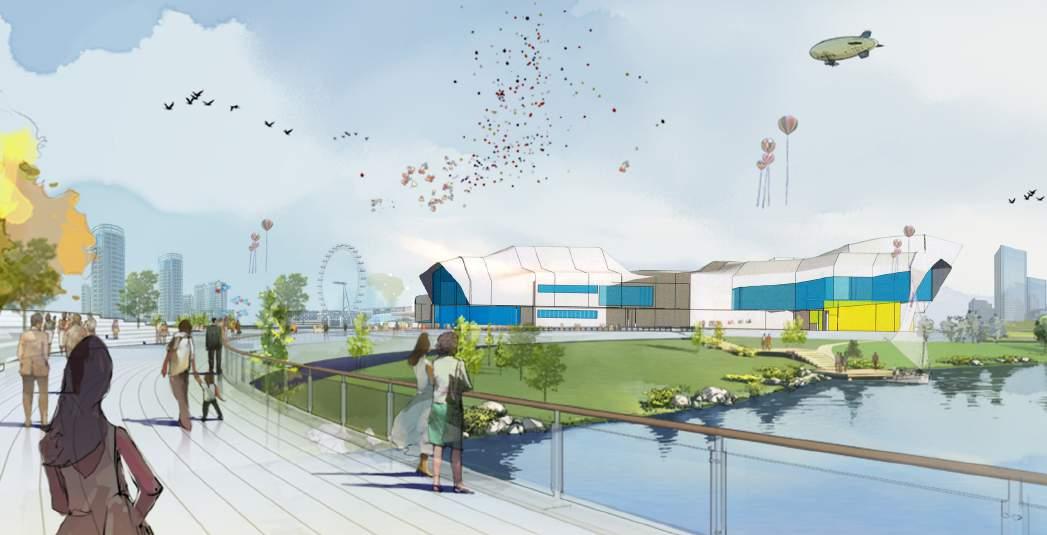
Co-Housing
Bsc Architecture Hons (Part I) (Y4)
The primary focus of this housing study and design project revolves around the development of a small-scale, sustainable co-housing community tailored specifically for a select group within the retirement demographic. This community is envisioned as a harmonious living space intended for friends or acquaintances who share not only a familiarity with one another but also a mutual bond, desire, and aspiration to reside together in a retirement setting crafted to accommodate their collective interests, needs, and lifestyle preferences. At its core, the concept aims to manifest a utopian vision wherein humans and nature coexist harmoniously within a selfsustaining community framework. The design endeavors to foster a sense of camaraderie among community members, emphasizing collaborative living practices while nature serves as a pivotal mediator, facilitating positive interactions within the daily lives of the senior residents.
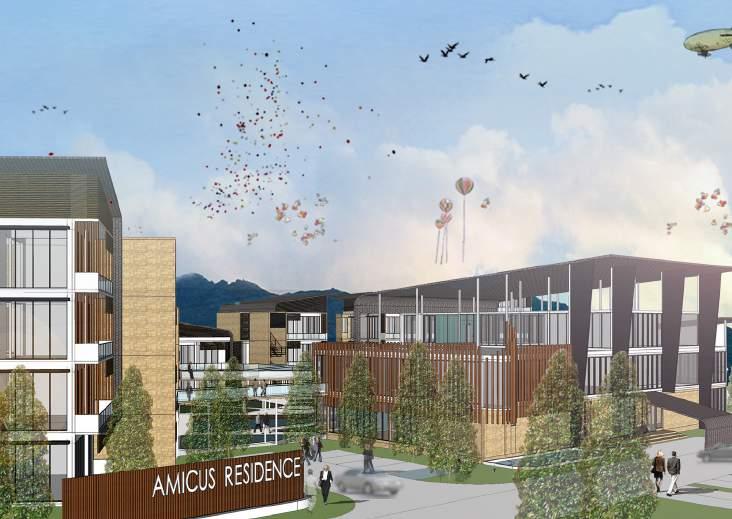

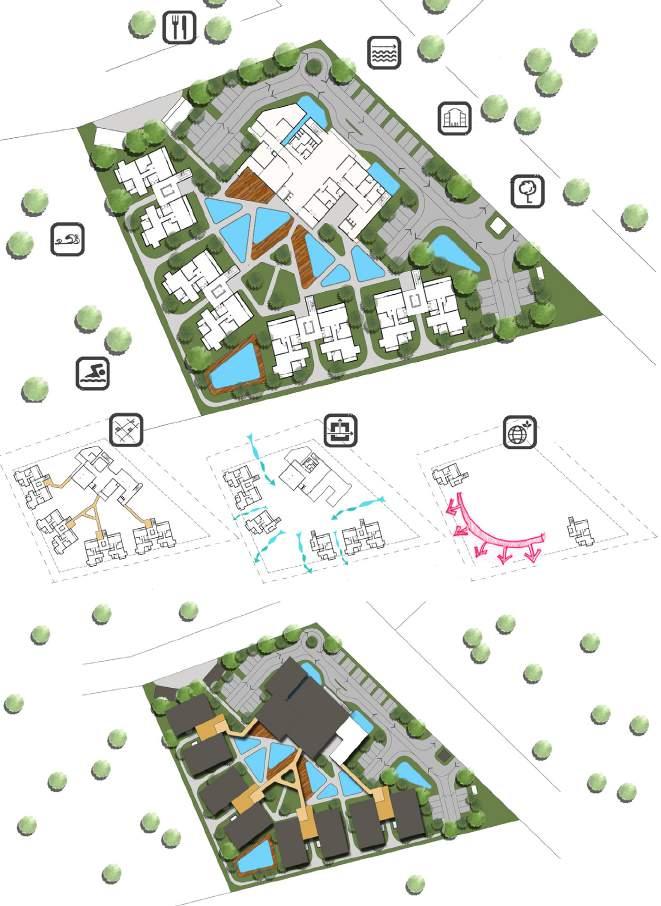
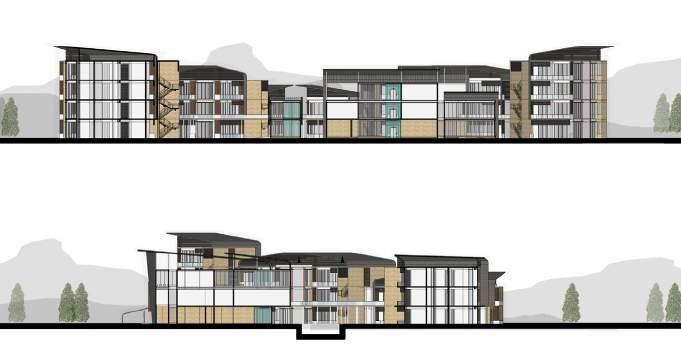
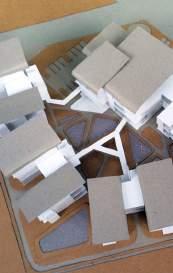
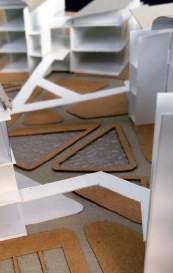
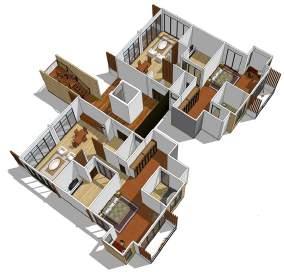
100m cube
Bsc Architecture Hons (Part I) (Model-making) (Y1)
Throughout this project, I acquired the skills to craft fundamental functionalities within confined spaces, aimed at enhancing user experiences. Employing a set of 100 cubic shapes, I strategically clustered them by leveraging the principles of repetition and collage. Building upon the foundation of organic architecture, I meticulously selected shapes guided by its core principles: HORIZONTALITY, SITE, SYMBOL, MATERIAL, and UNIQUE characteristics.
The Deer
Bsc Architecture Hons (Part I) (Model-making) (Y1)
This solo project aims to further explore concepts of innovation and creativity. It involves designing and constructing a compact structure that can be easily disassembled and transported to its destination. The flat-pack structure serves as a tangible representation of the interconnectedness between humanity, technology, and the natural world. It seeks to harness the combined potential of human ingenuity, mechanical research, and understanding of natural elements to envision habitable conditions for the future. Additionally, the project entails selecting and incorporating an element of nature into the design, thereby enhancing its connection to the environment.
works september 2011july 2015 selected
works september 2011july 2015
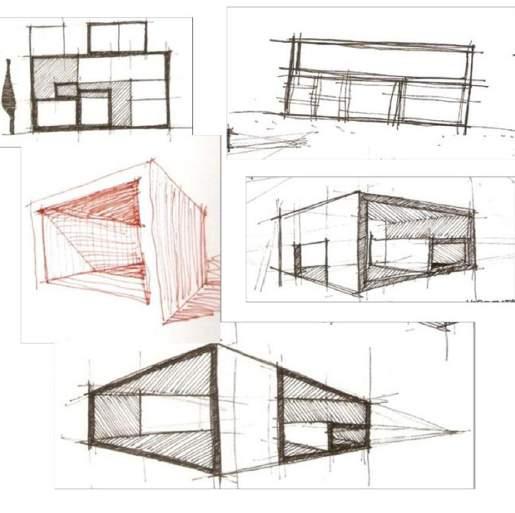
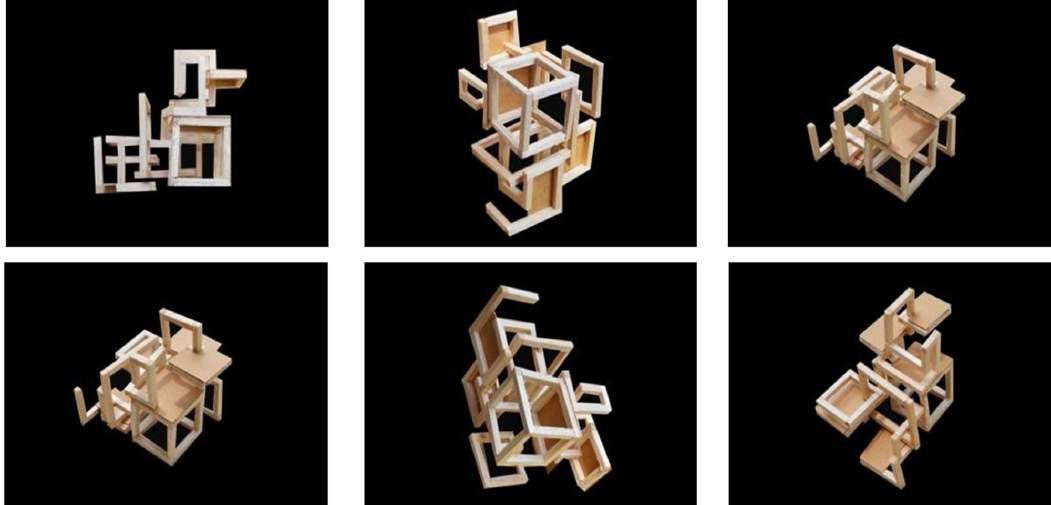





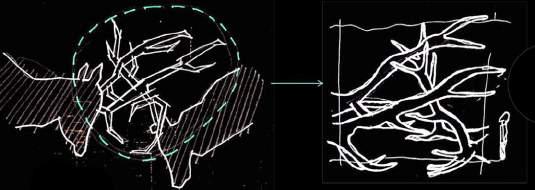
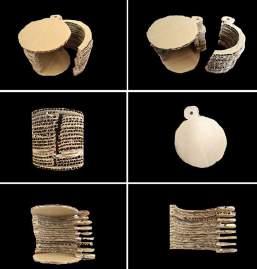
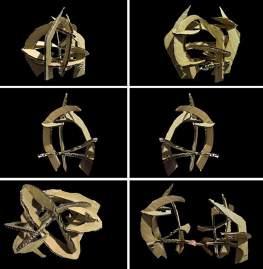
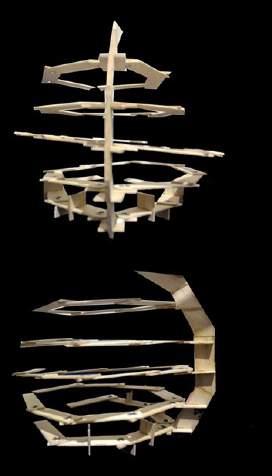
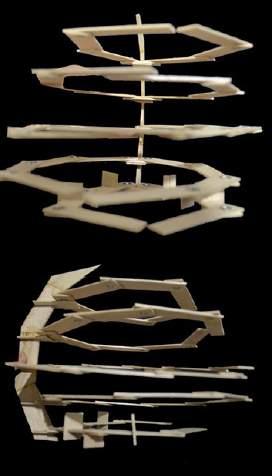


Miscellaneous
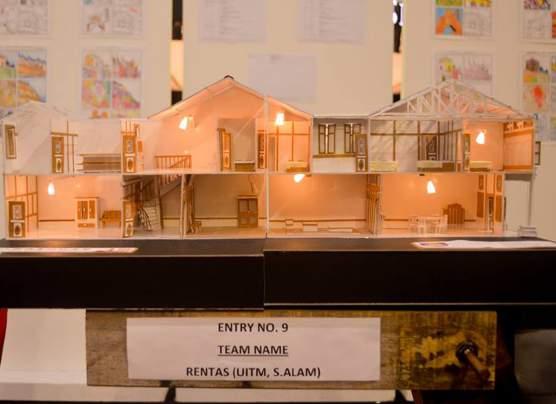
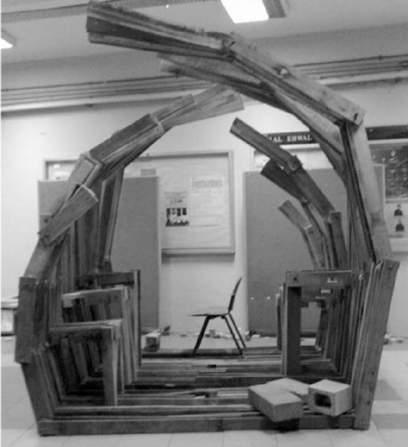
Model Competition, PAM Student Annual Exhibition 2013, First Prize

IID Competition poster, Silver Award
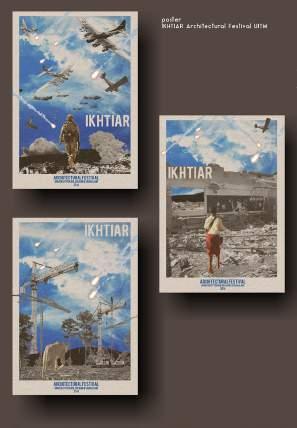
Installation, 25th Architectural Workshop, Dualisma, First Prize
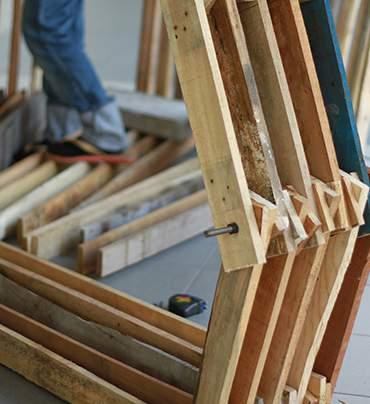

Various site visit for constructions & renovations
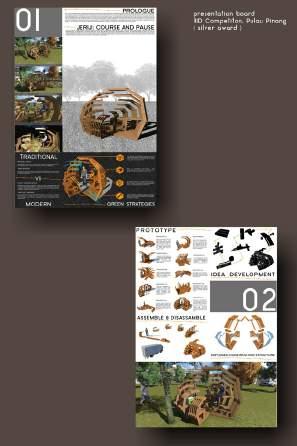

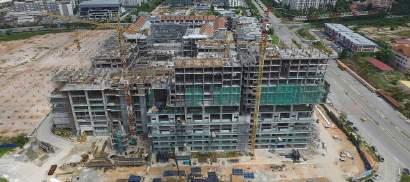
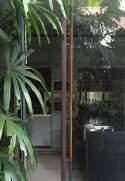
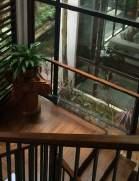
Workshop & Exhibition
Norman Foster Exhibition in Kuala Lumpur / Dualisma , 25th Architectural Workshop / Student exhibition, DEWA Architectural Festivals / UITM Student exhibition, Invention Innovation Design / Student exhibition, PAM Student Annual Exhibition, PJ / Installation Exibition, 25th Architectural Workshop / Tiangseri , 26th Architectural Workshop / Arcasia Student Jamboree 2014 by PAM, IIUM / Student exhibition, IKHTIAR Architectural Festivals / UITM Internal and external review (sem 01 – 08) / Kuala Lumpur Architectural Festival KLAF 2017
Student exhibition : IKHTIAR Architectural Festivals, DEWA Architectural Festivals
